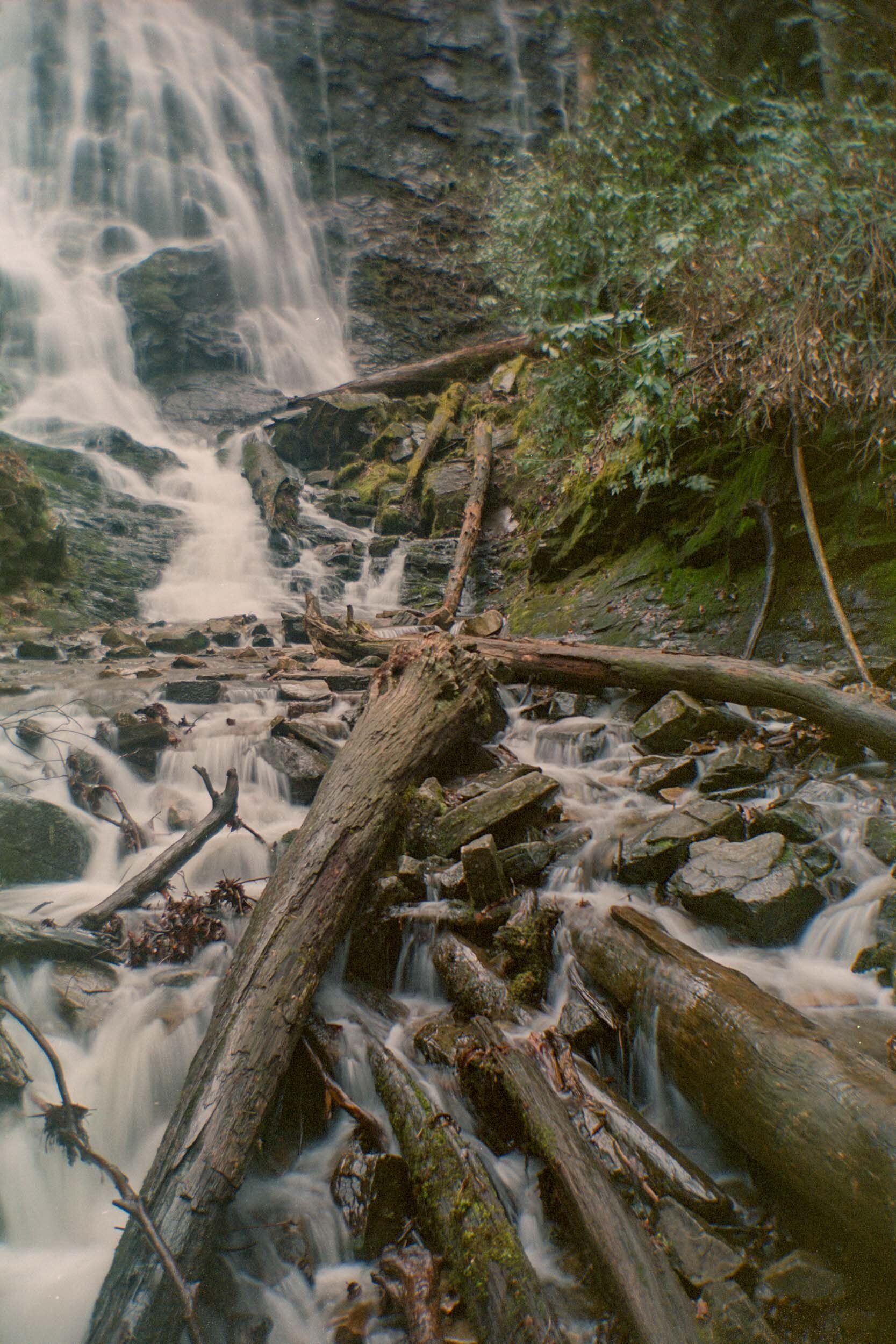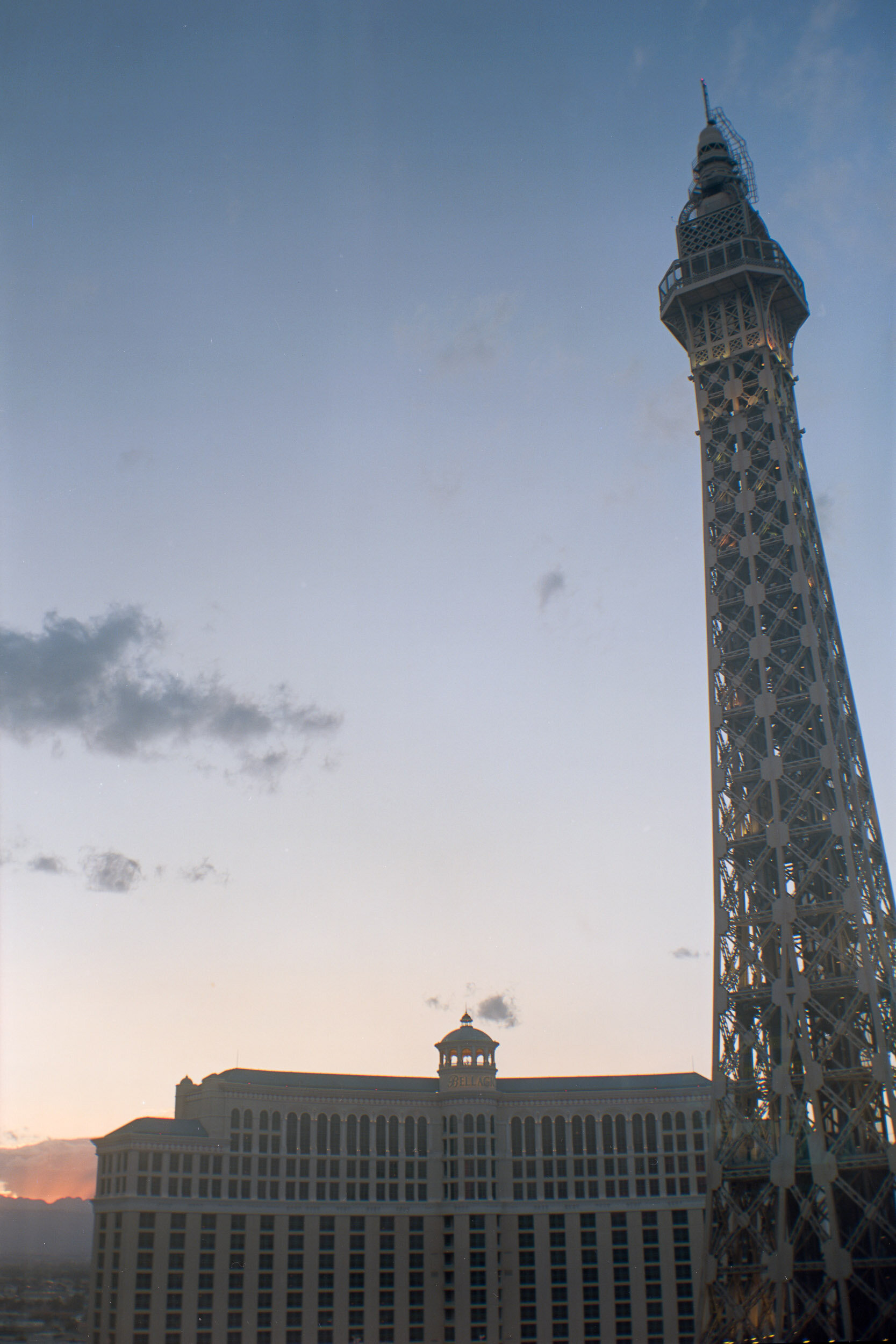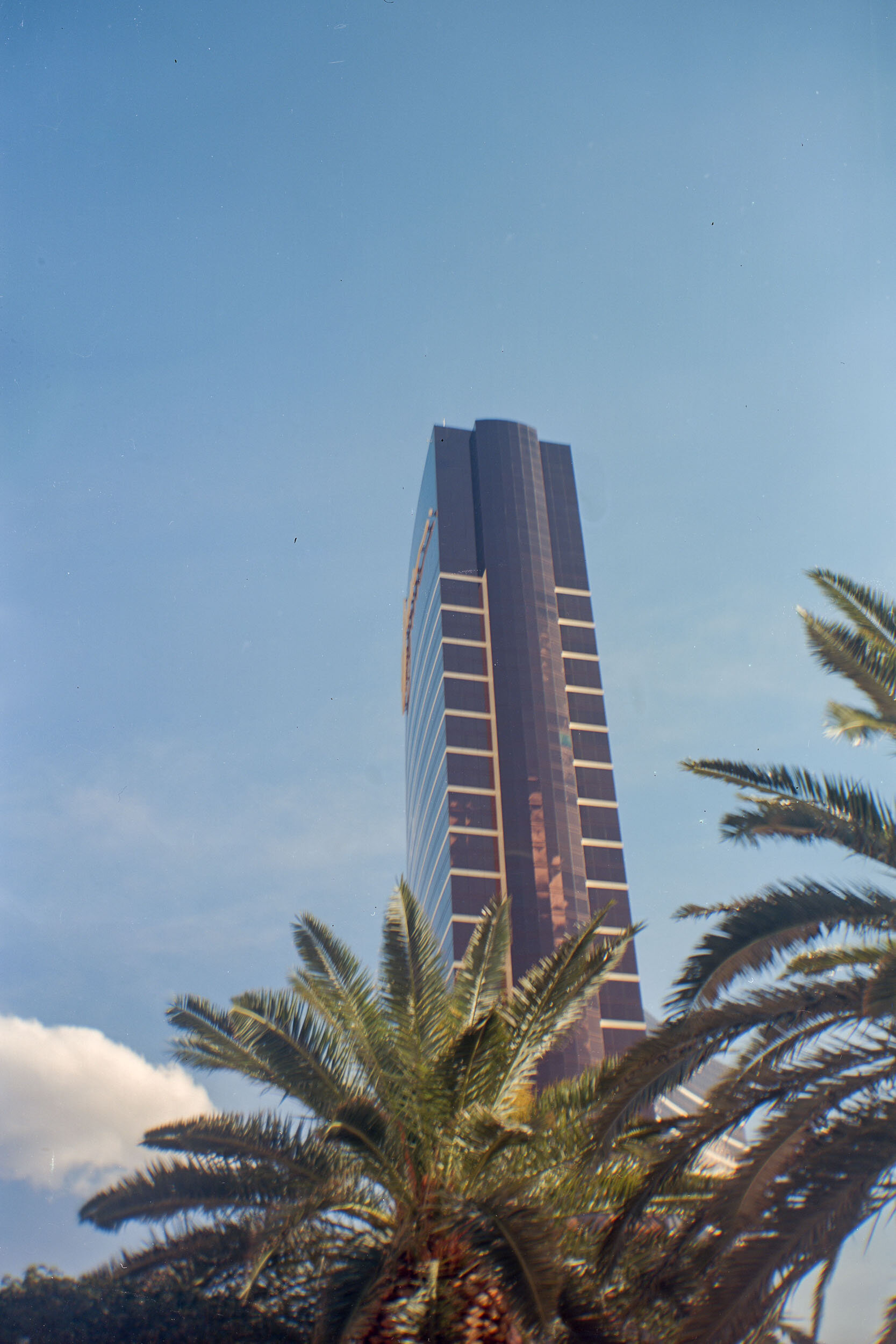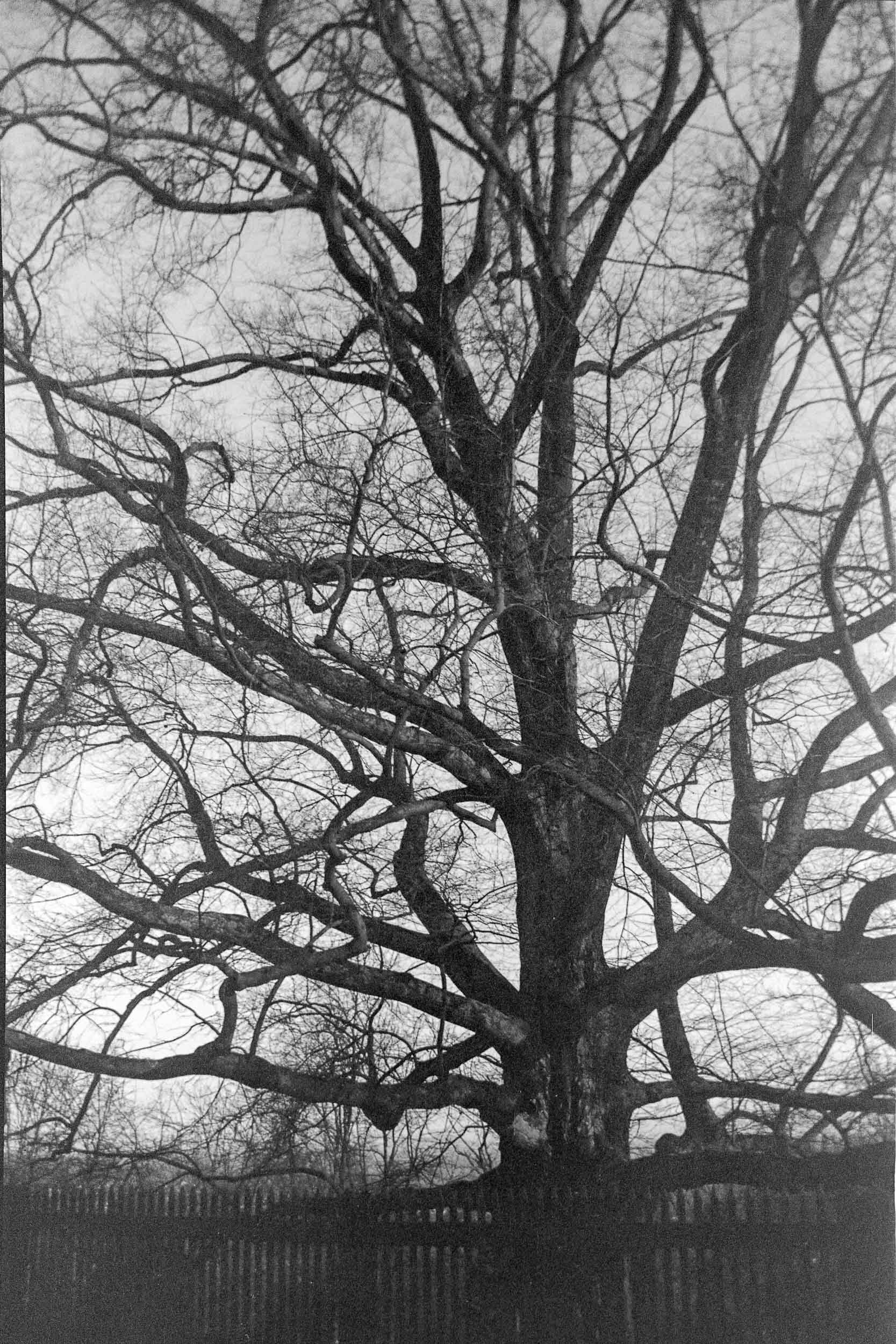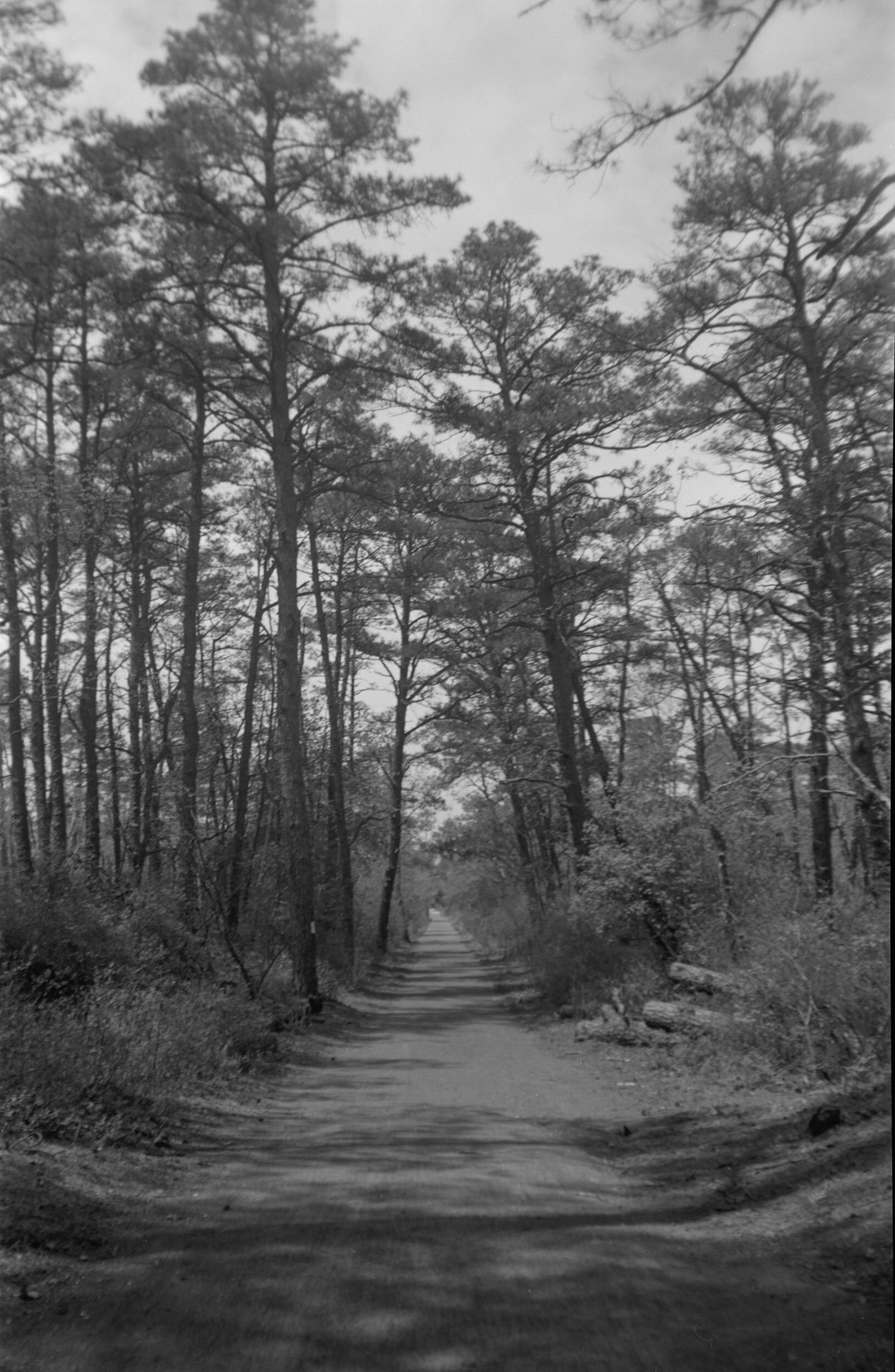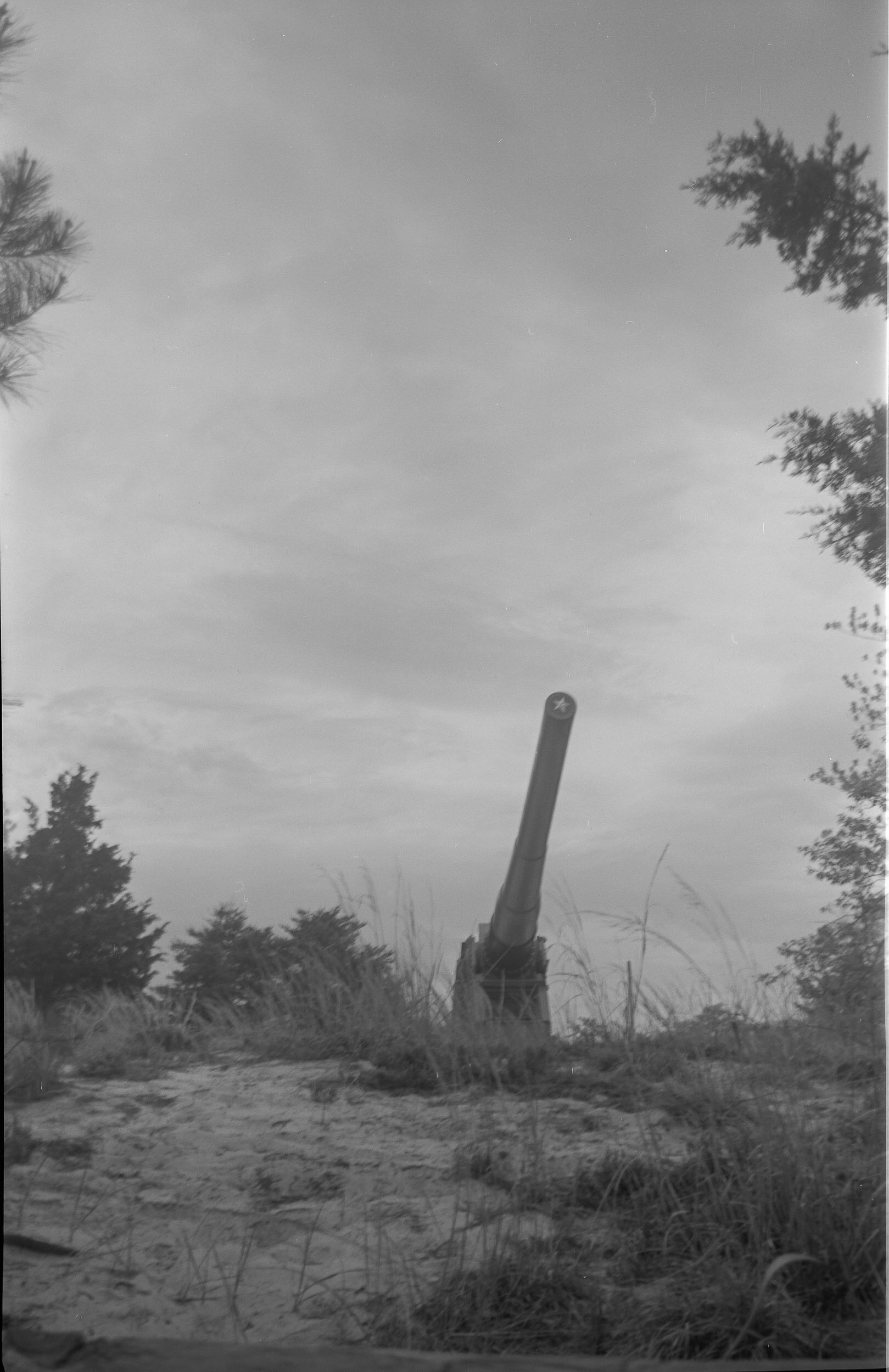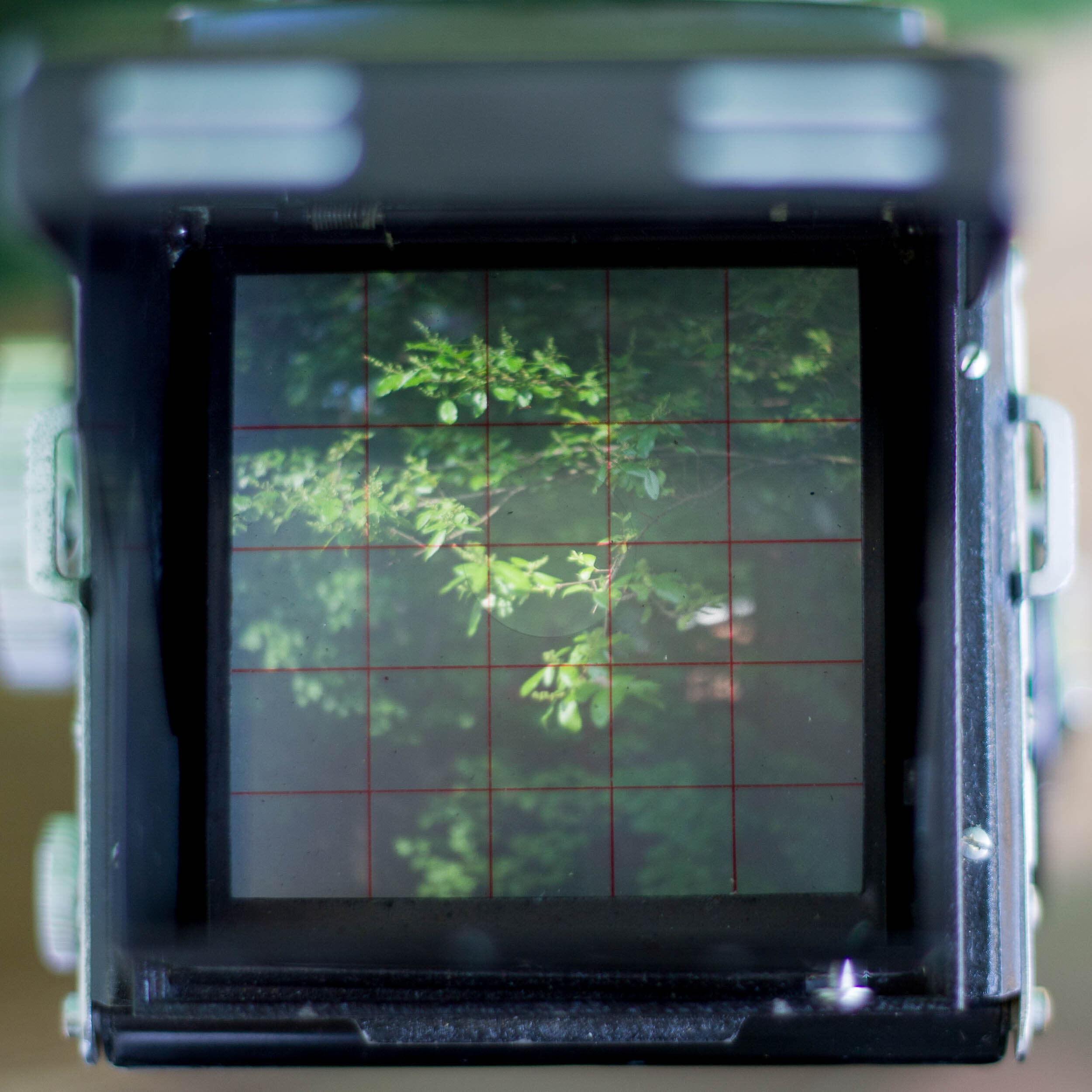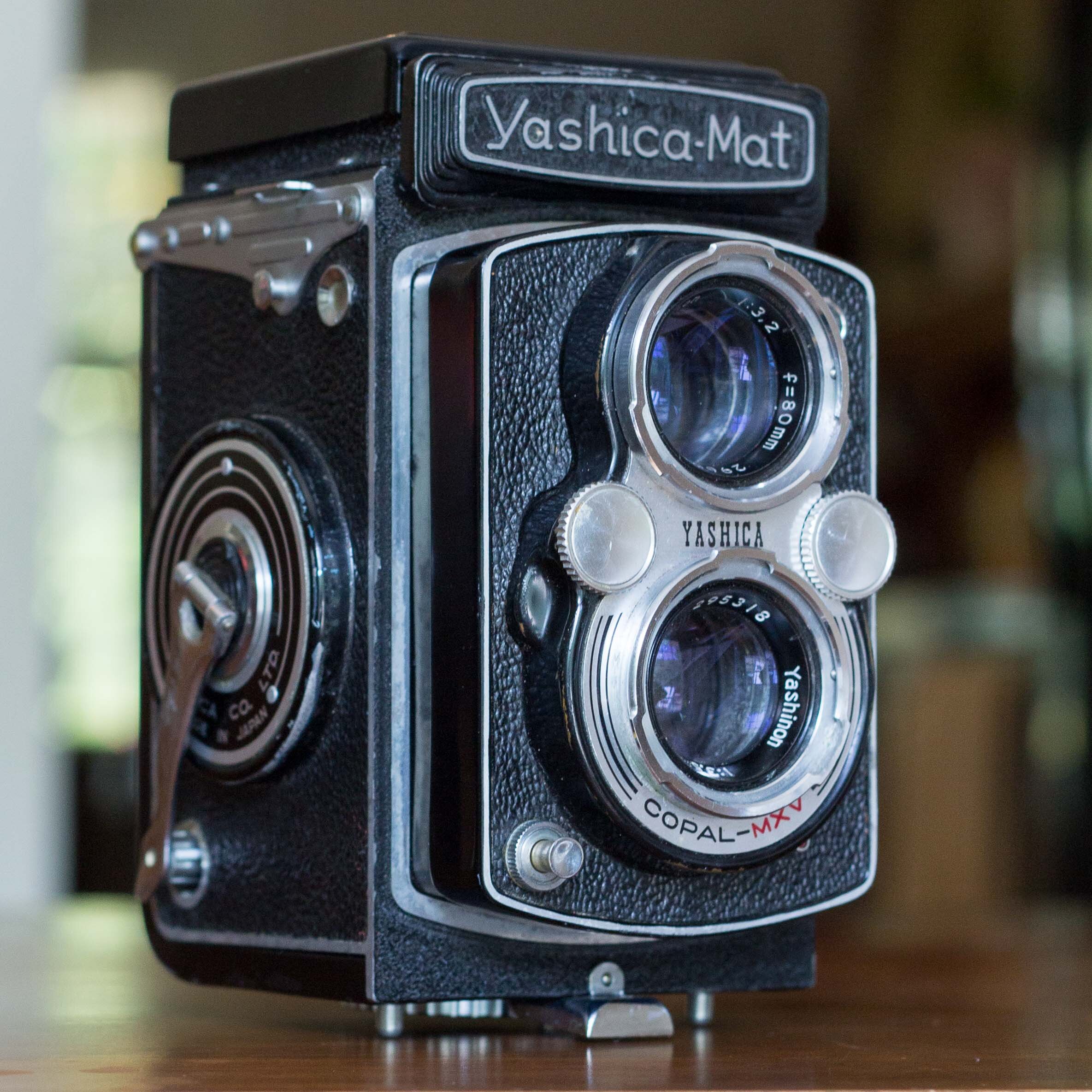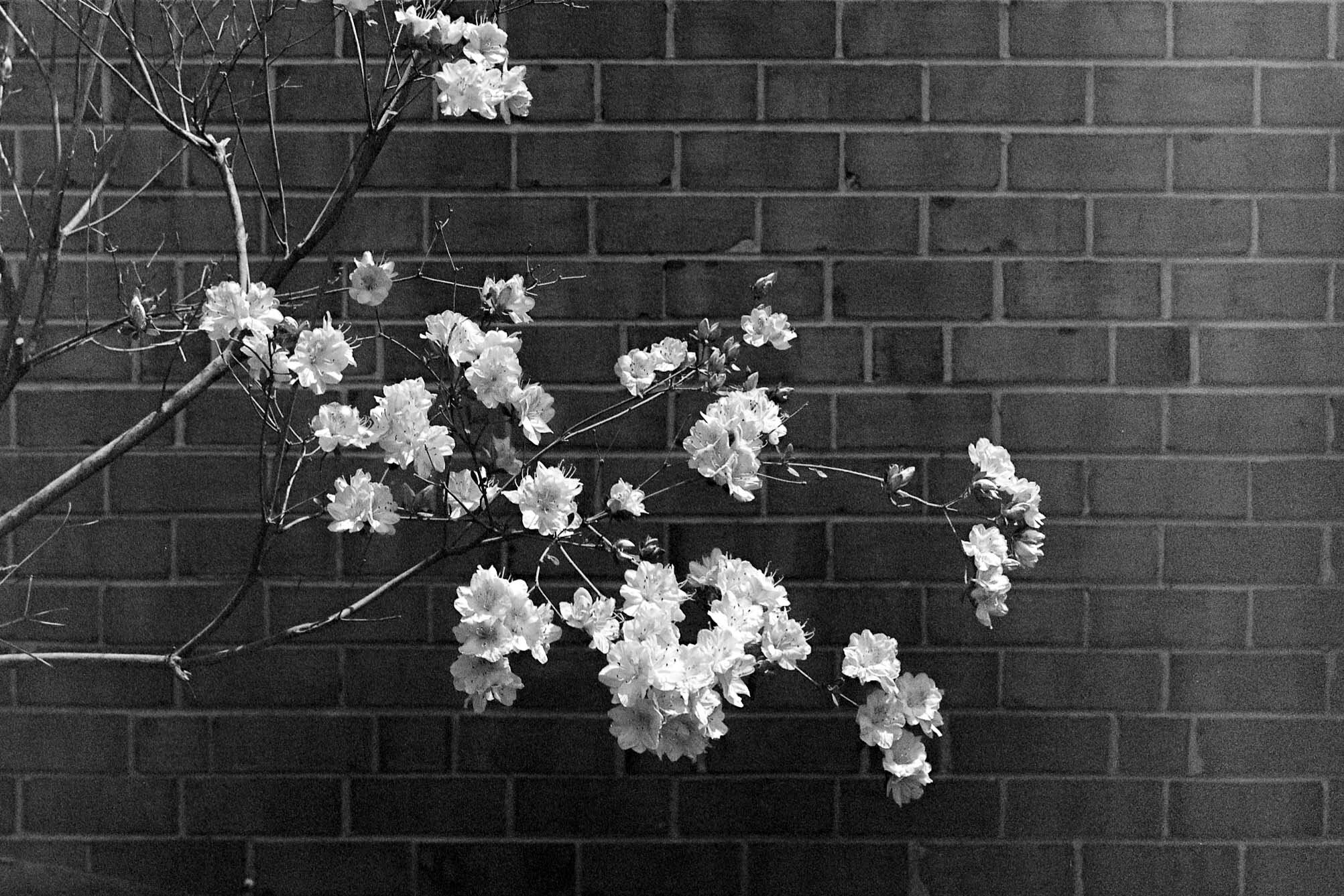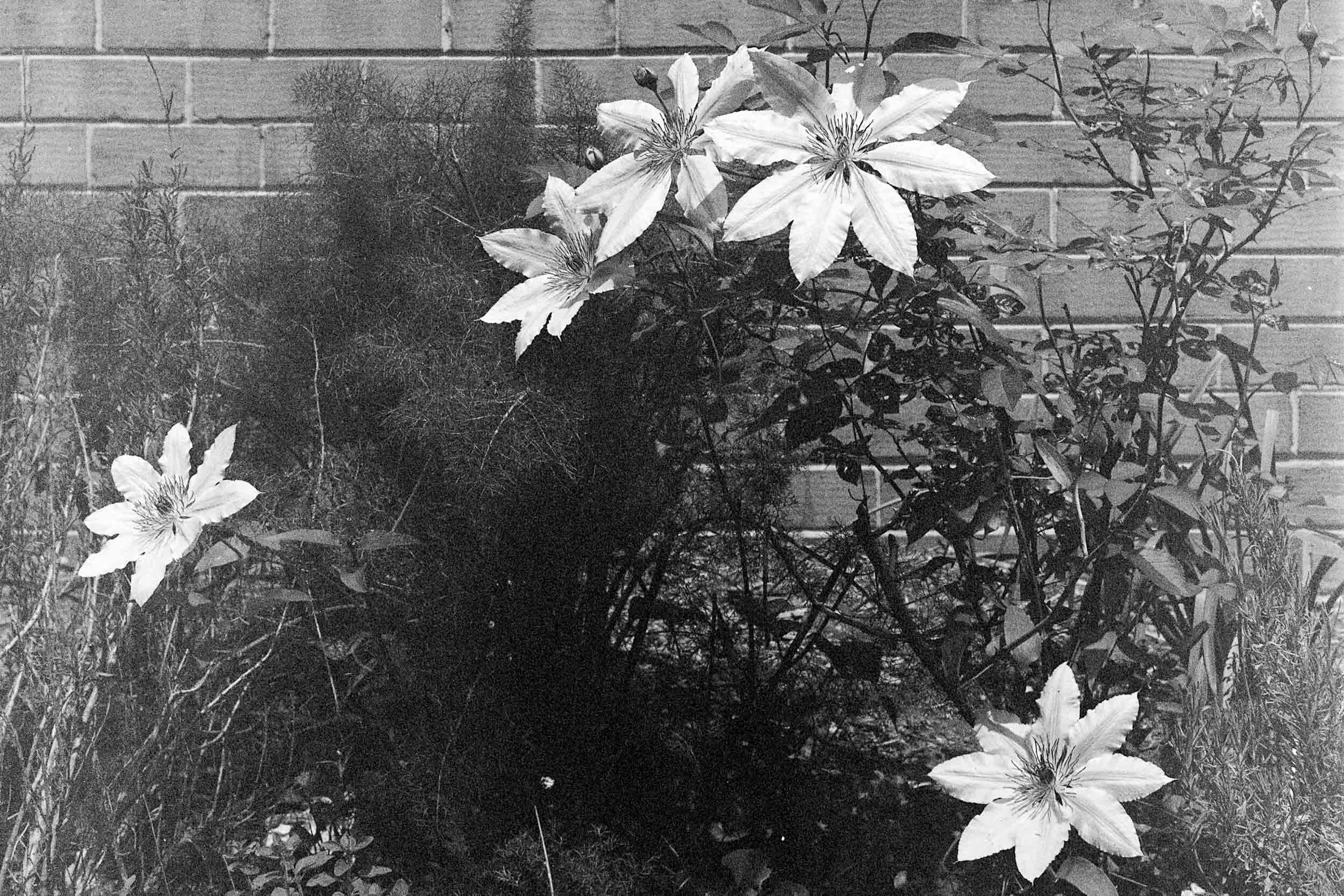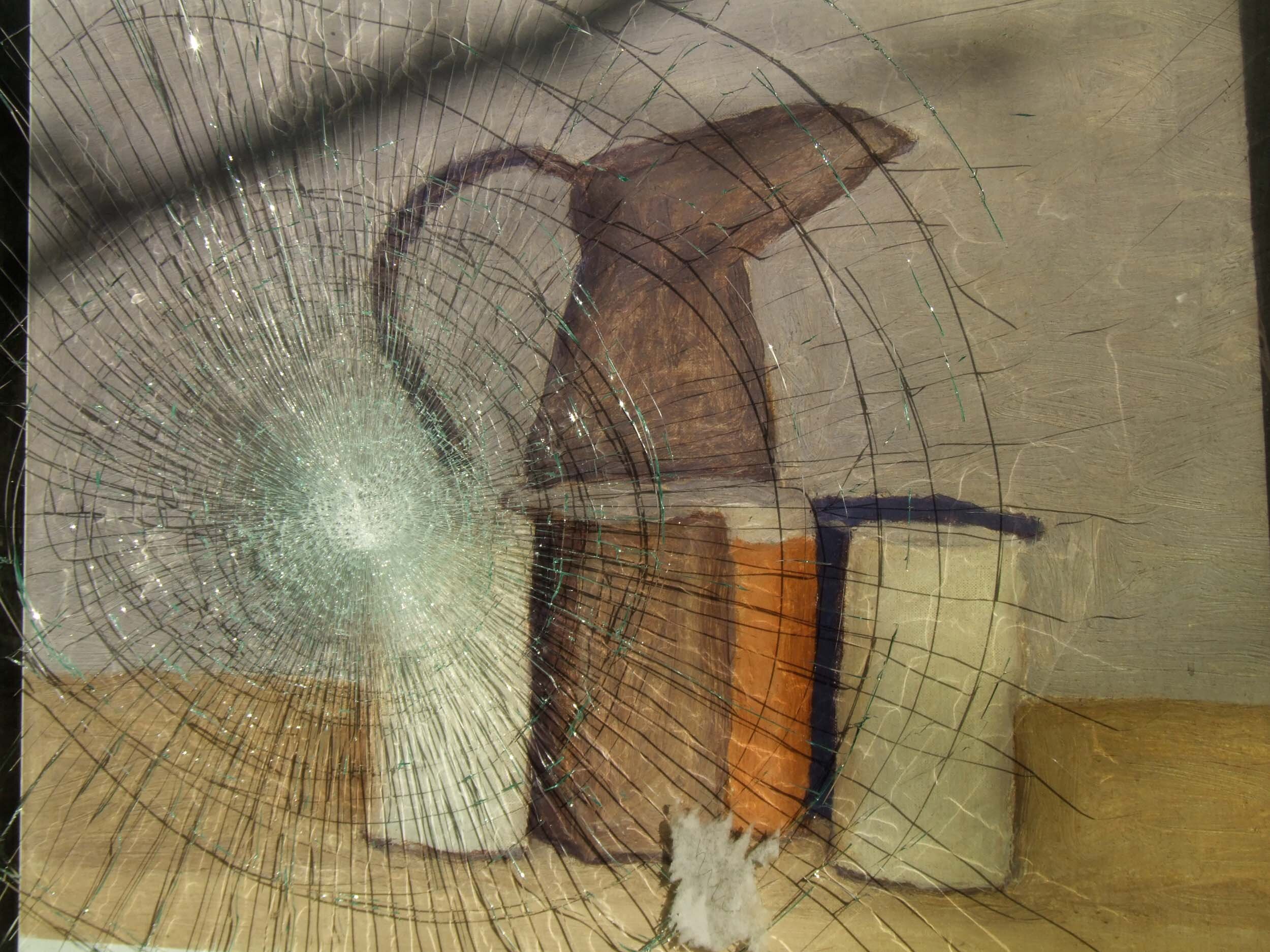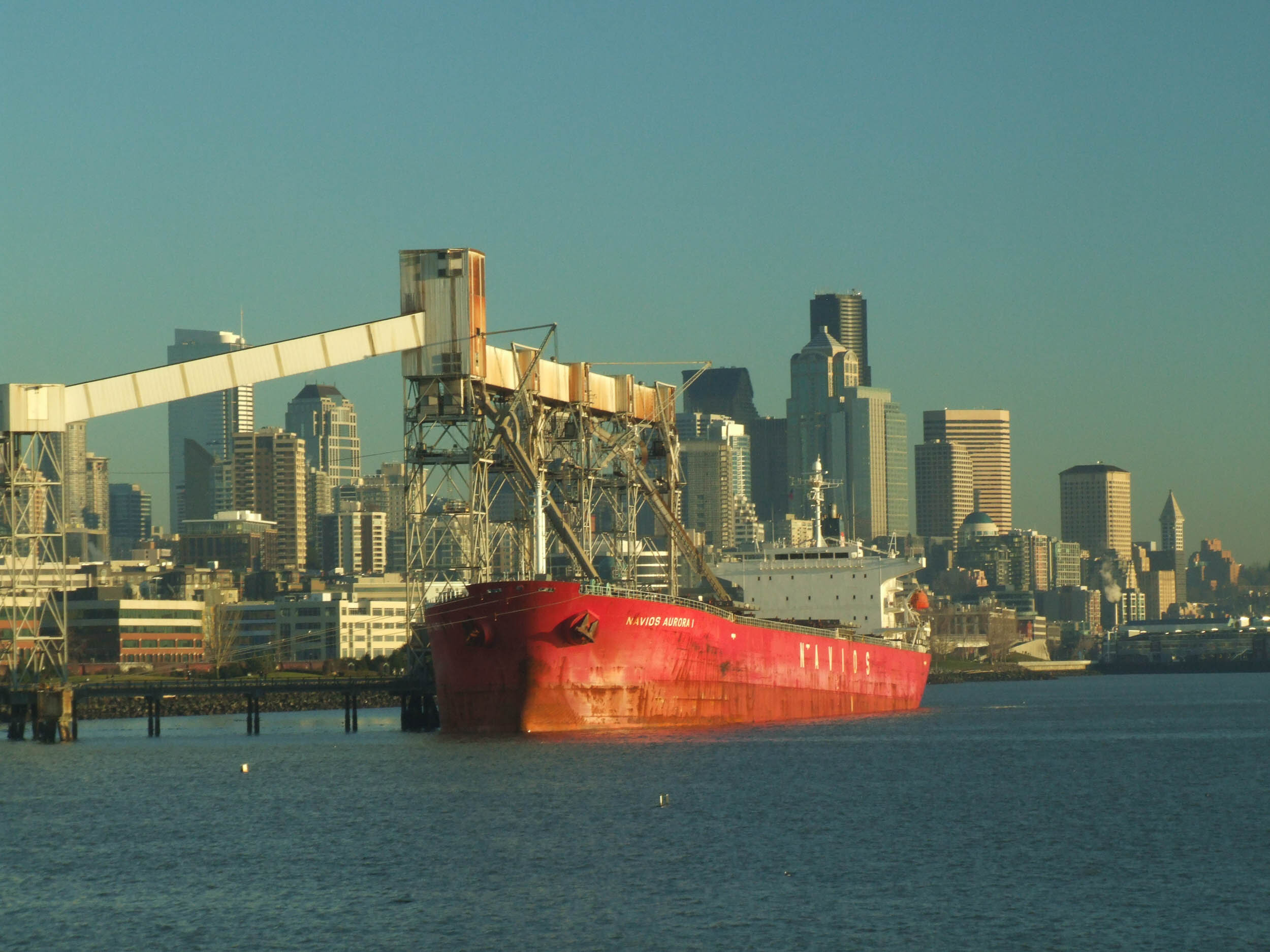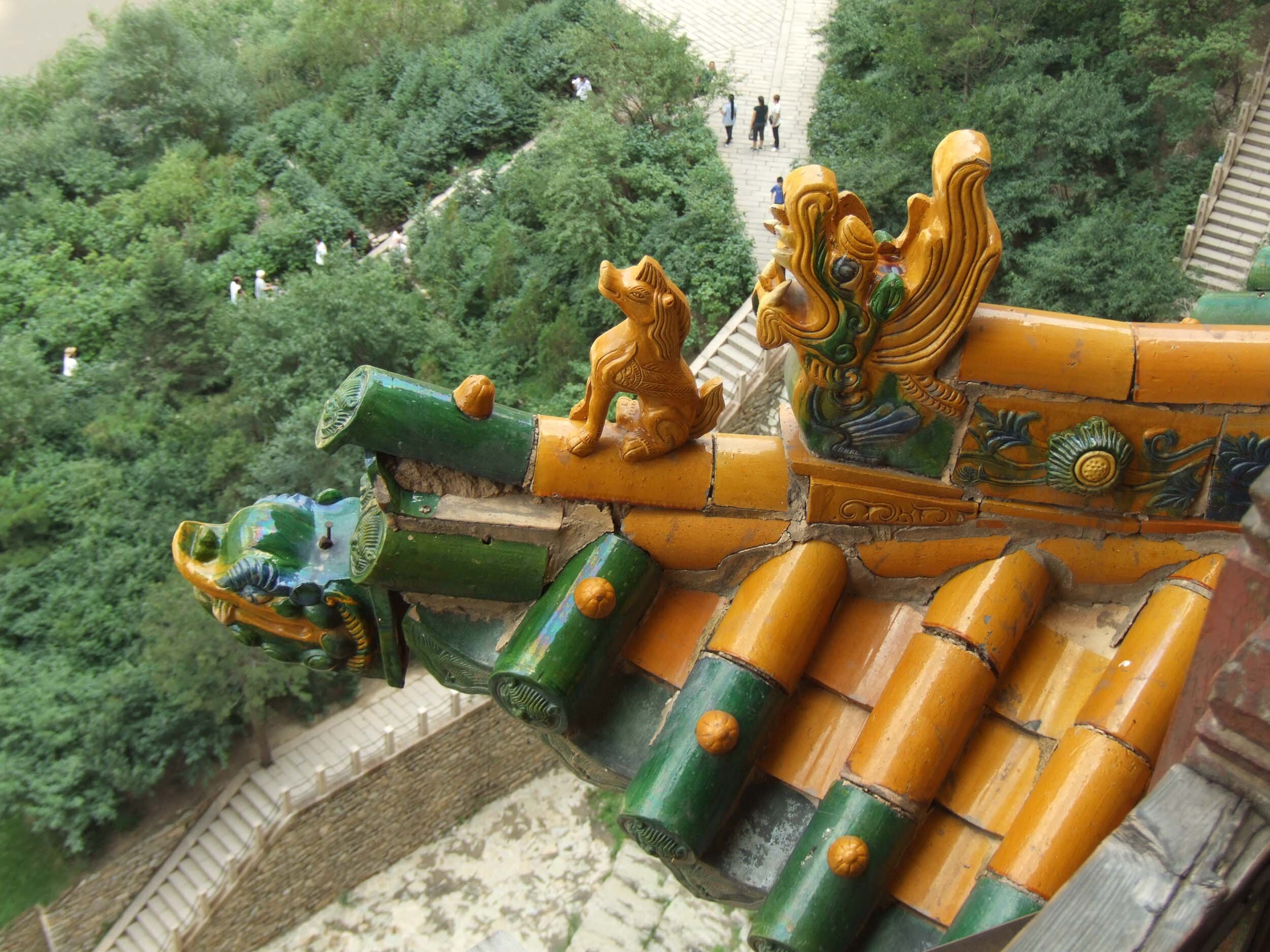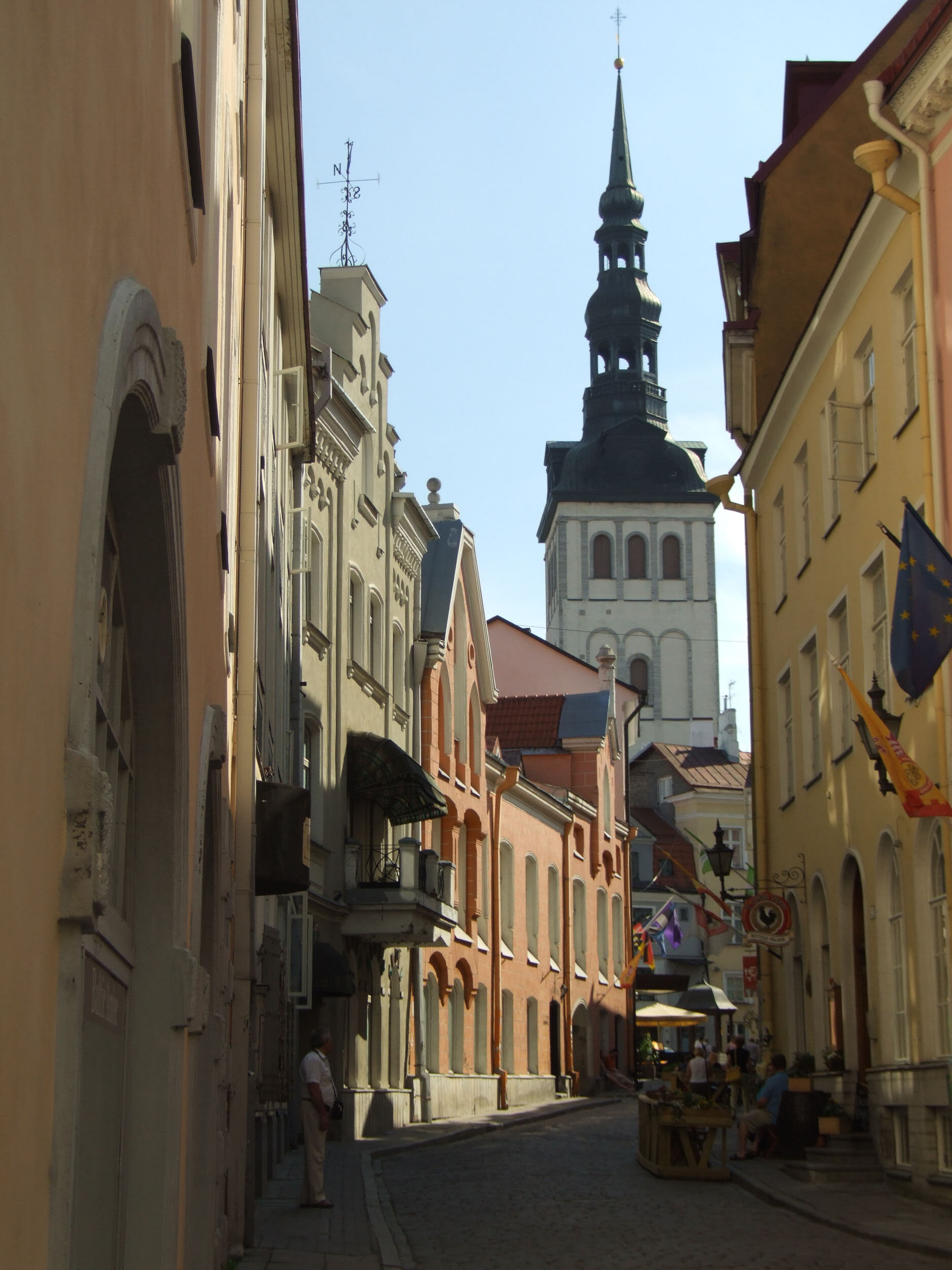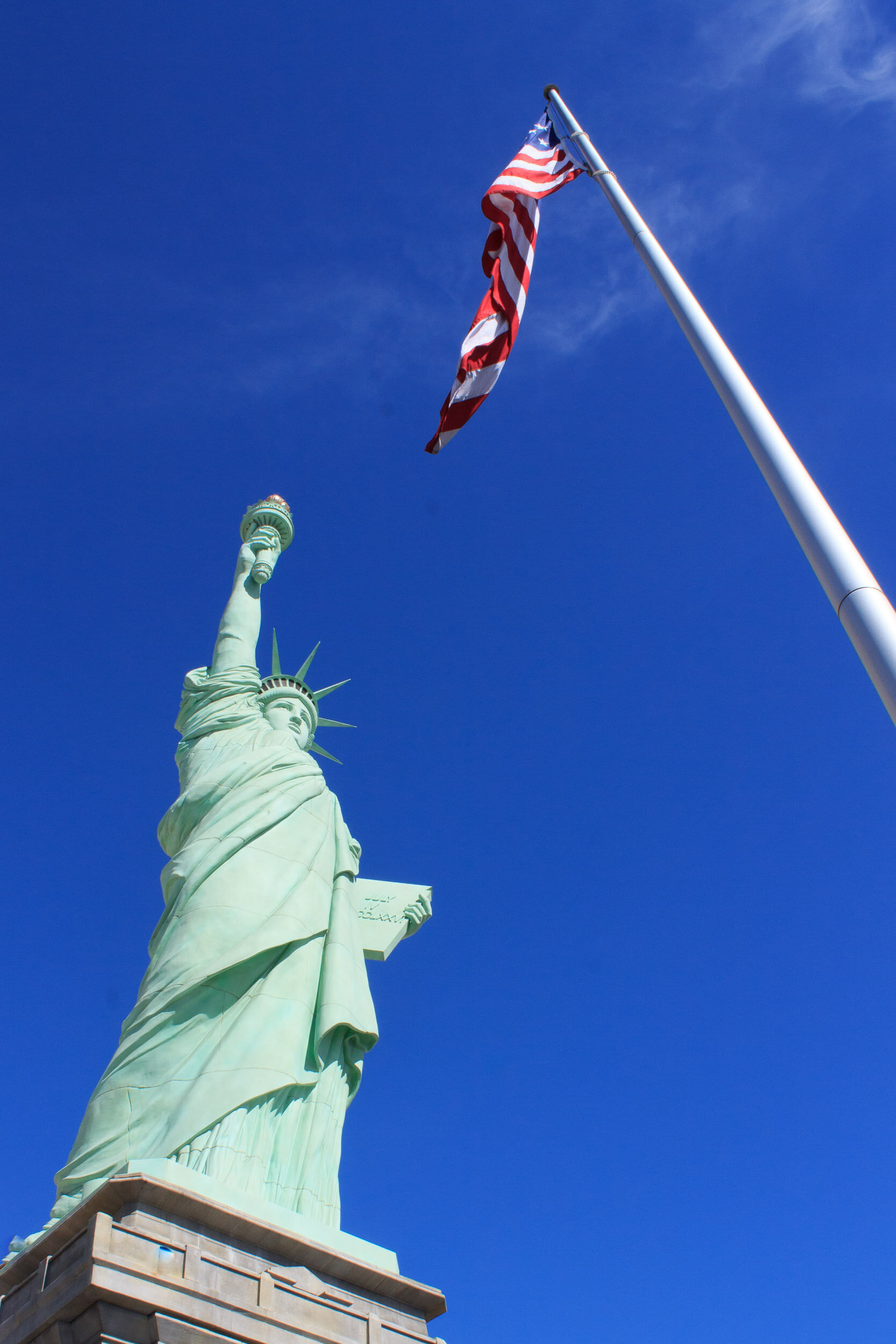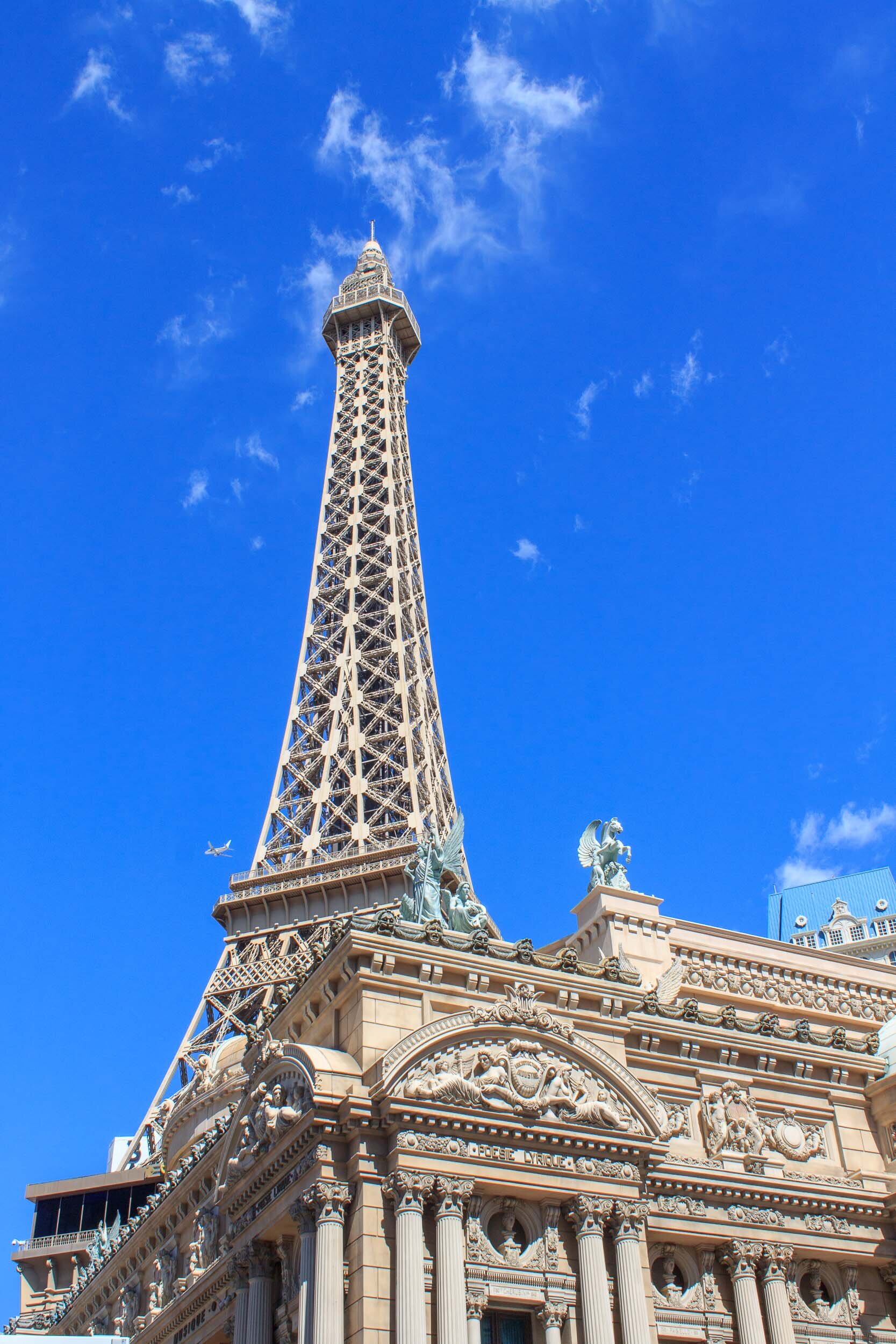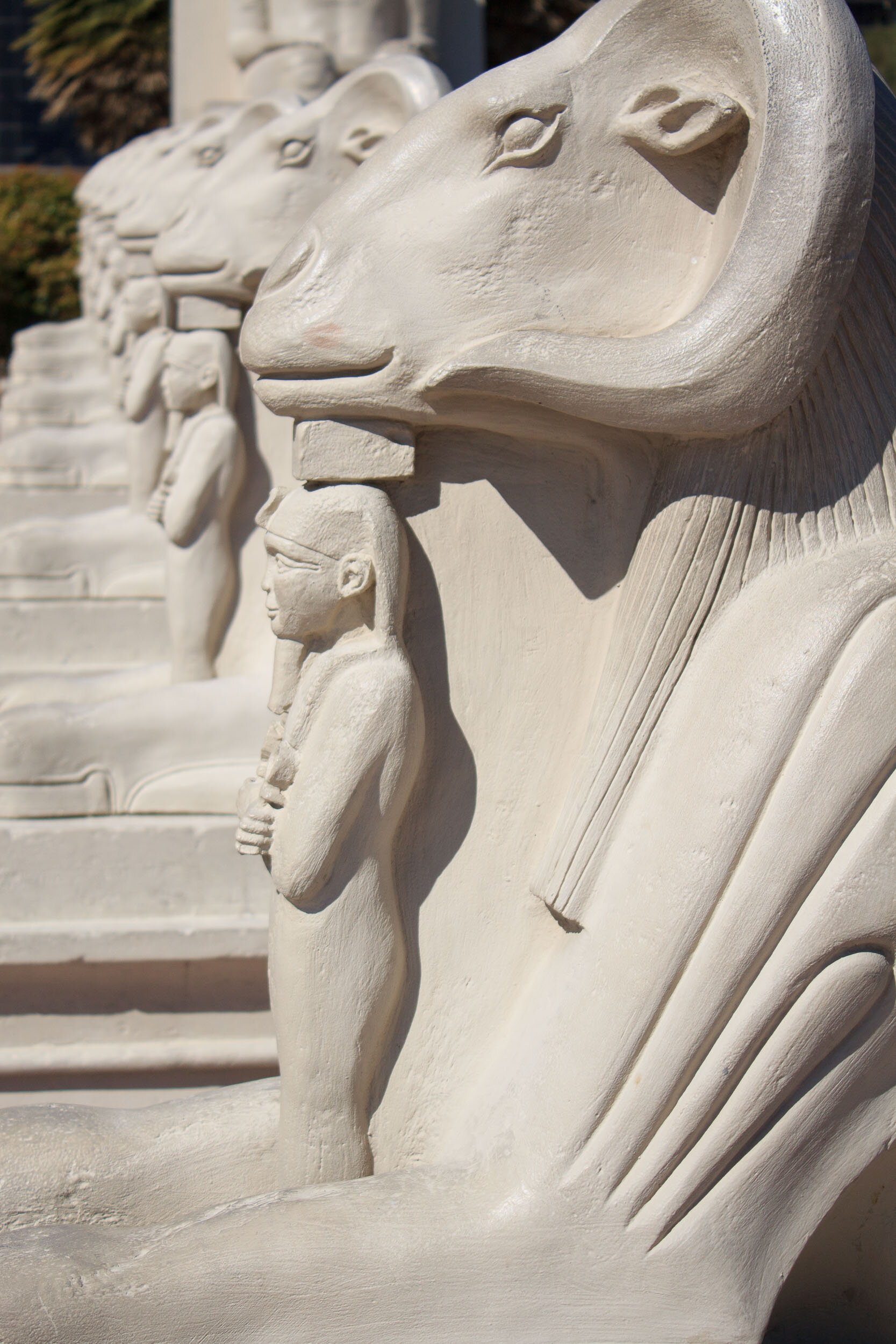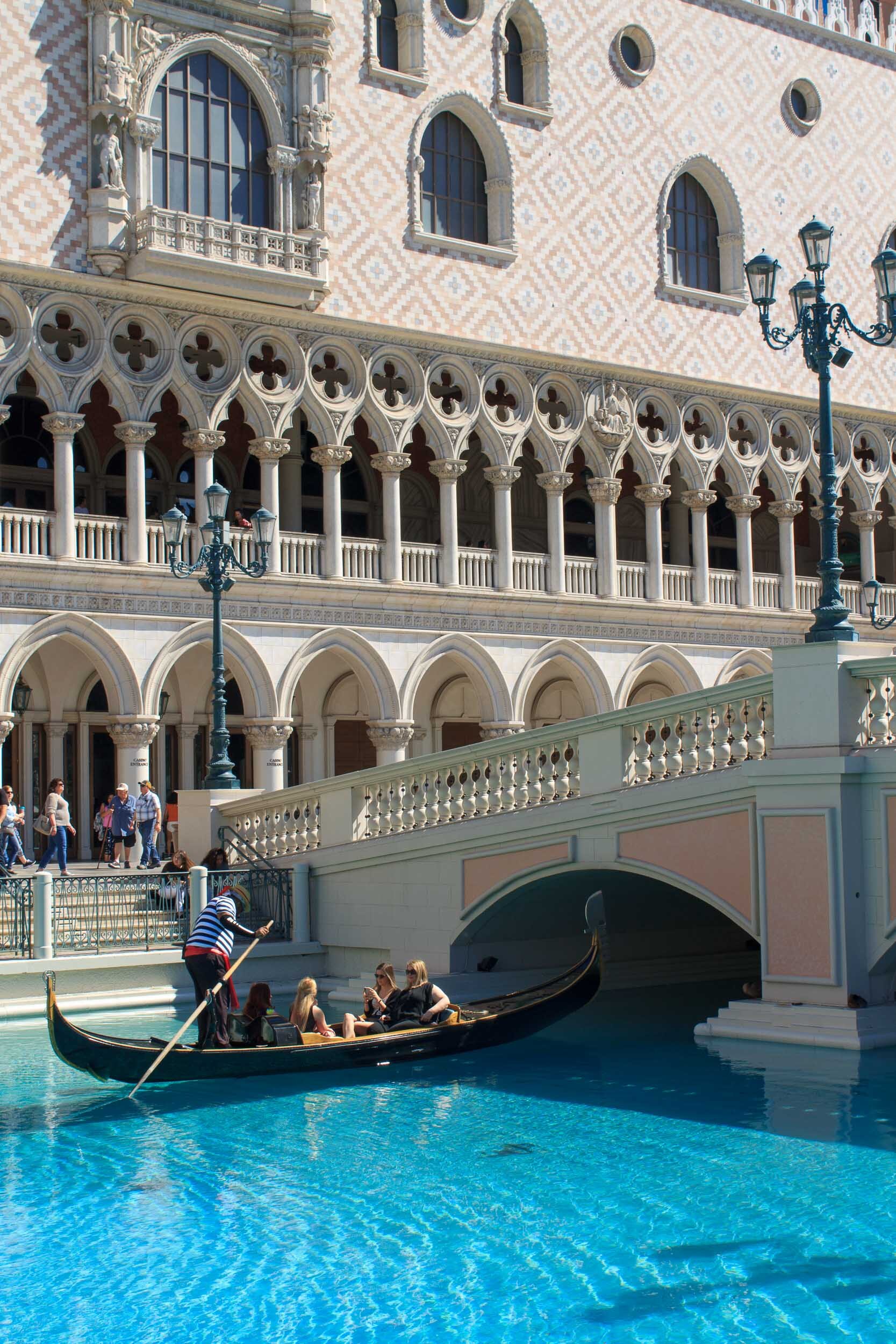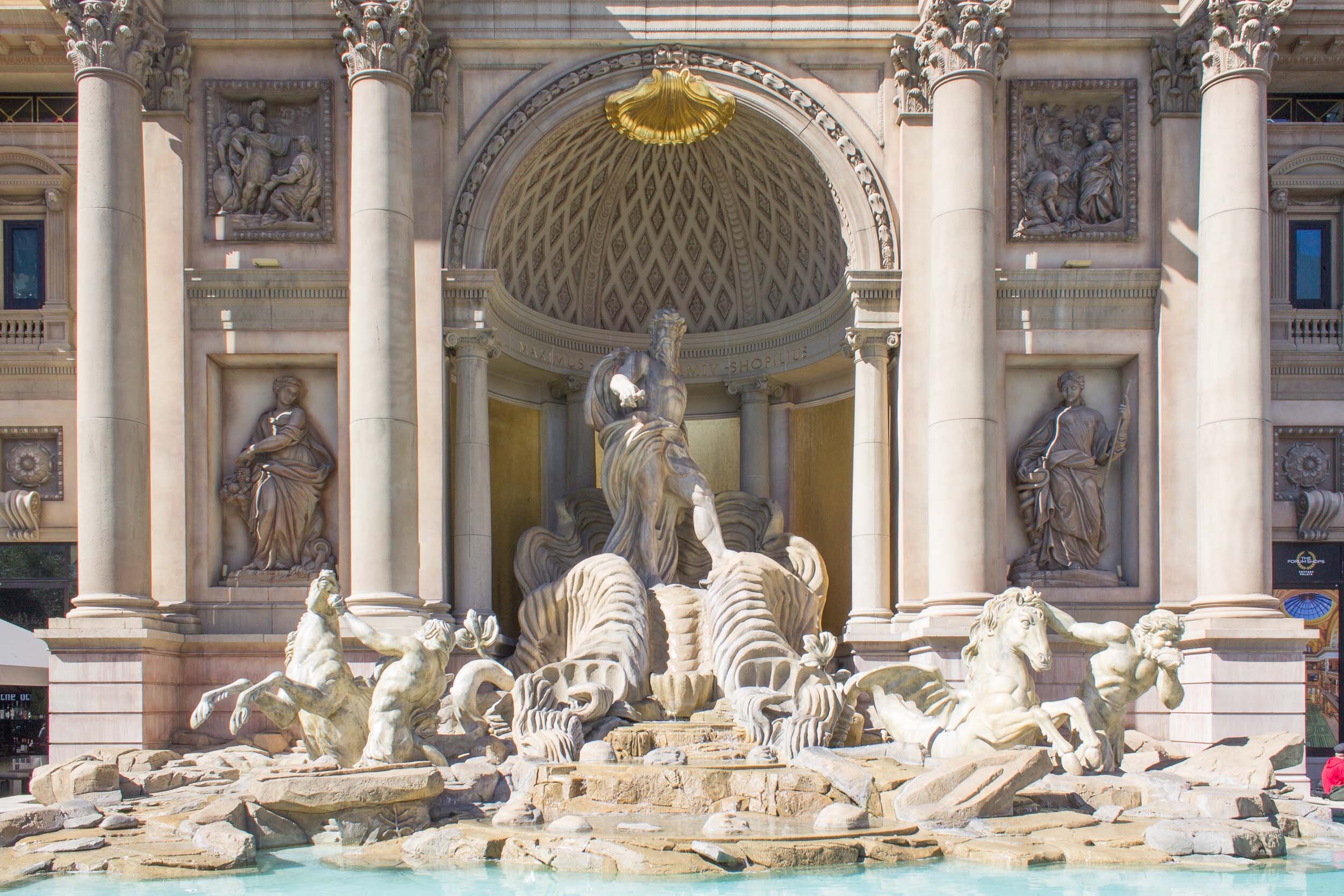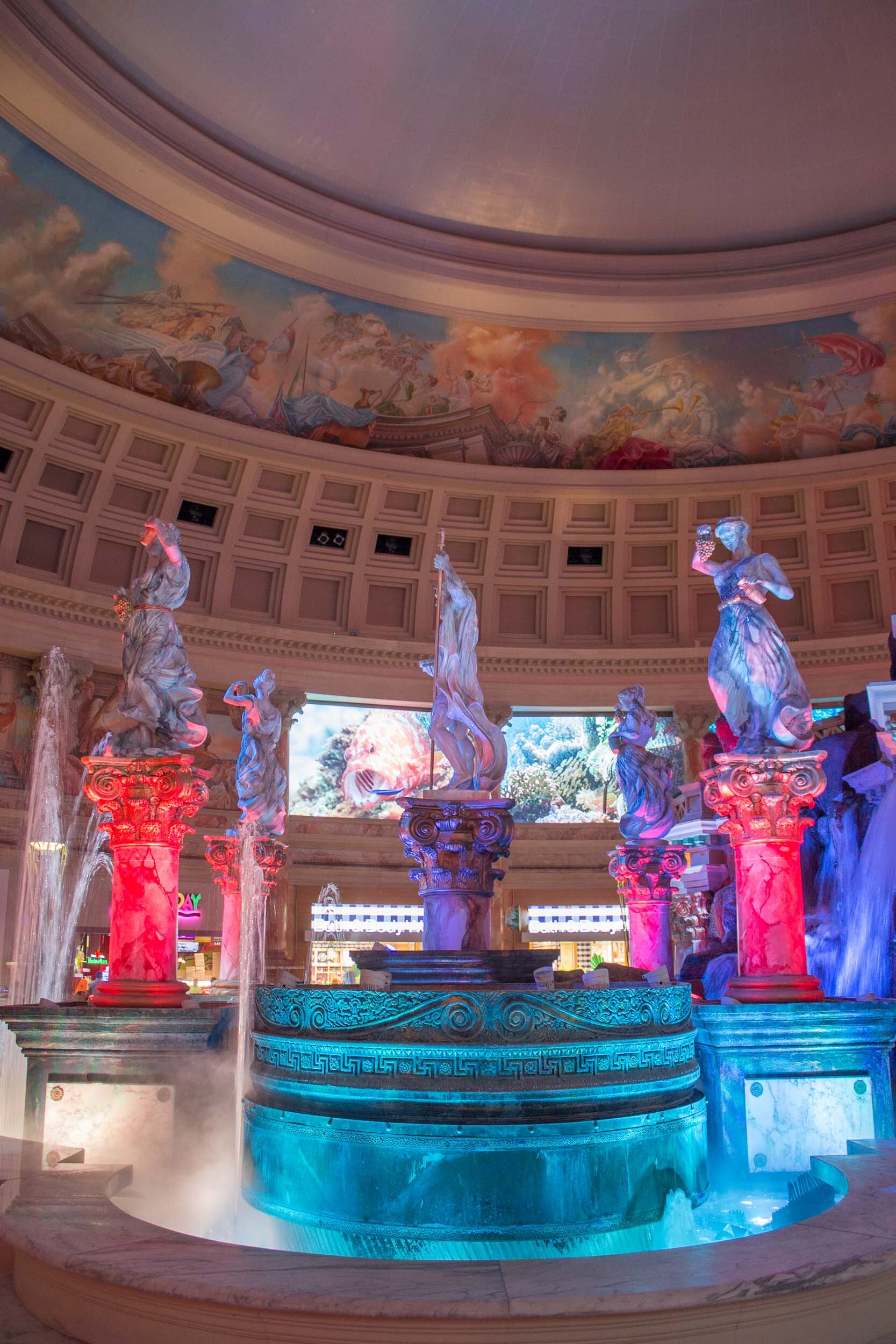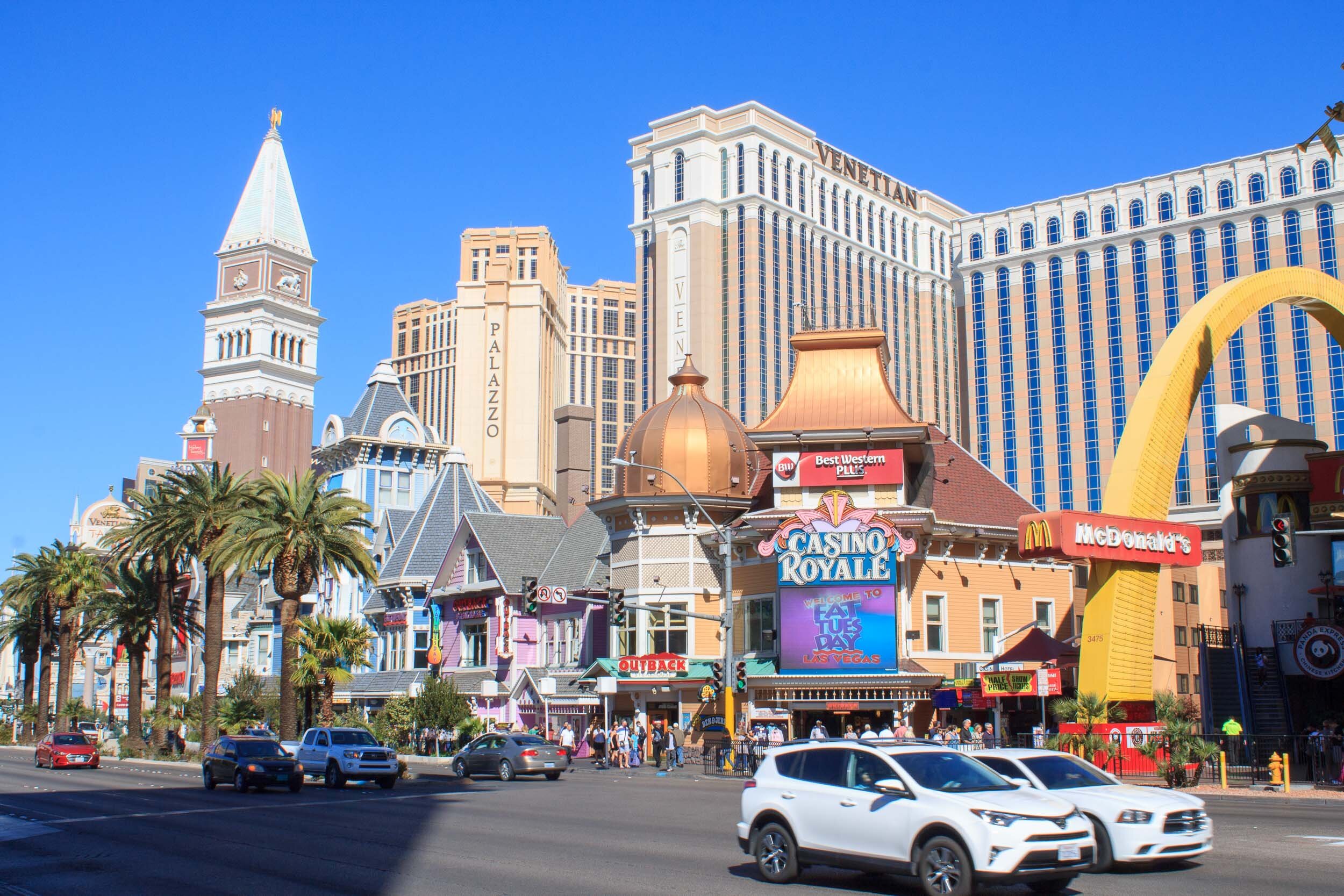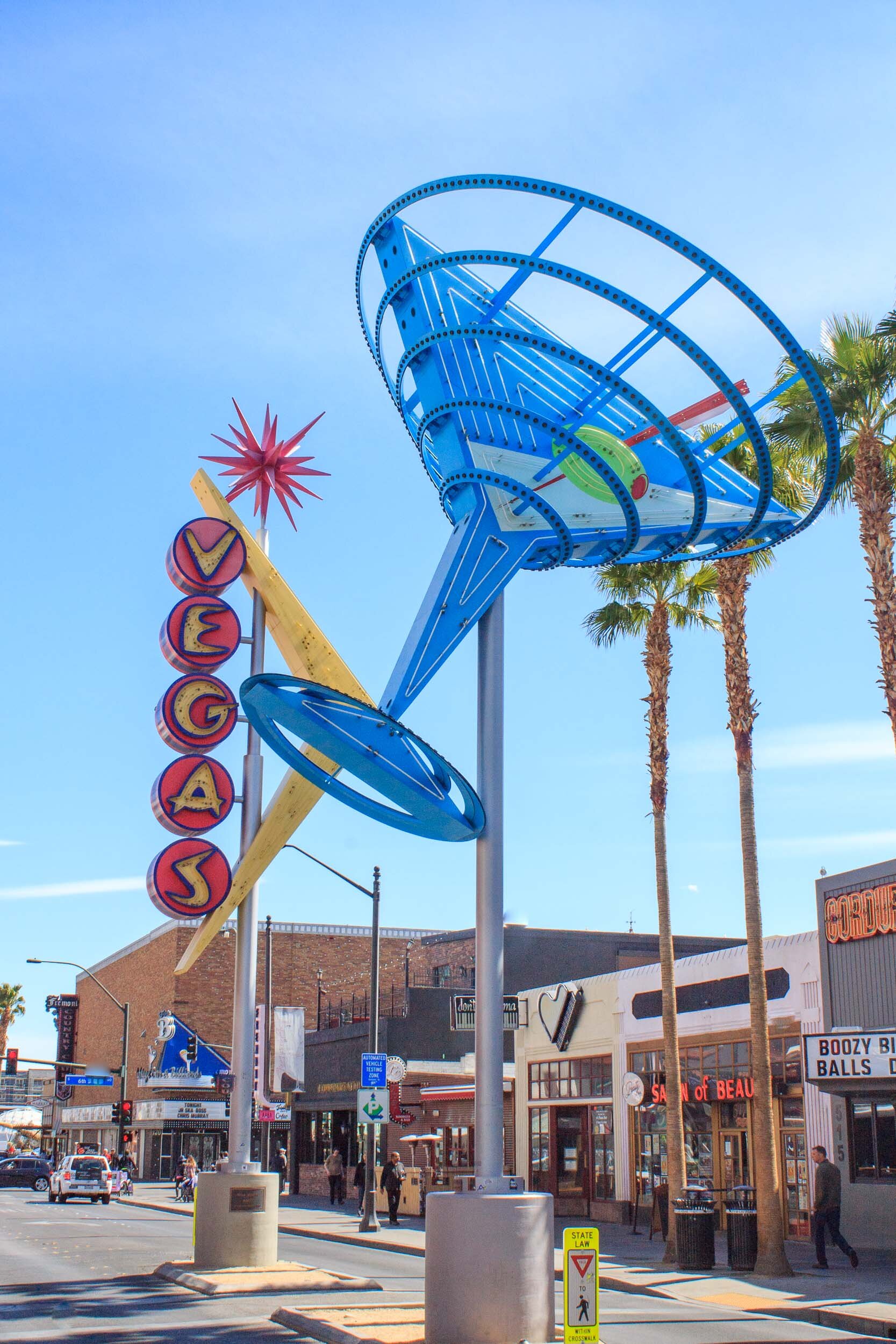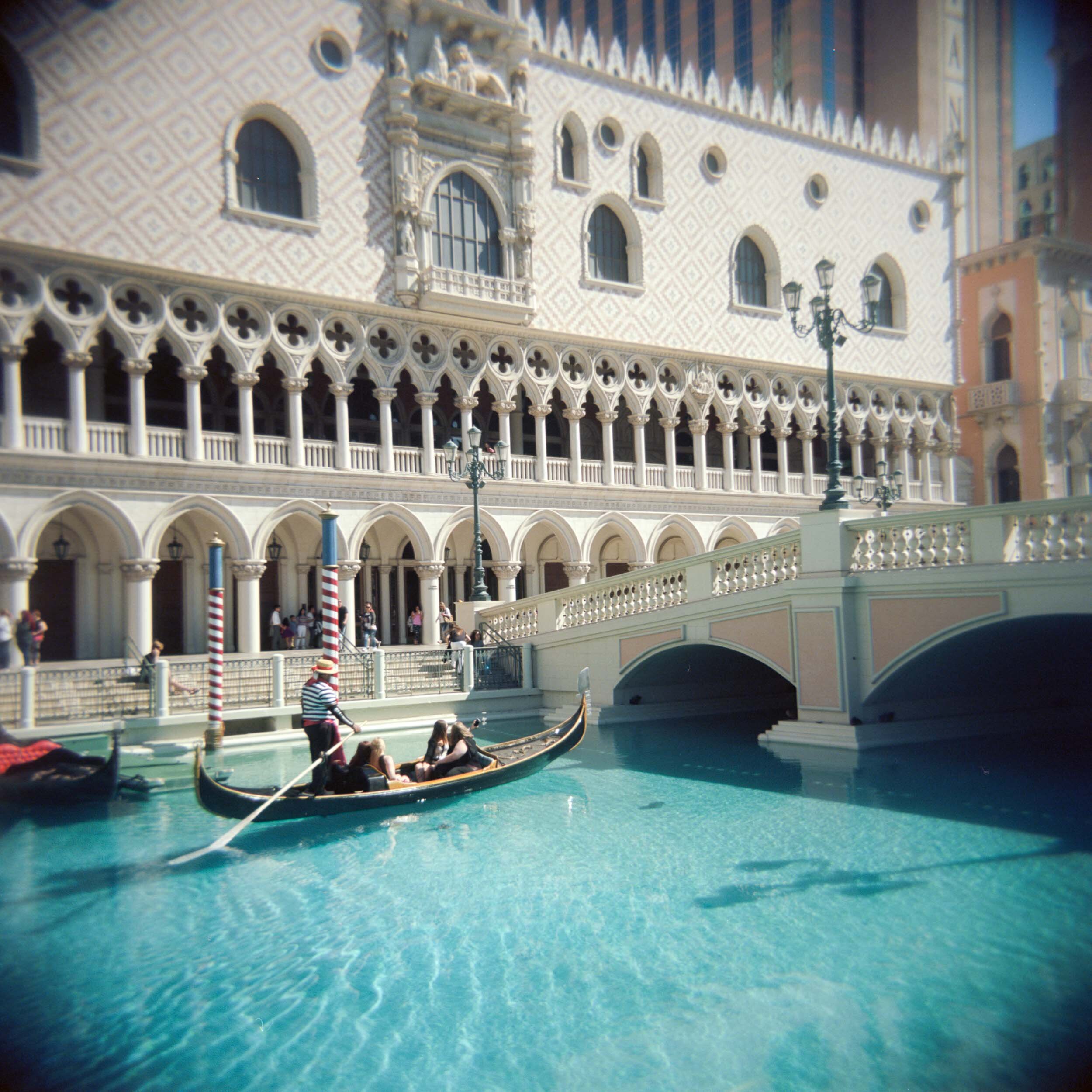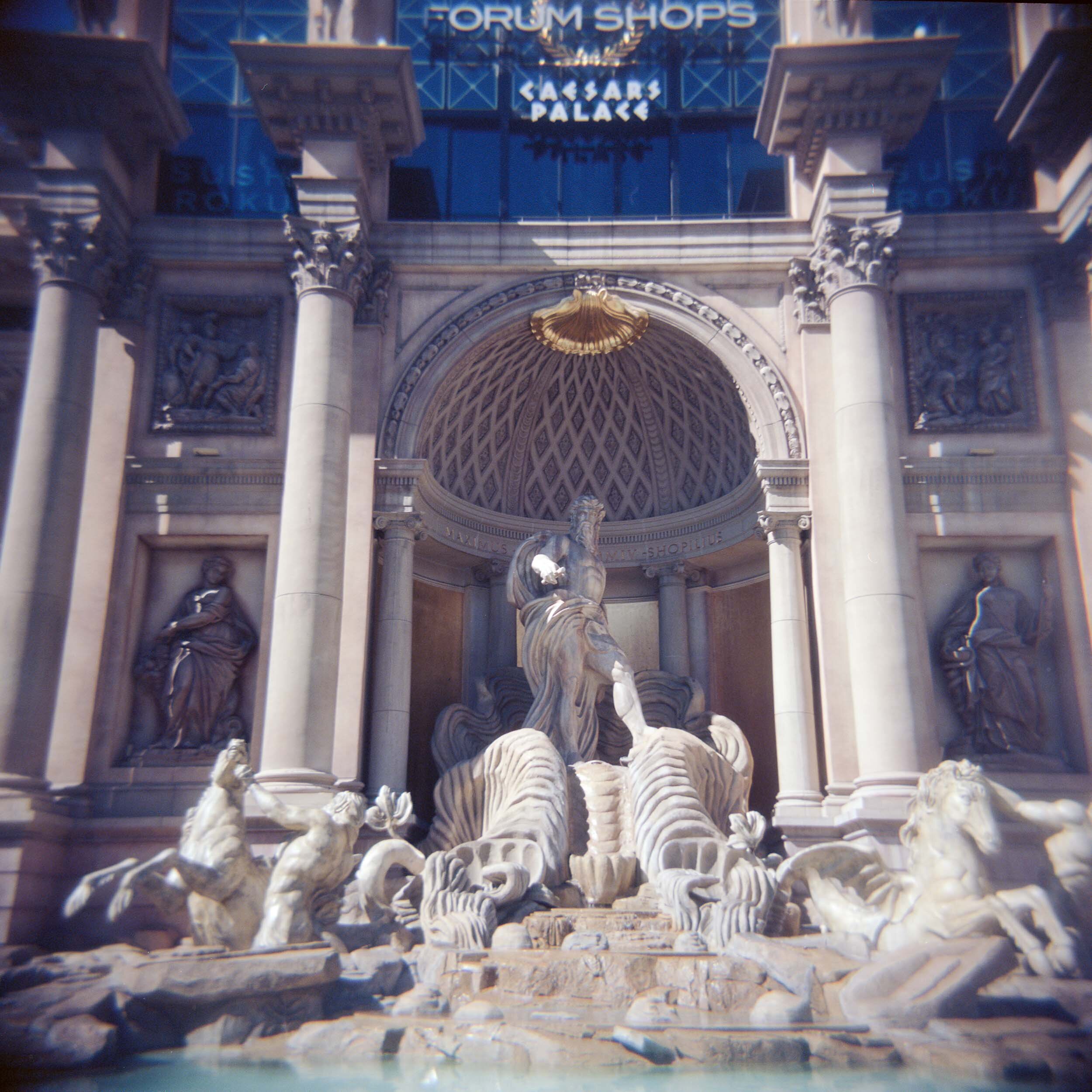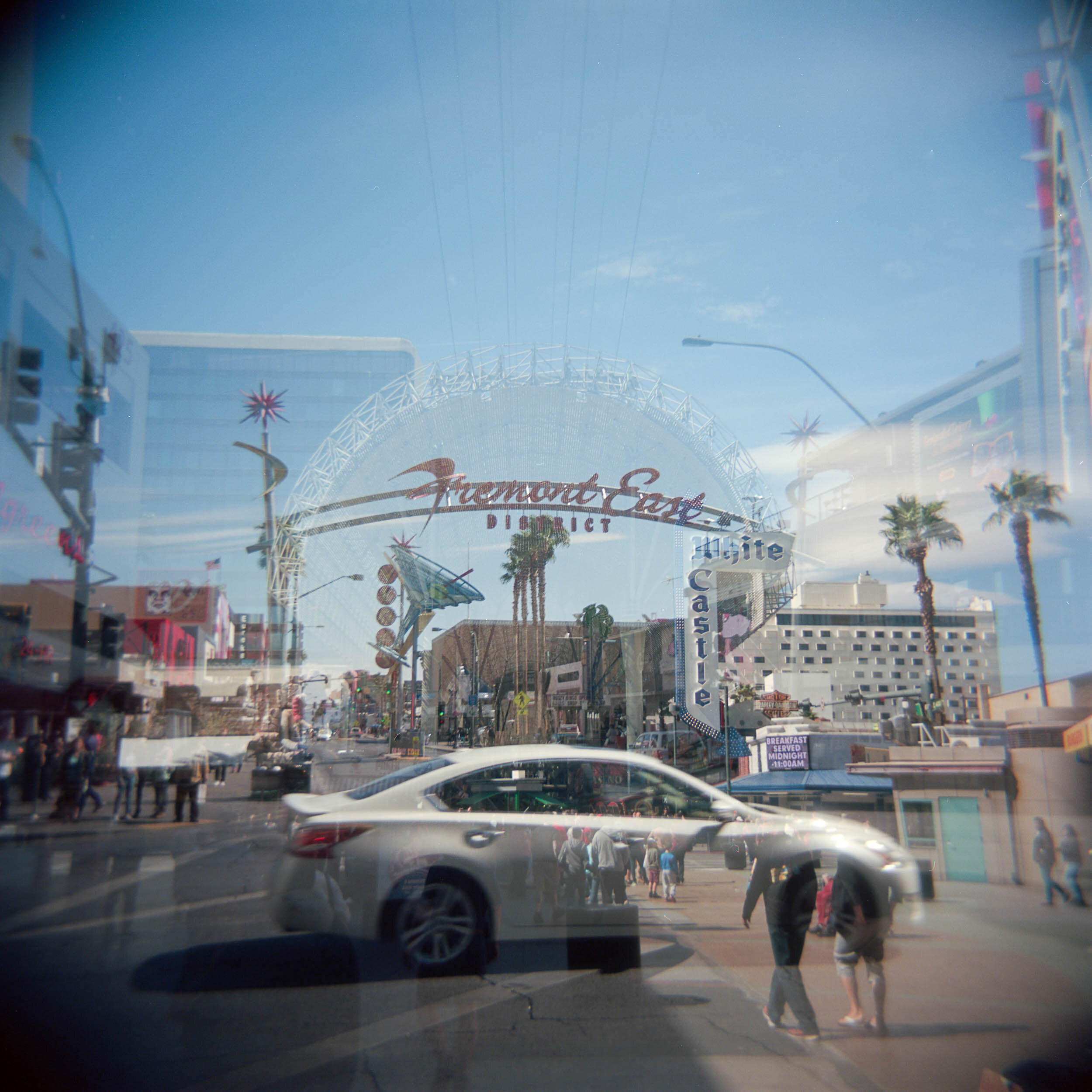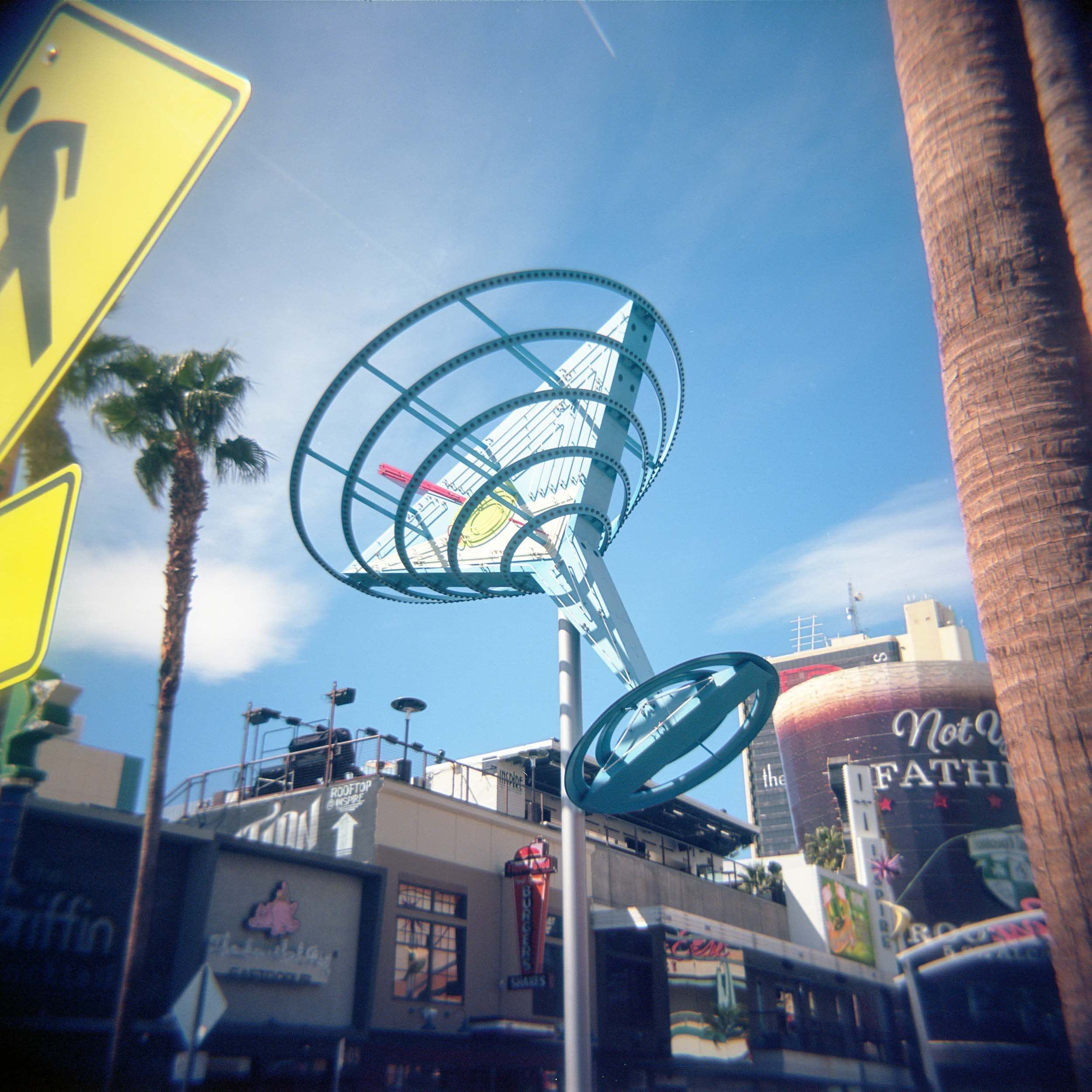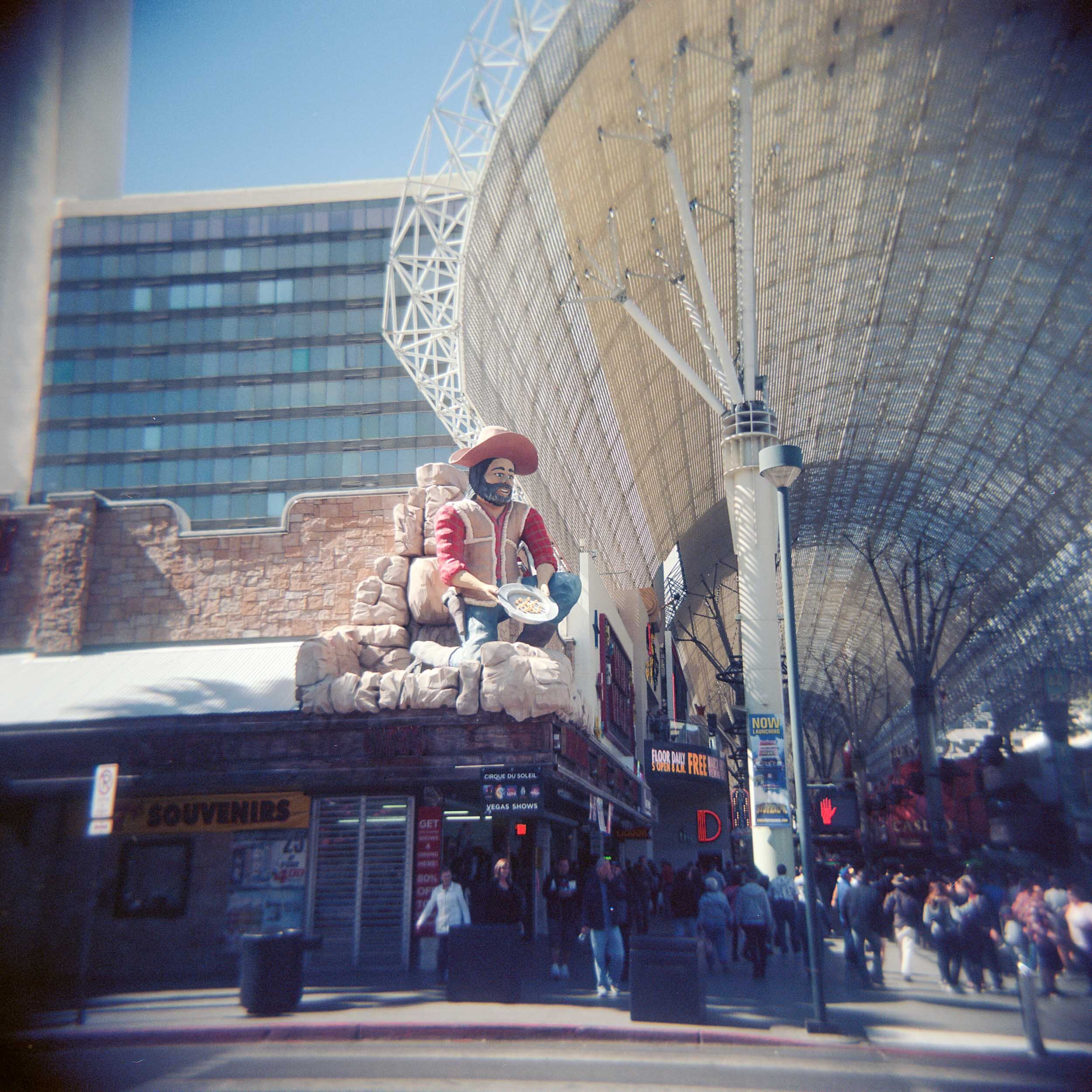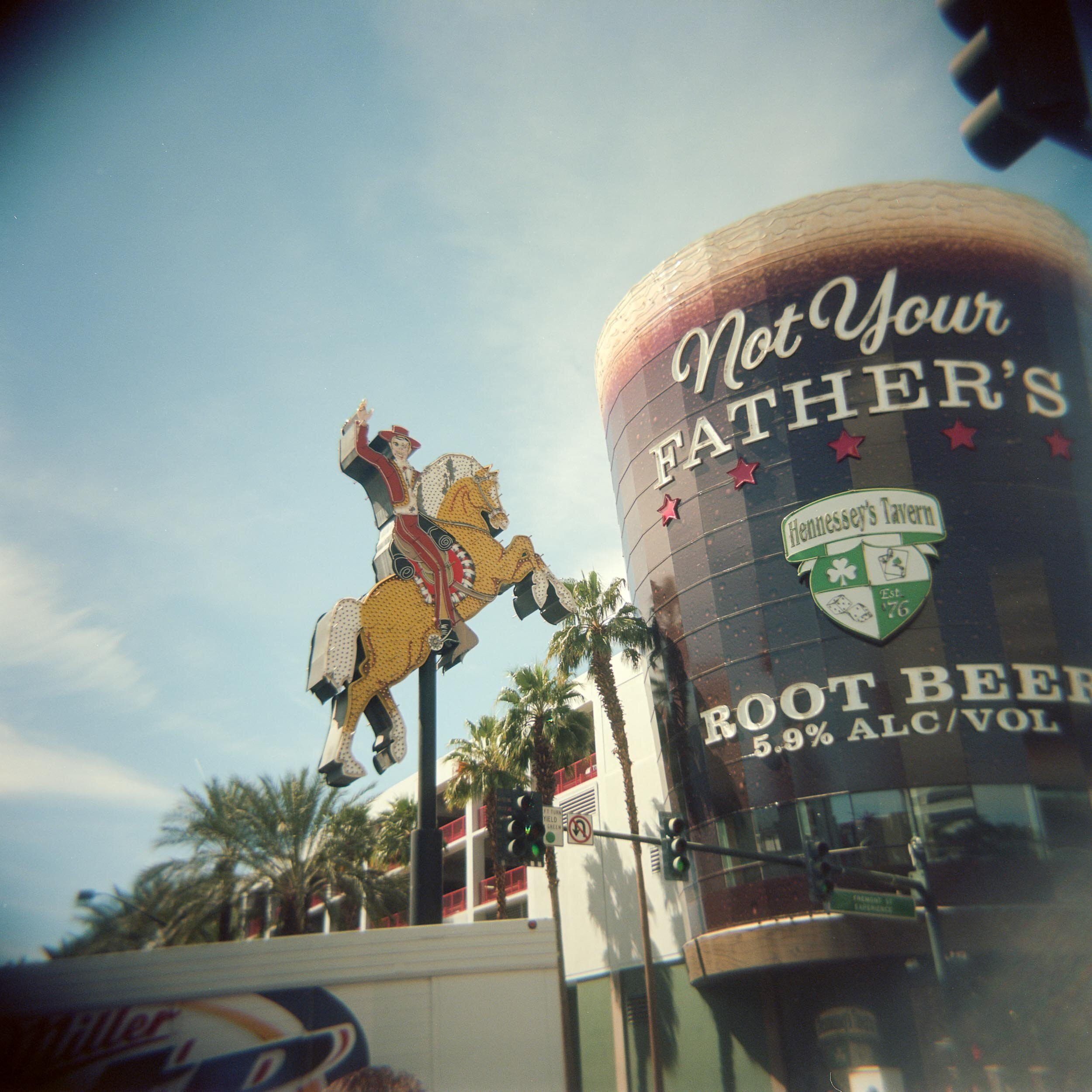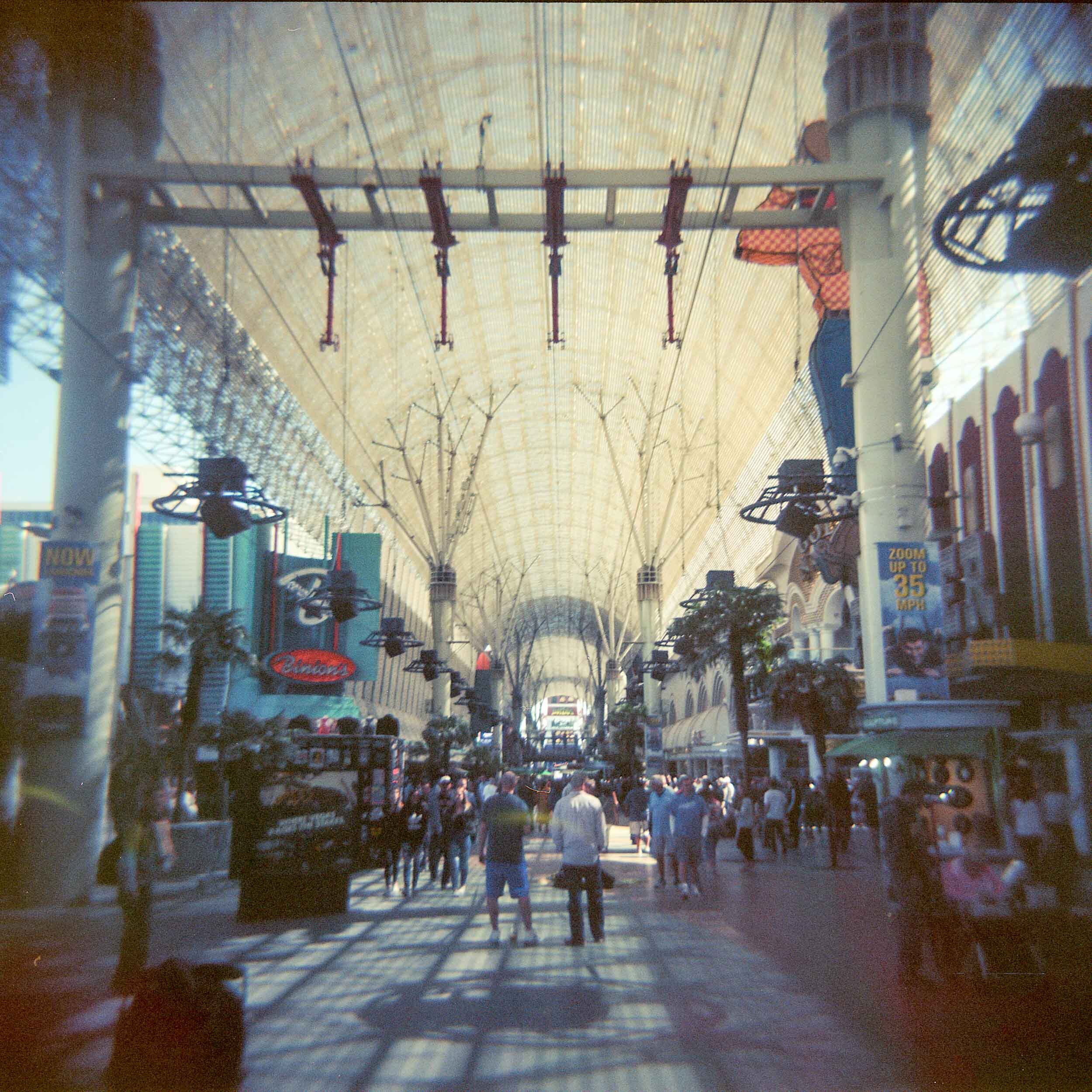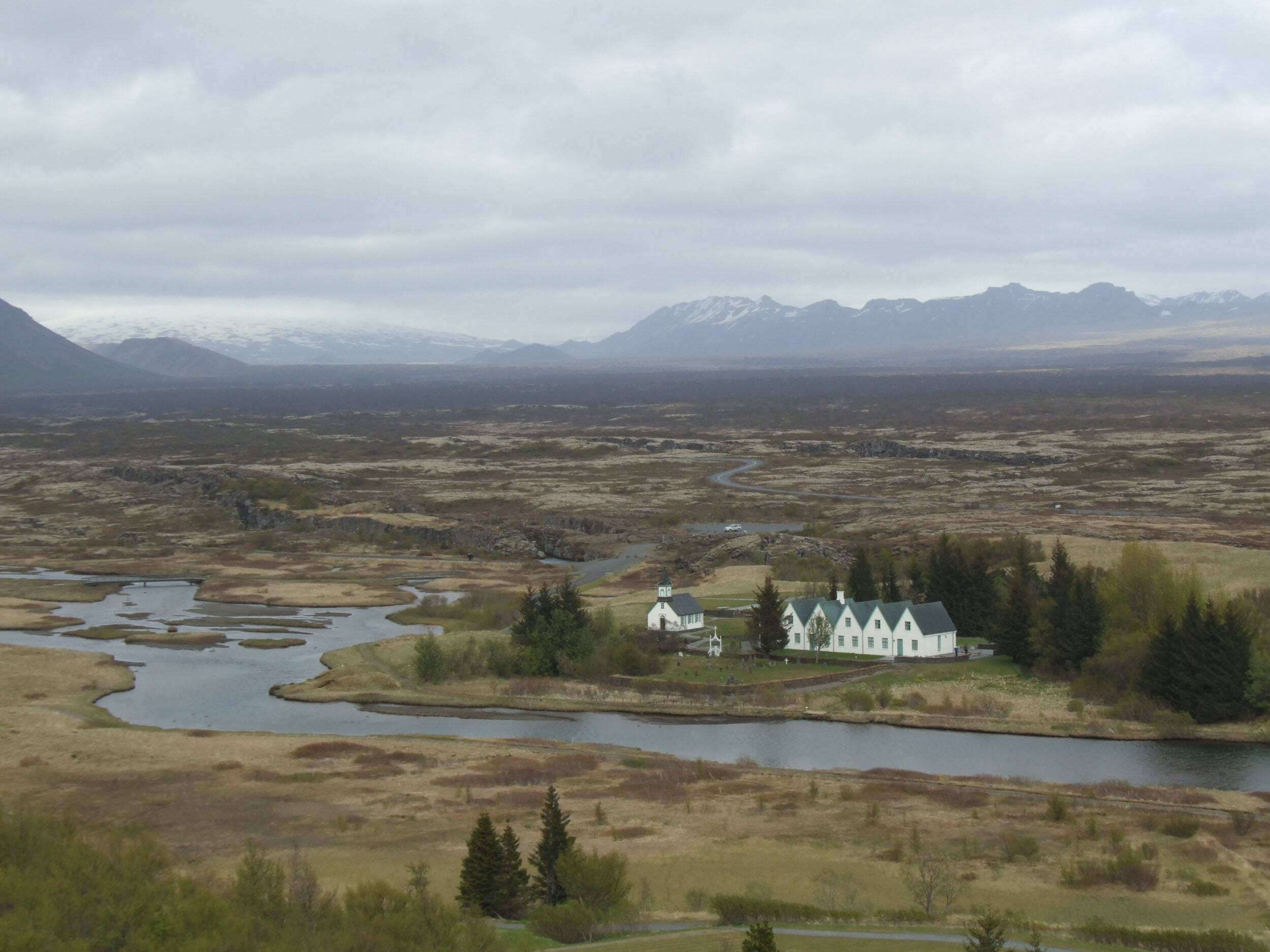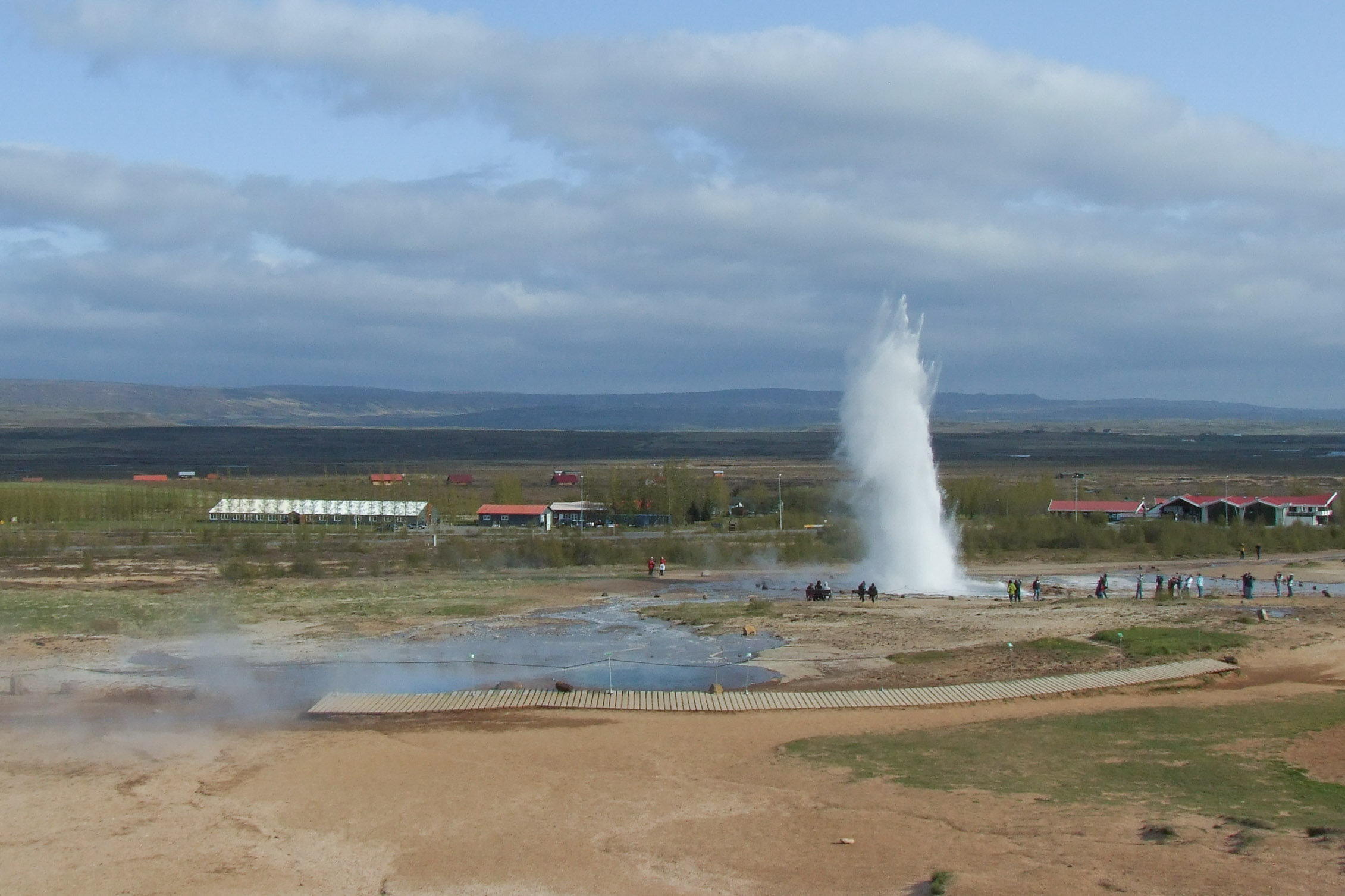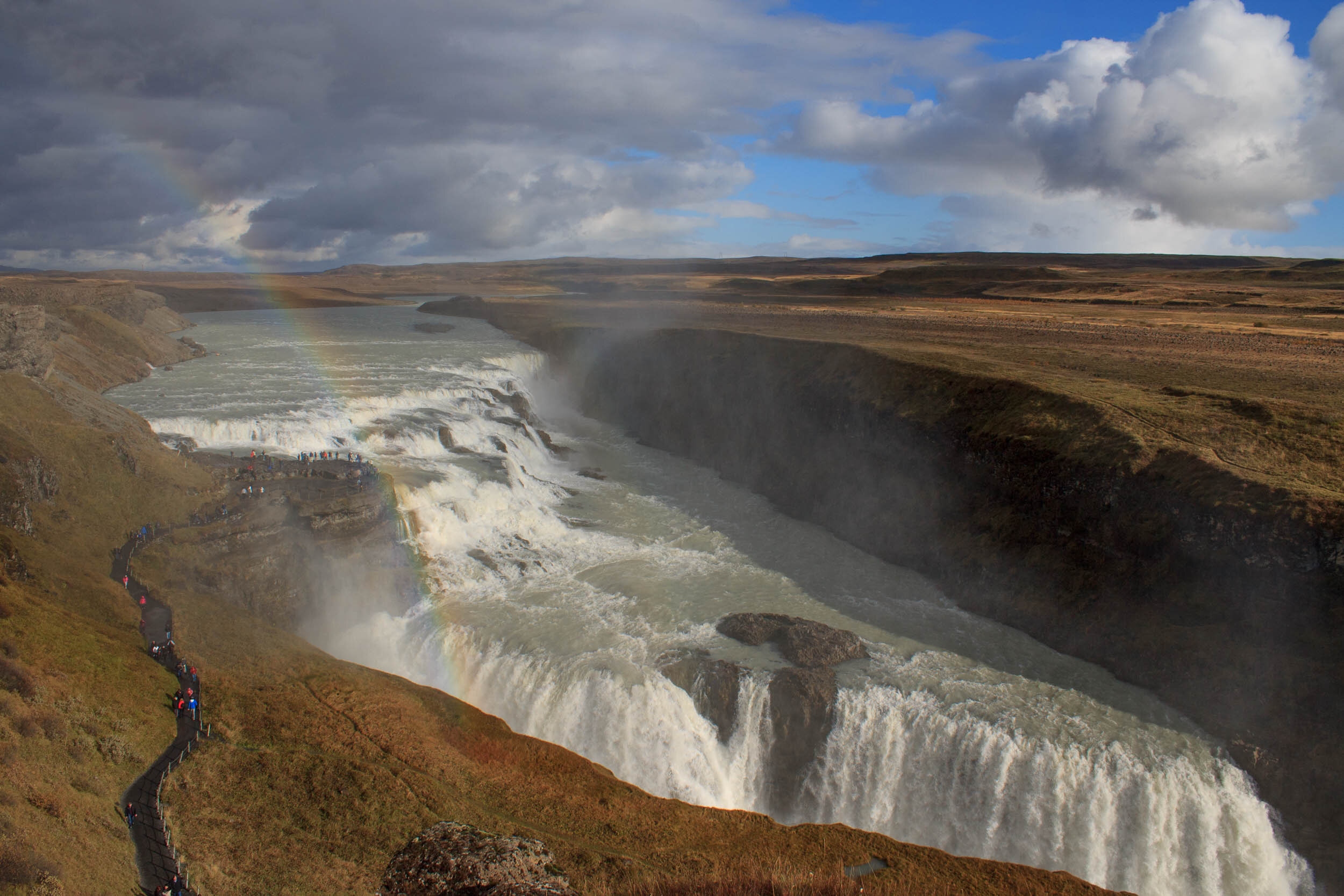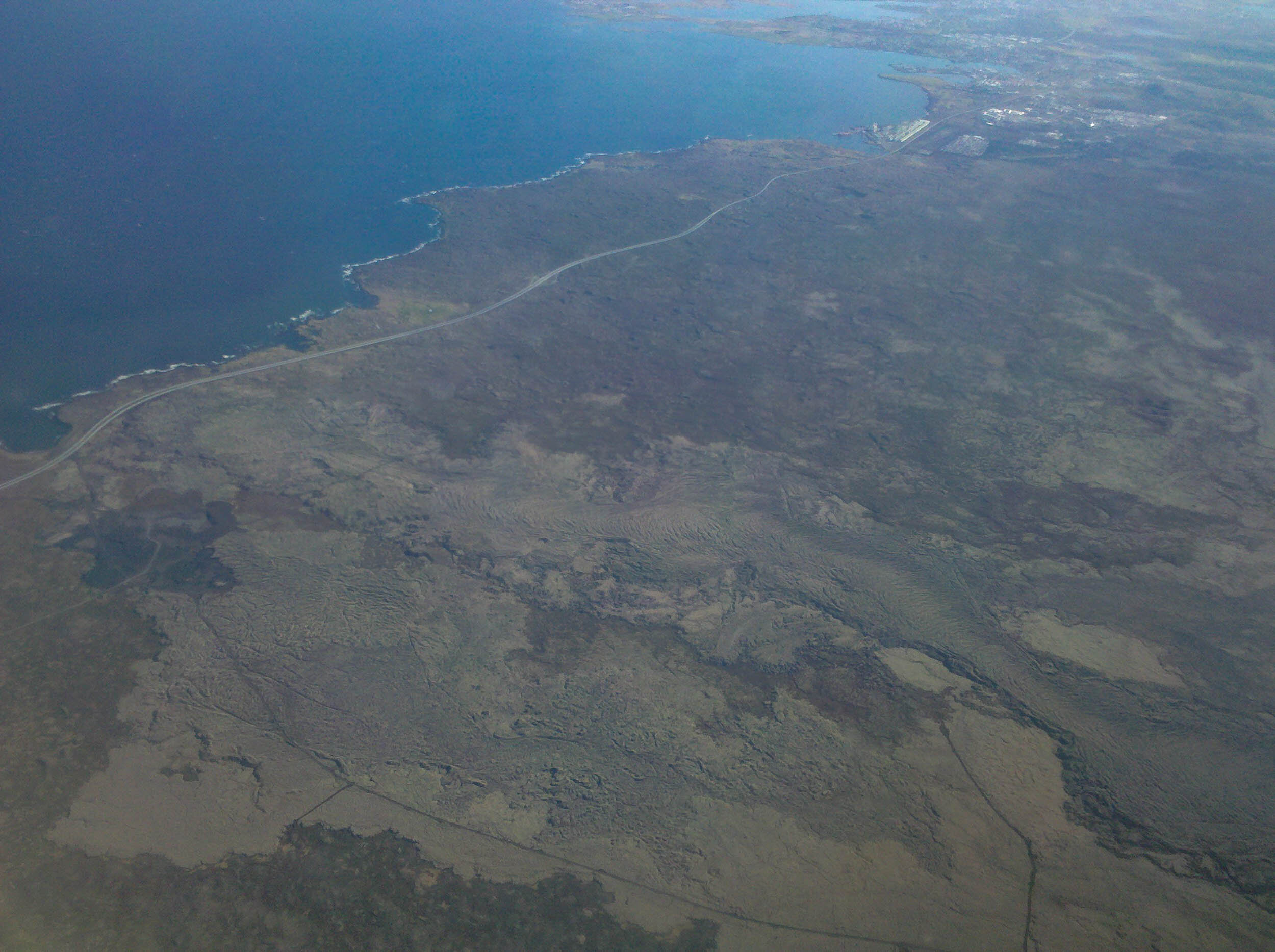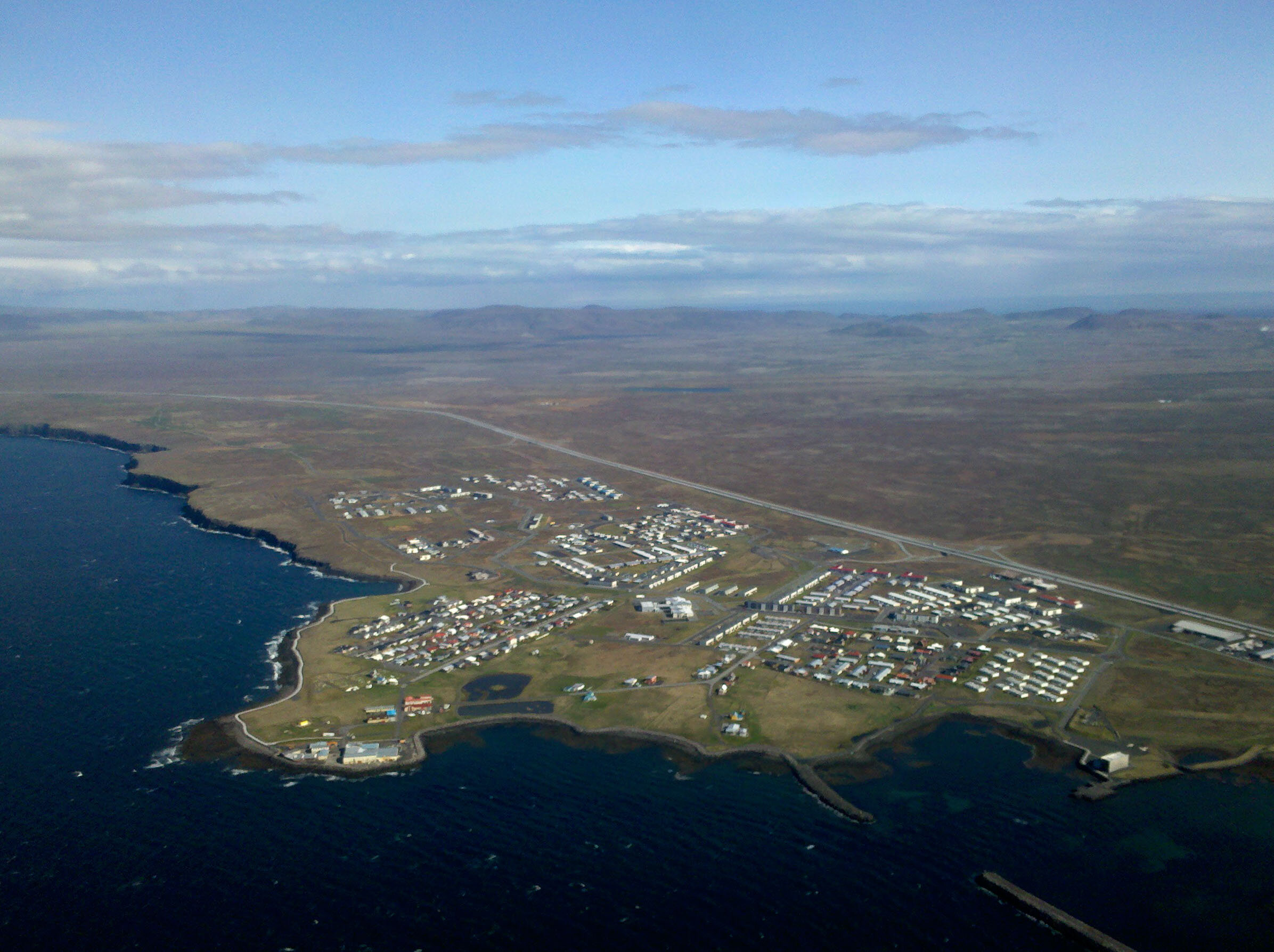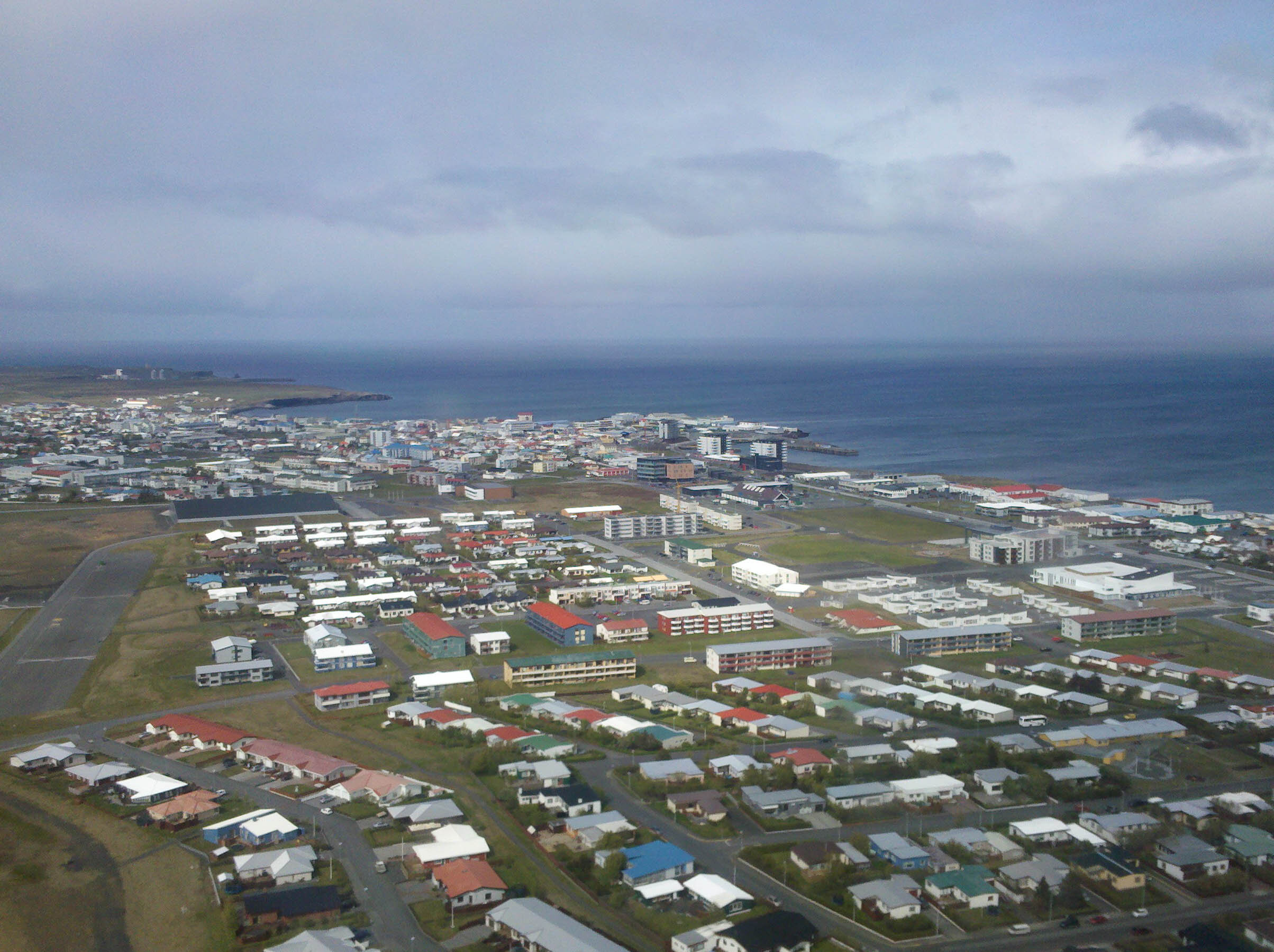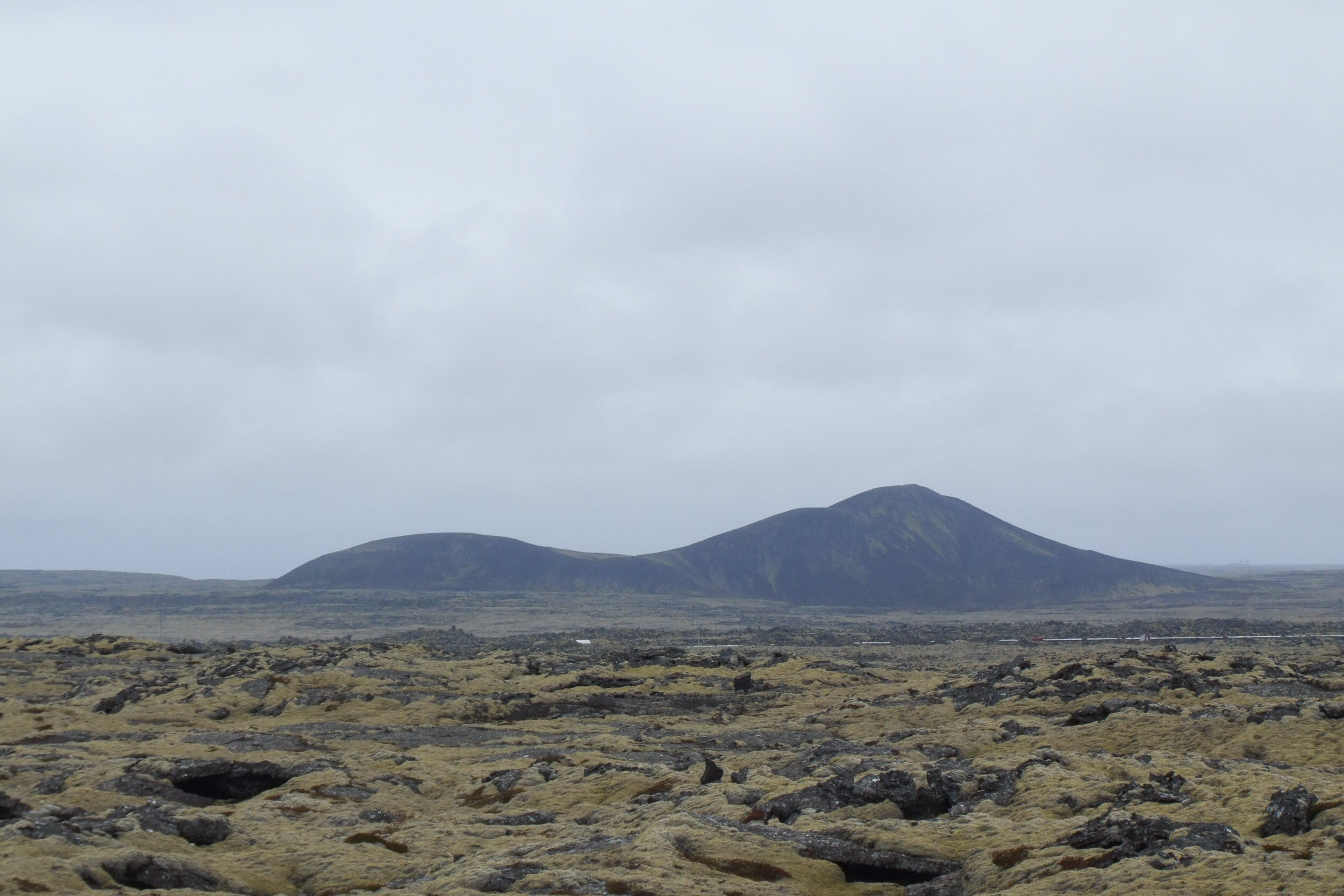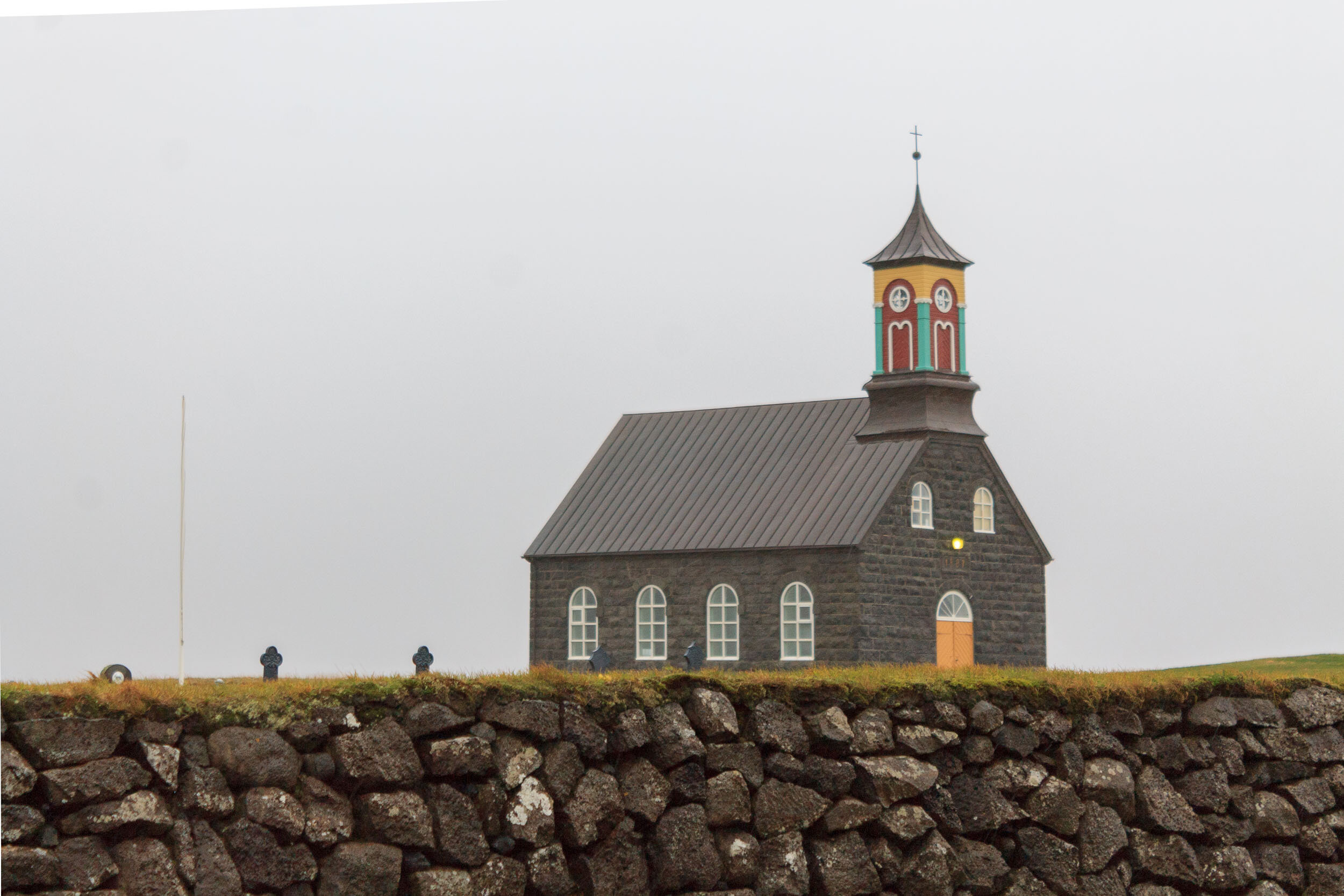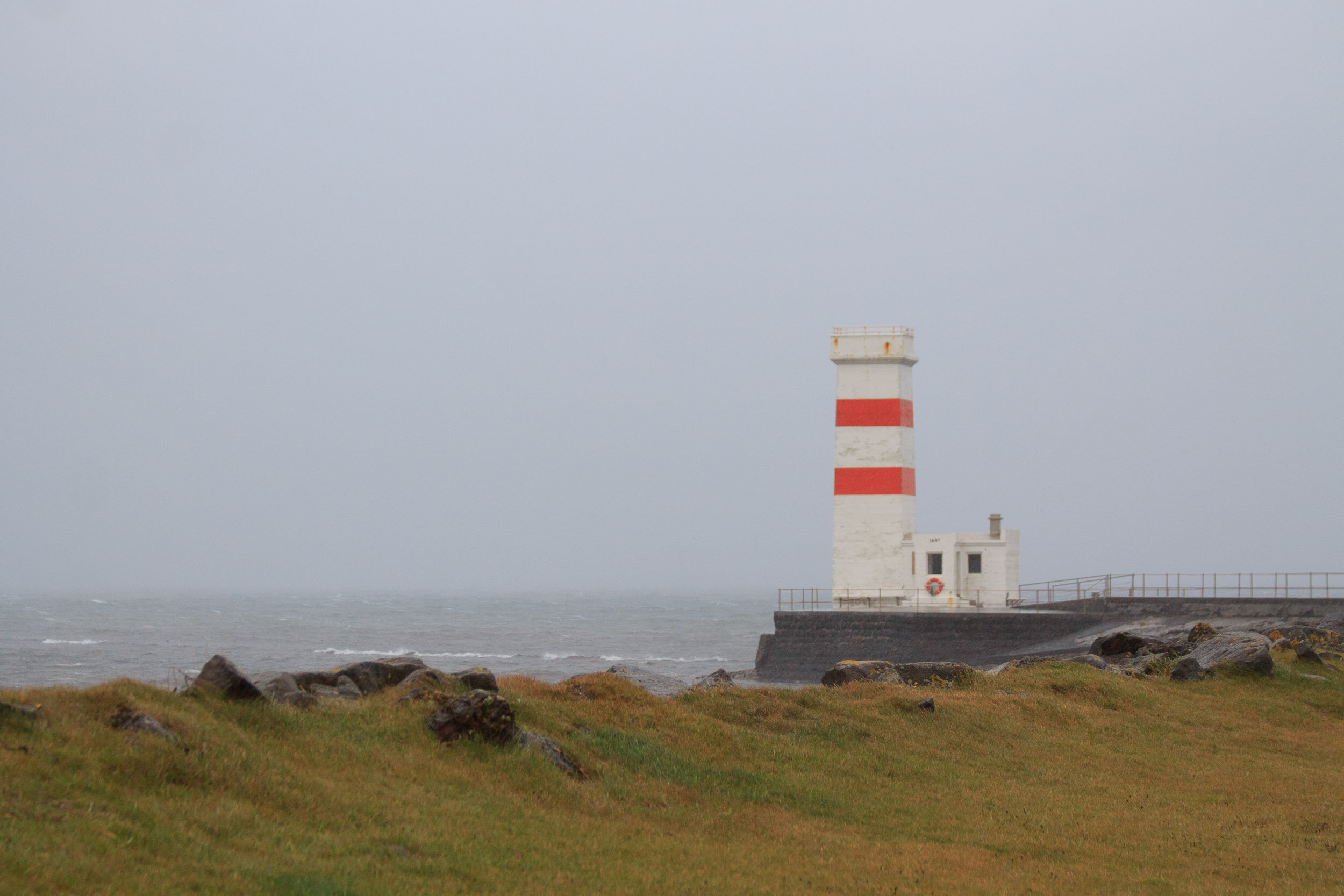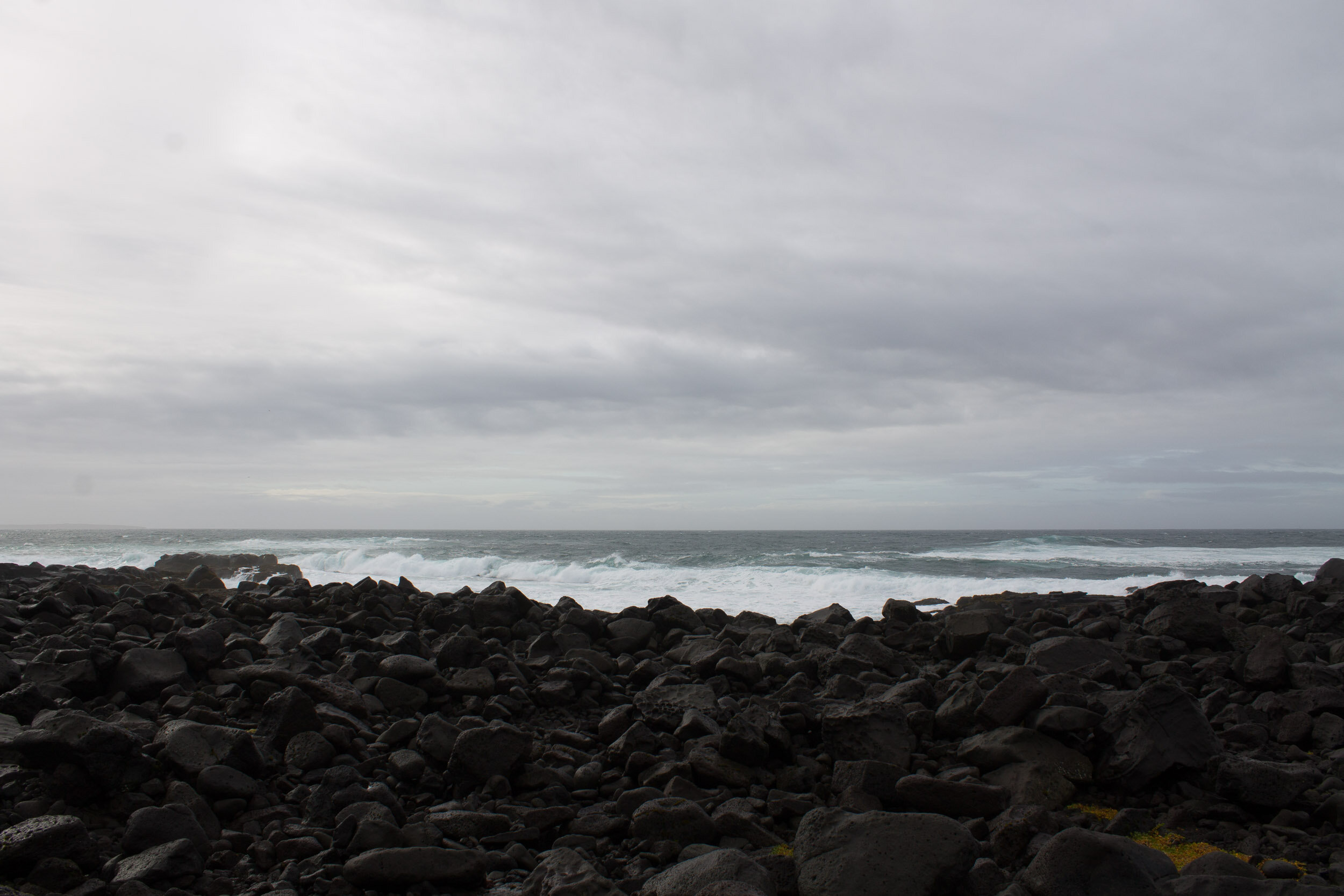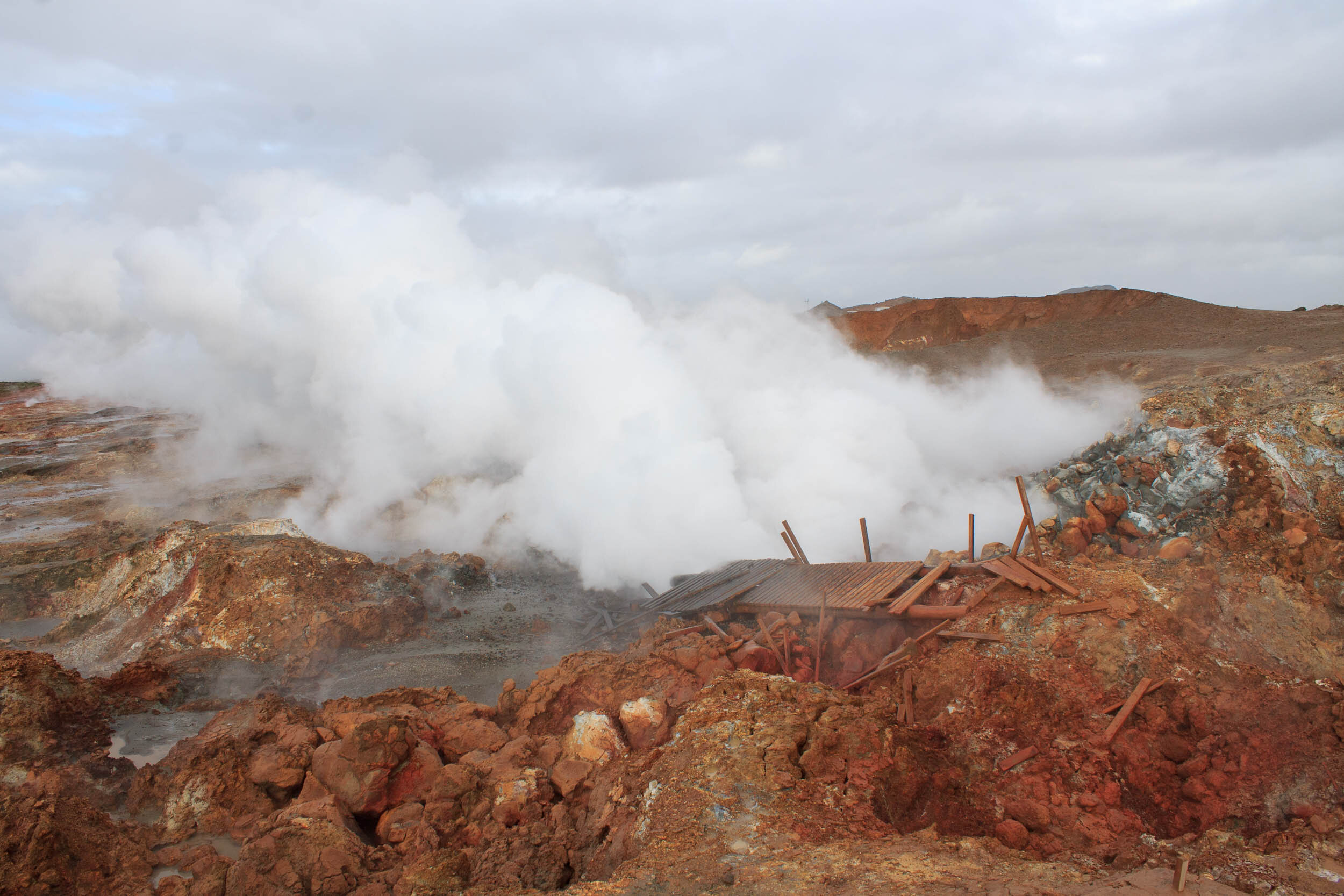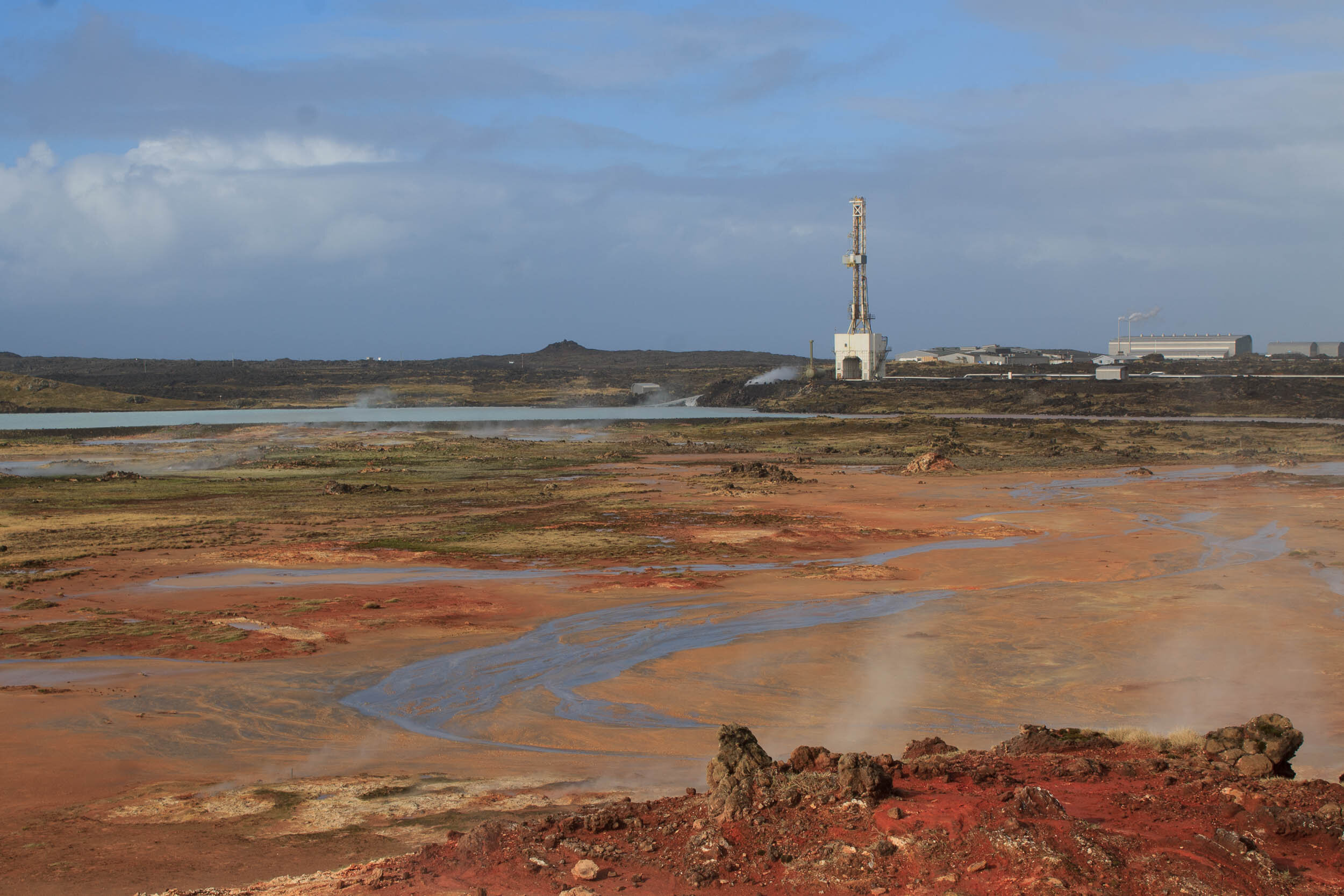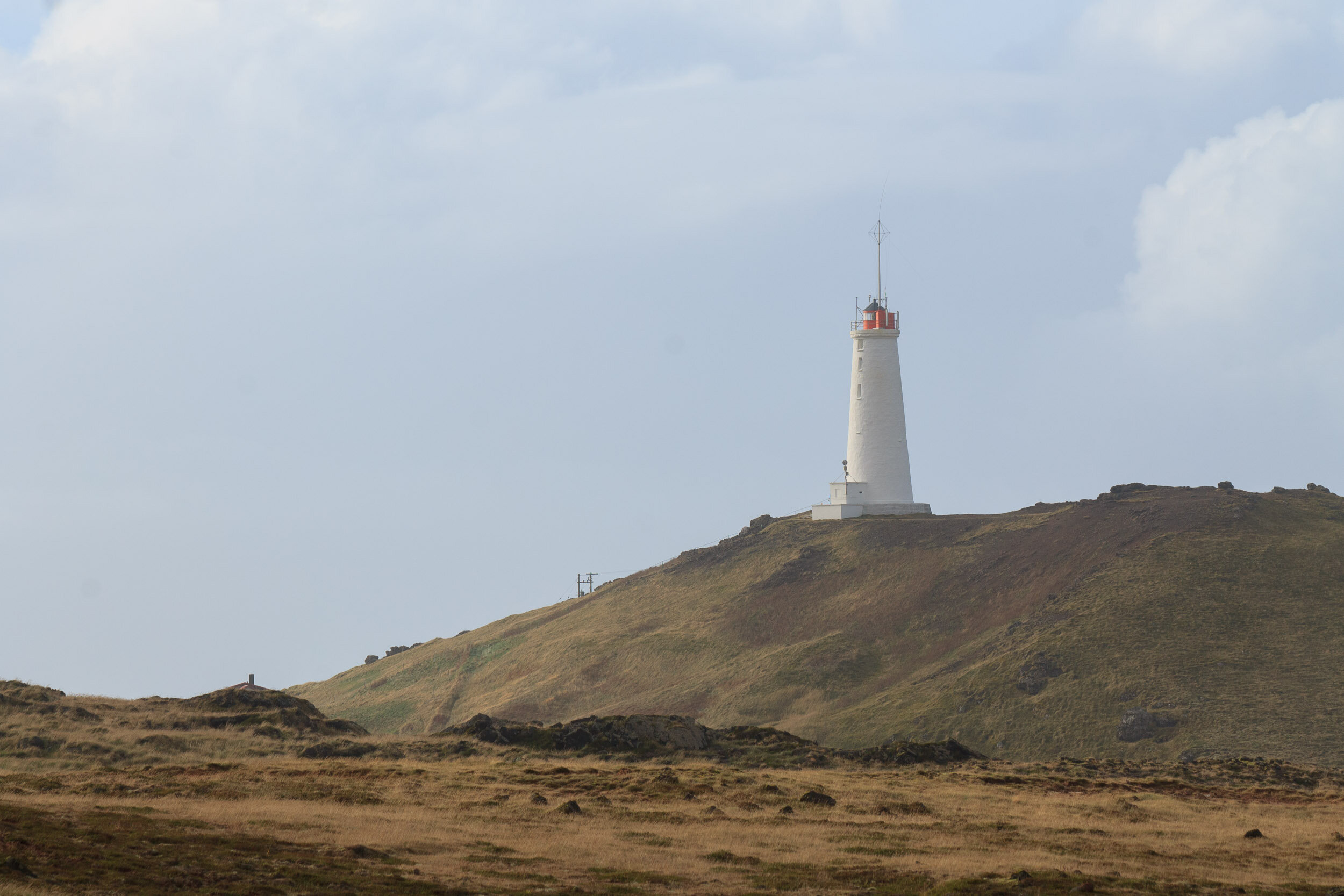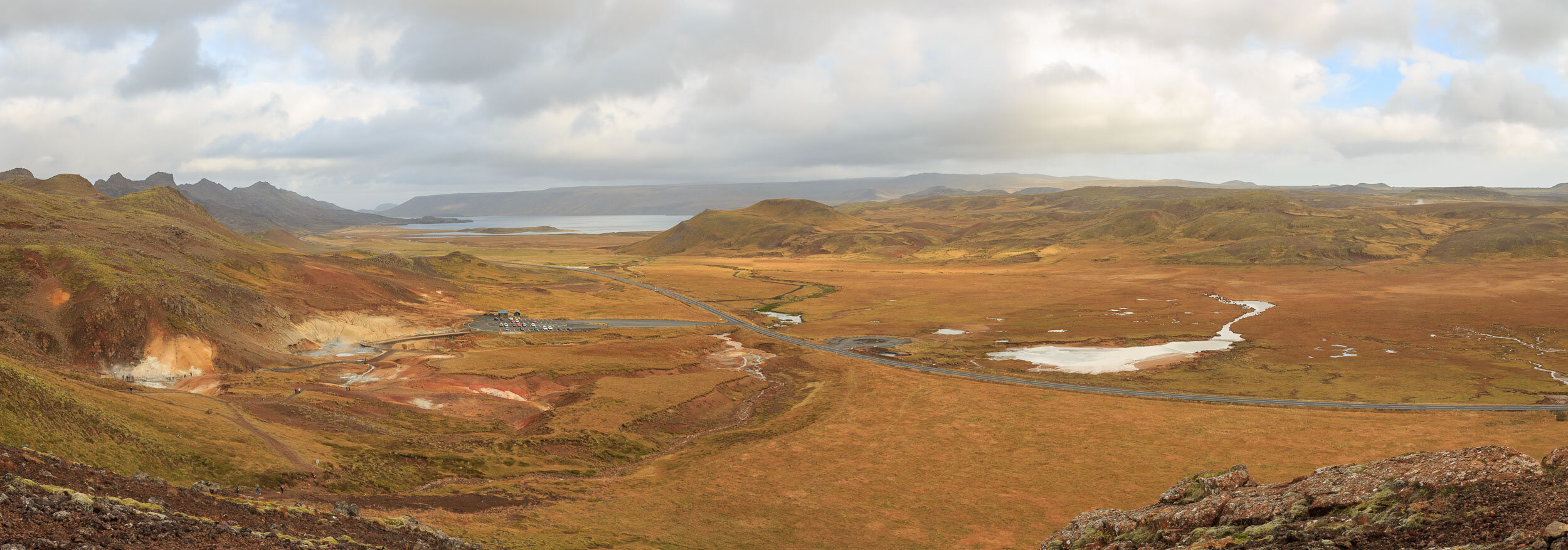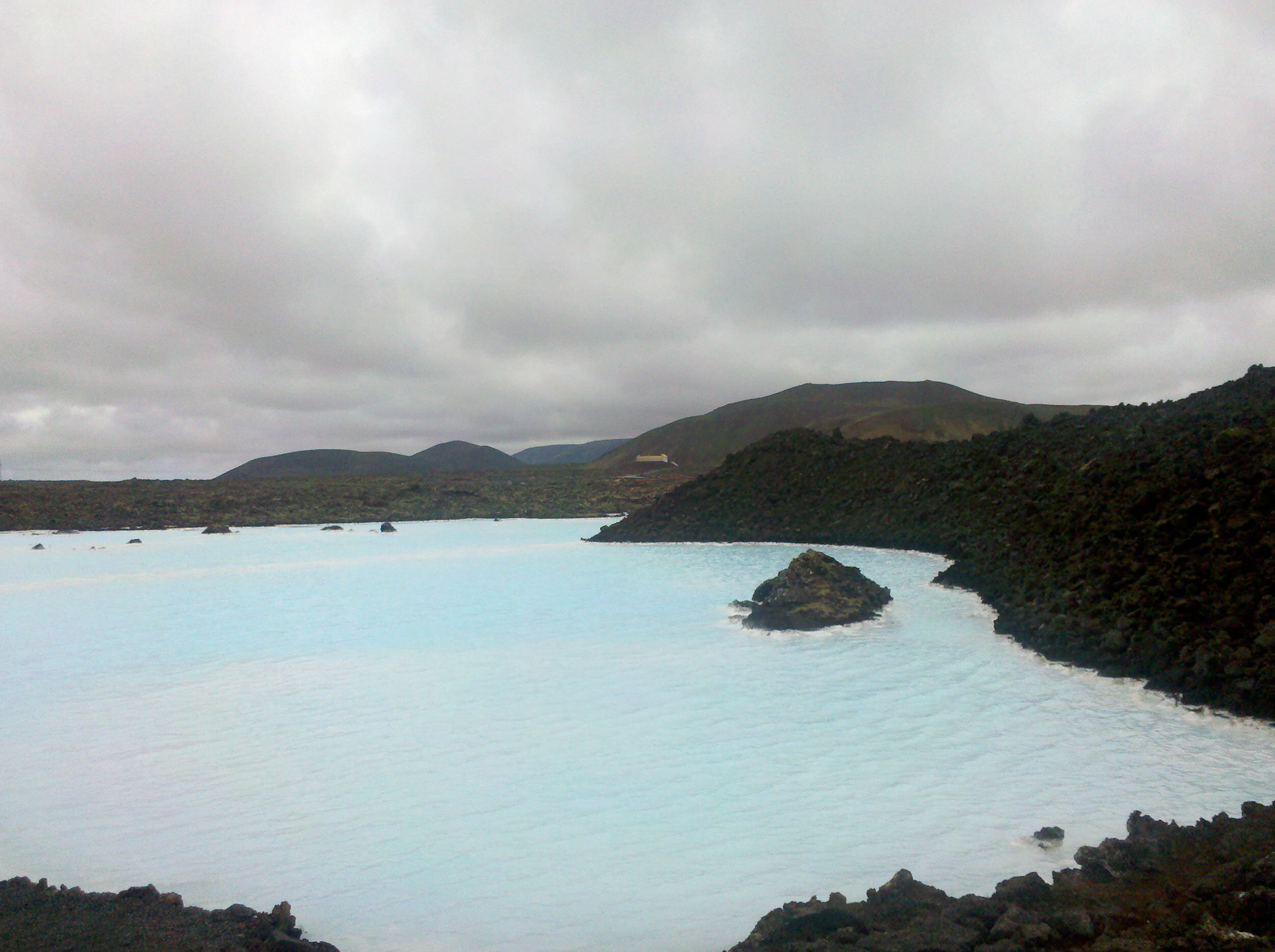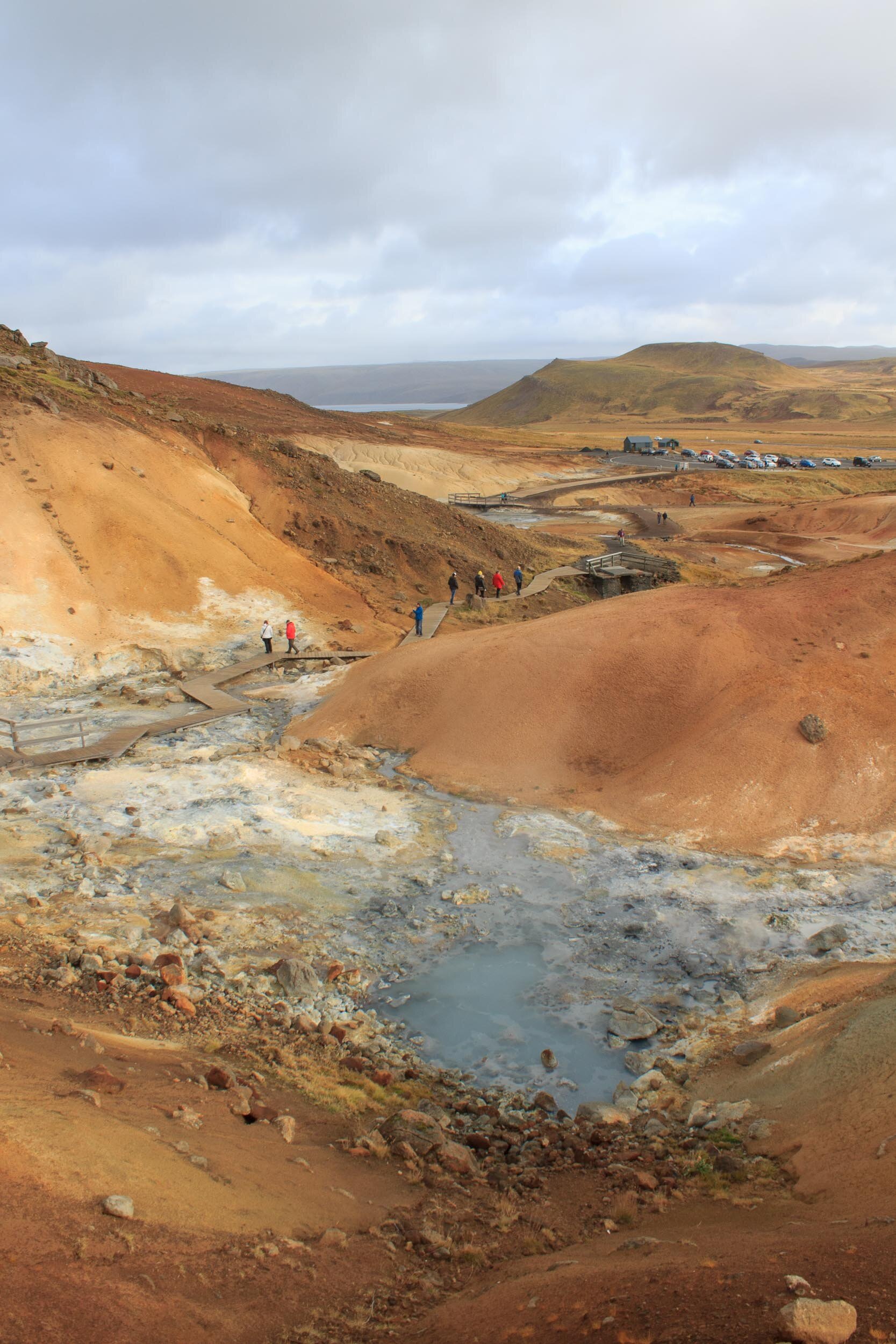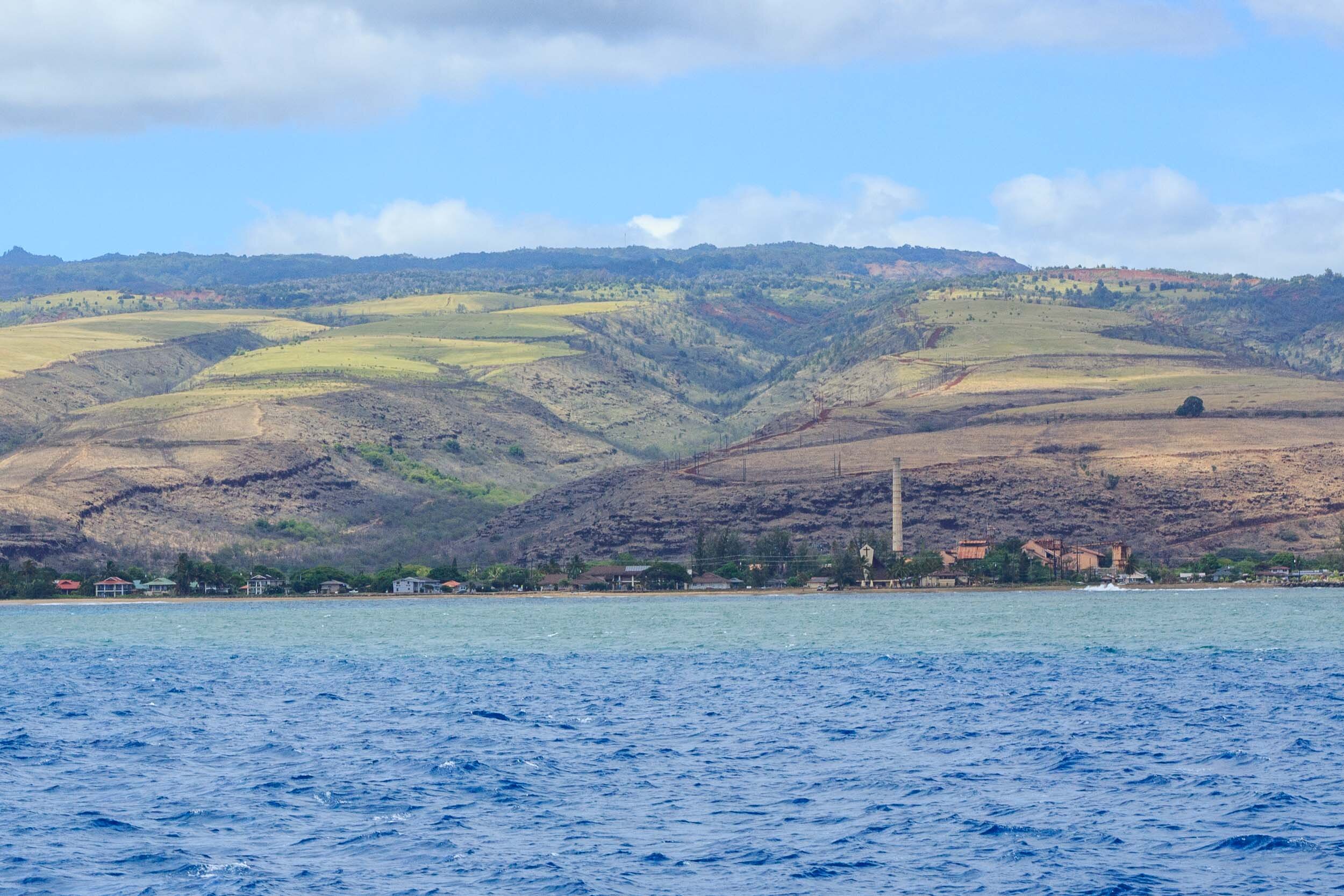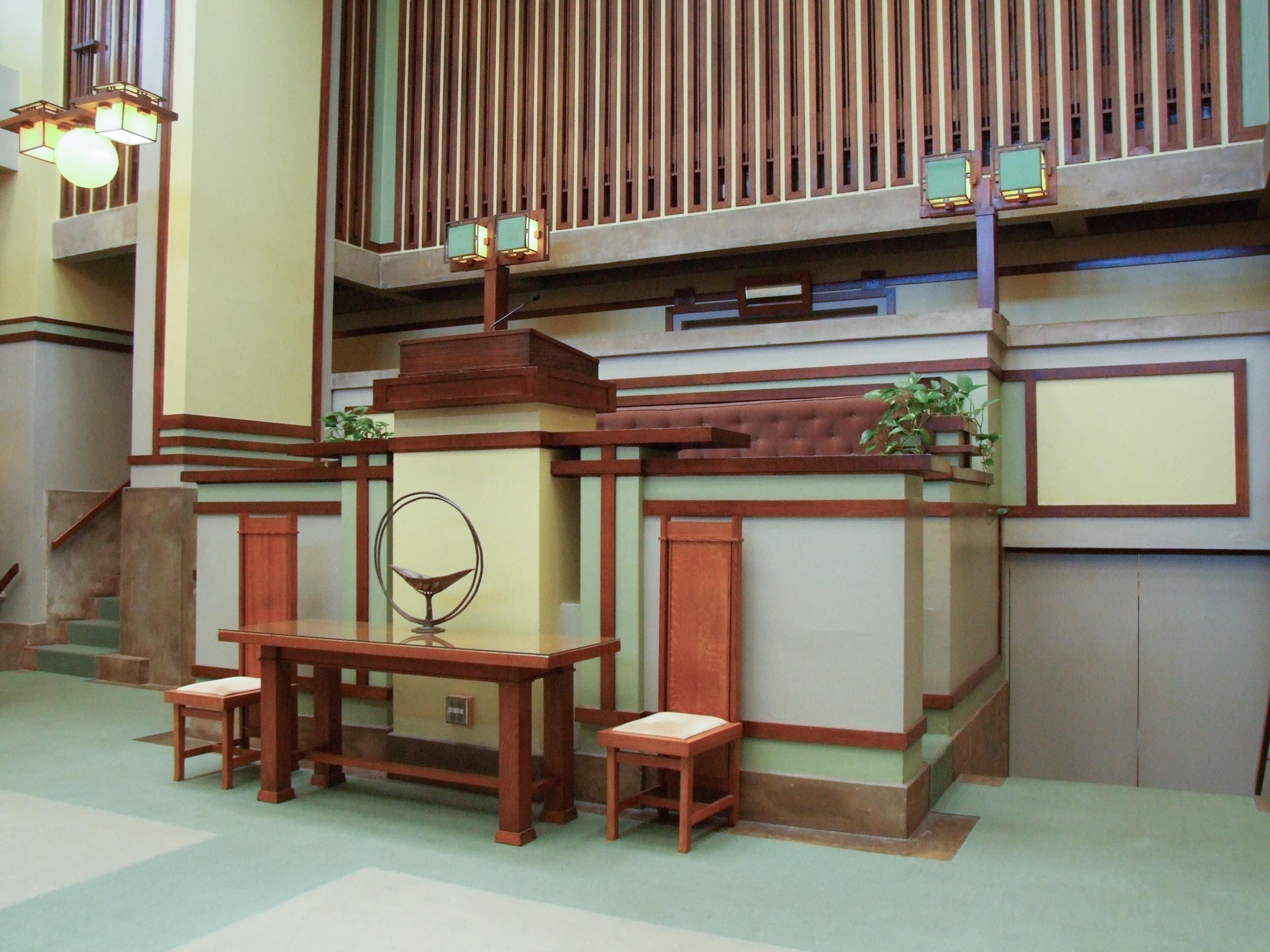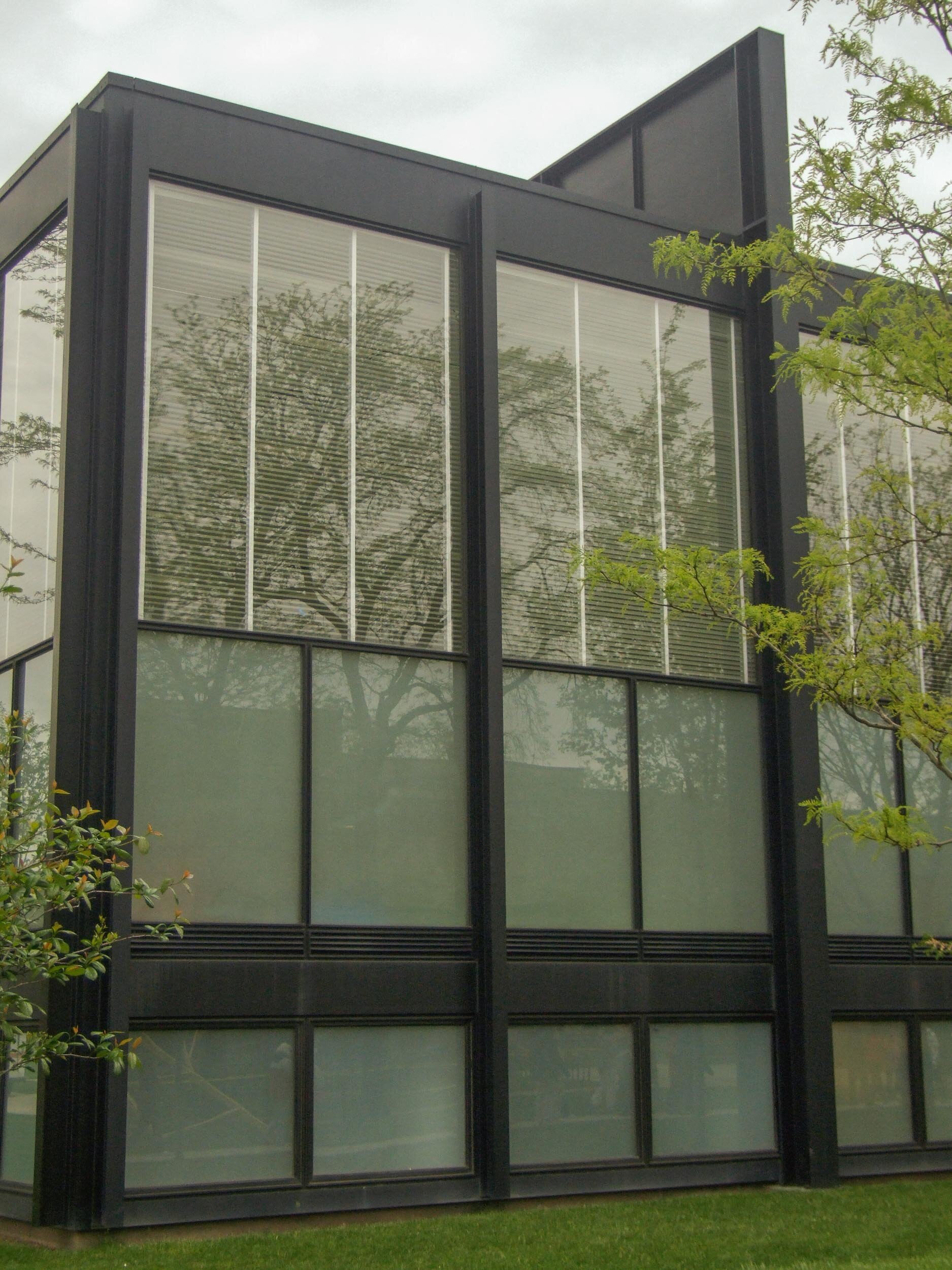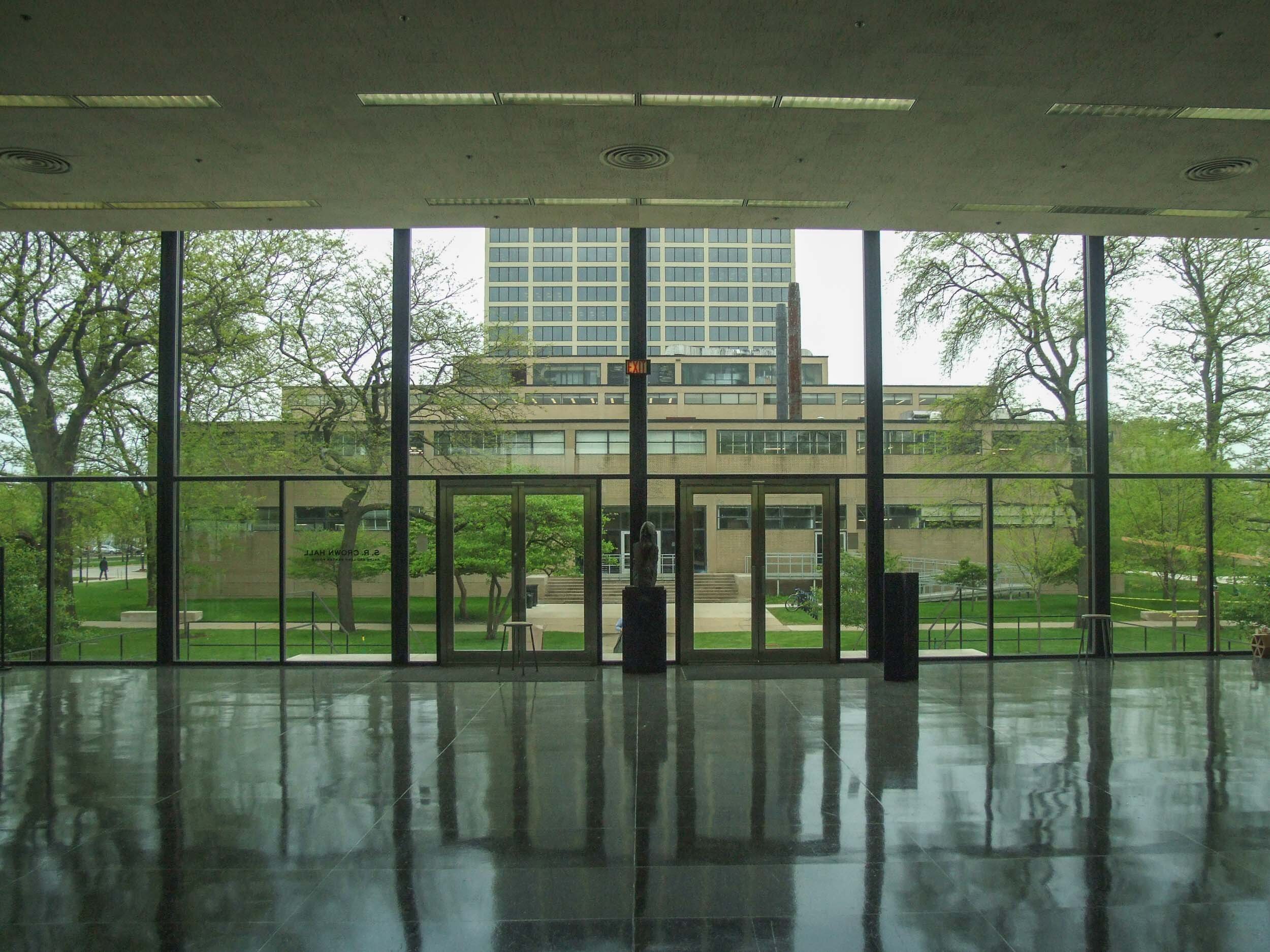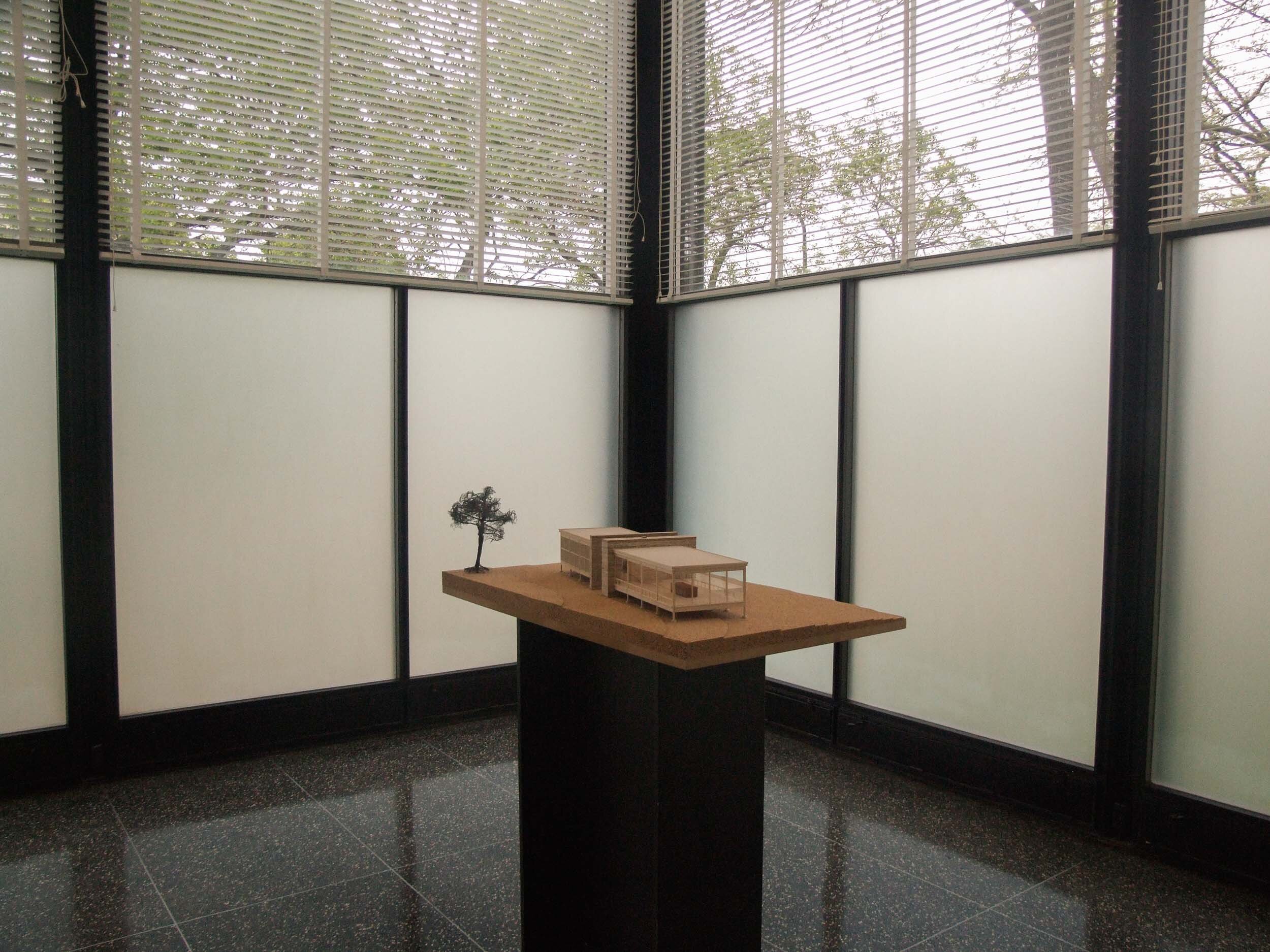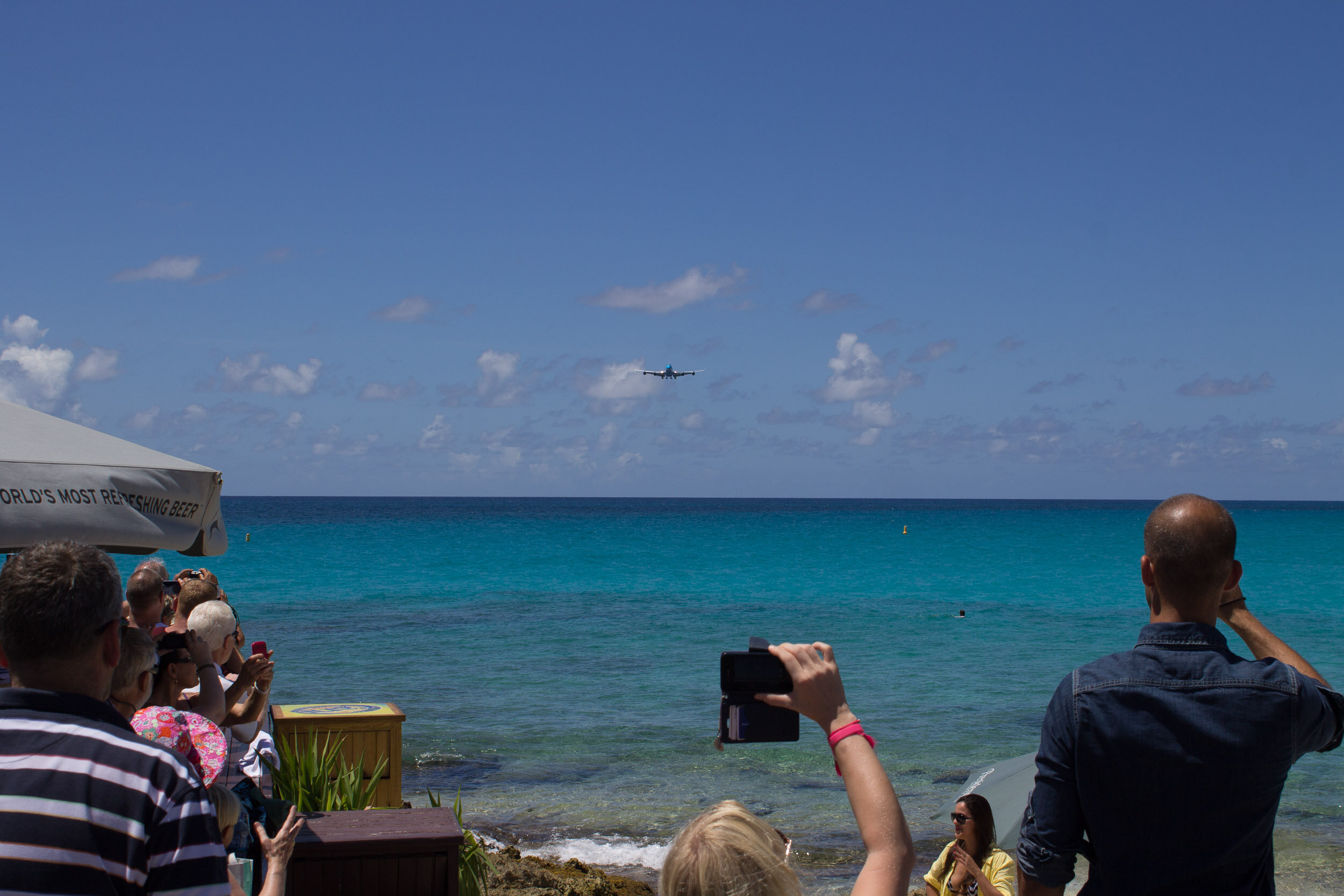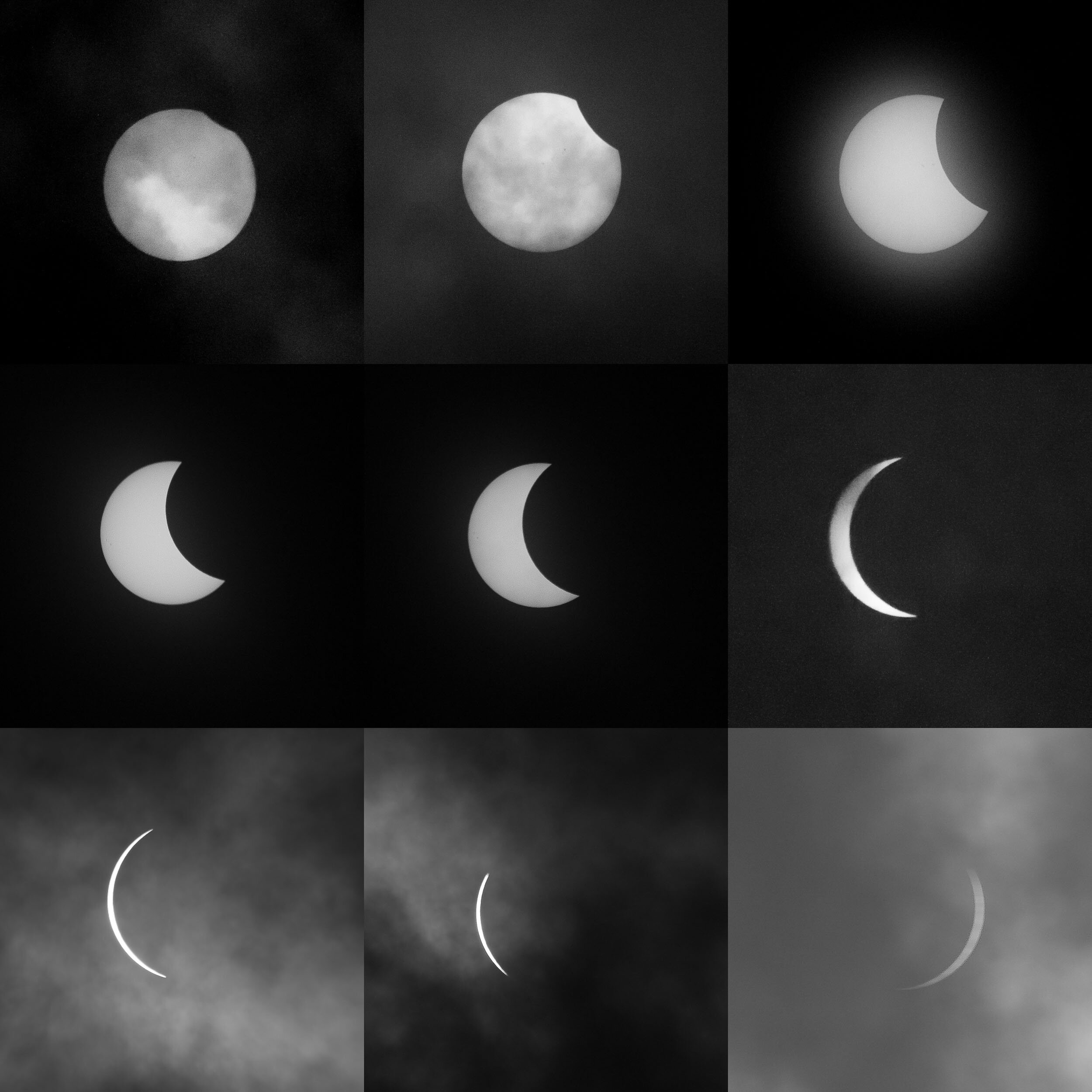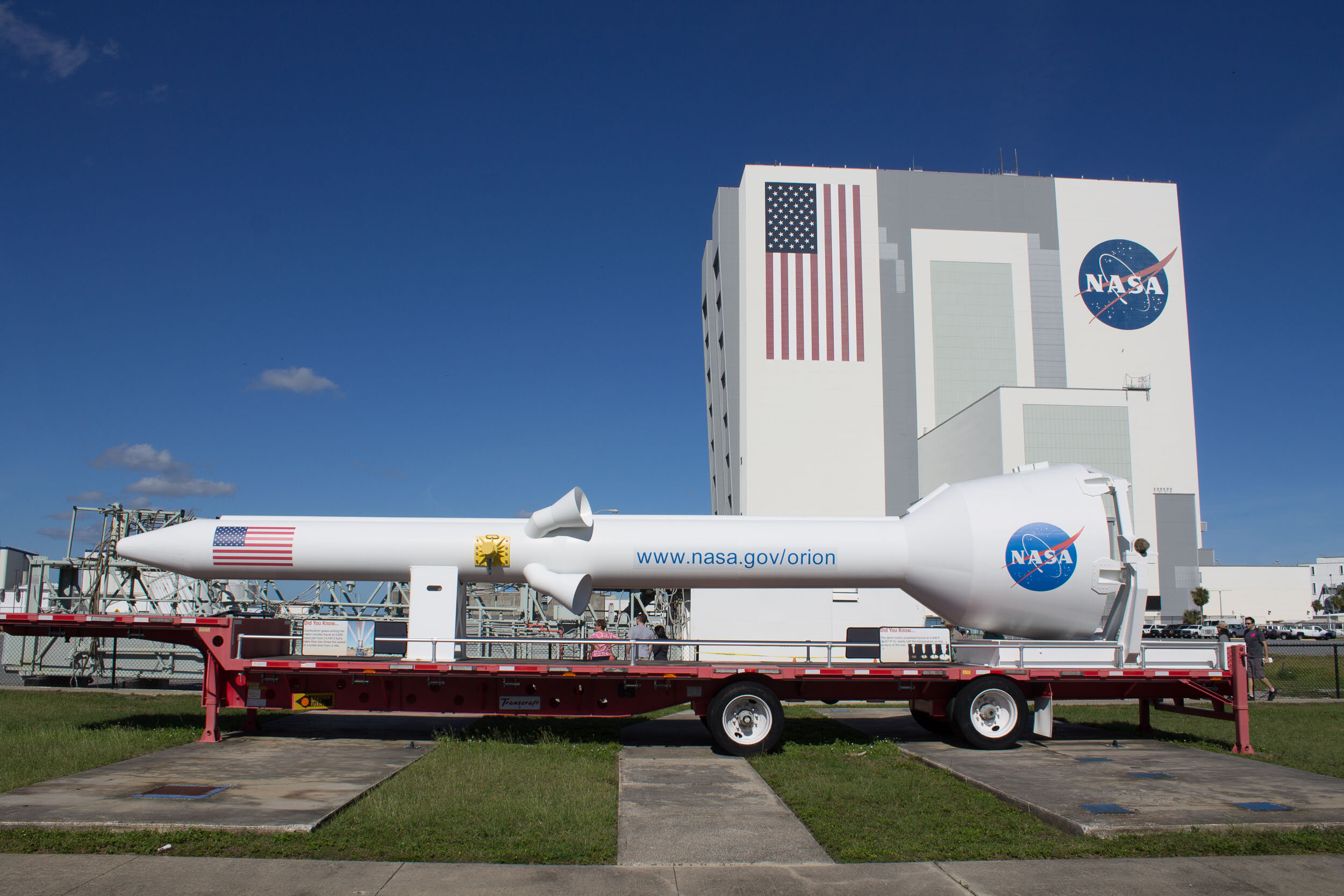Originally published May 22, 2018
A few weeks ago, I shared a collection of photographs of the newer glass box buildings on the Las Vegas strip. Living in Washington, D.C. area, I am no stranger to this architecture style, but while back home such buildings may appear unexciting and generic, in Vegas they felt remarkably refreshing and evoked a hopeful vision for the future of the city.
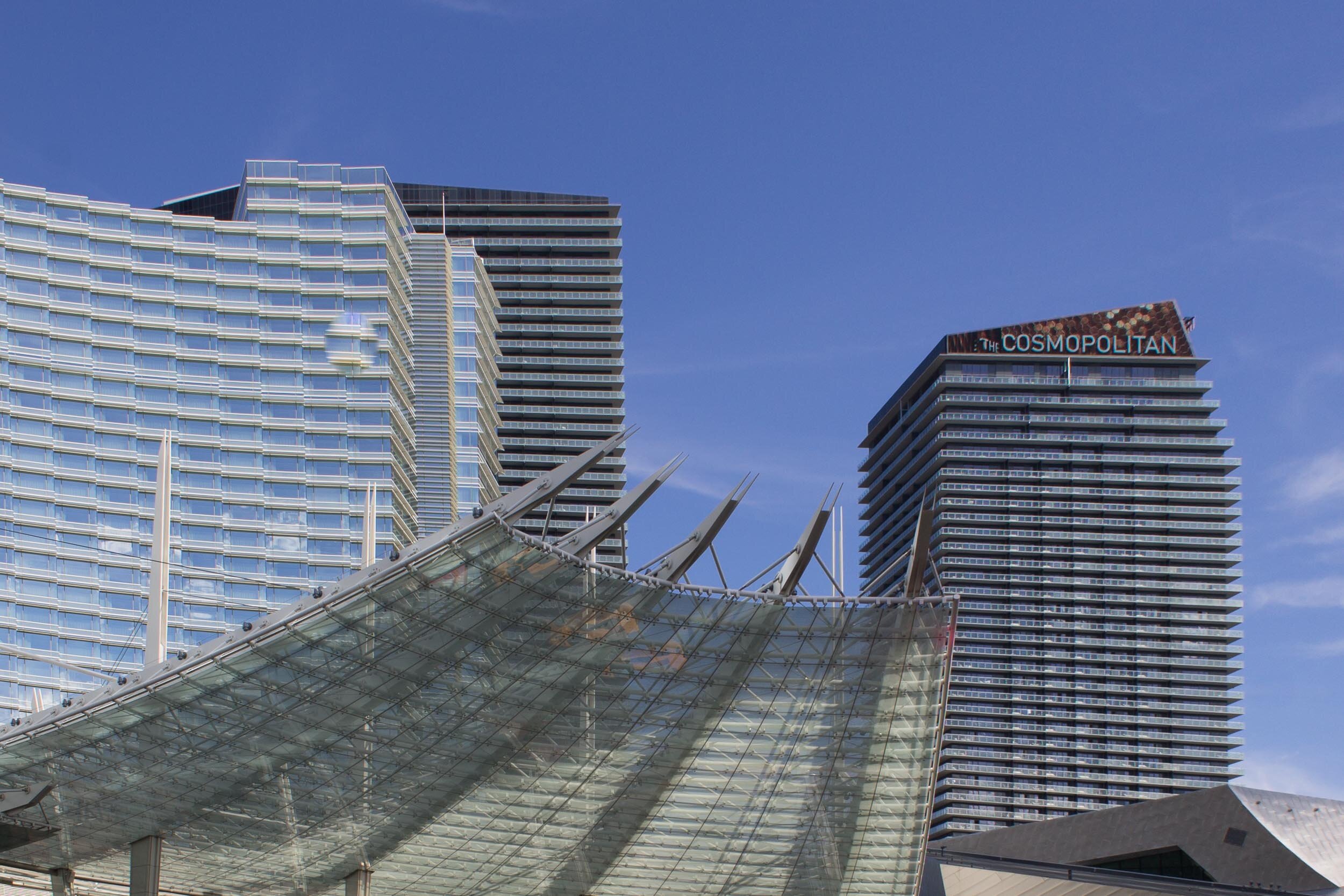
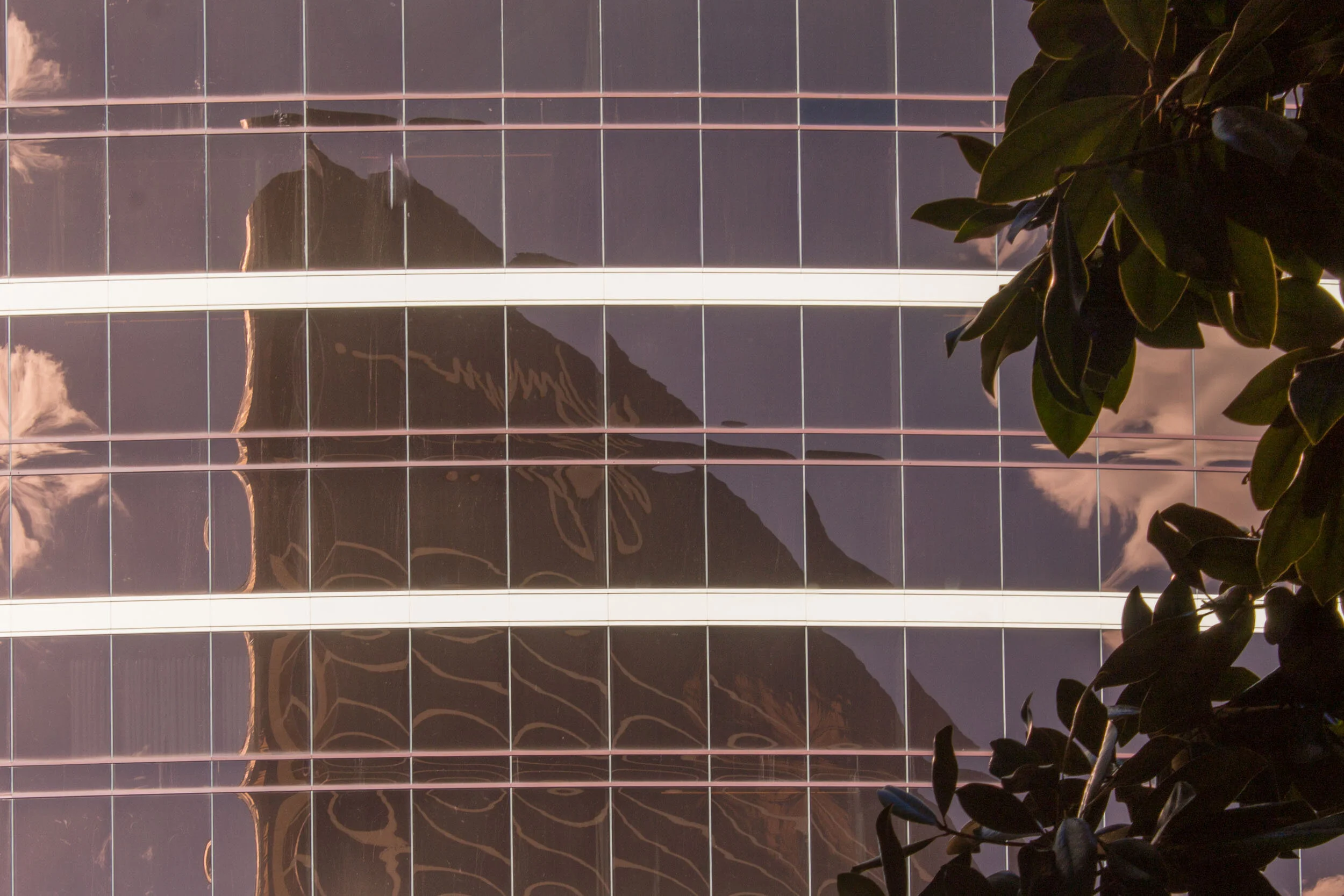
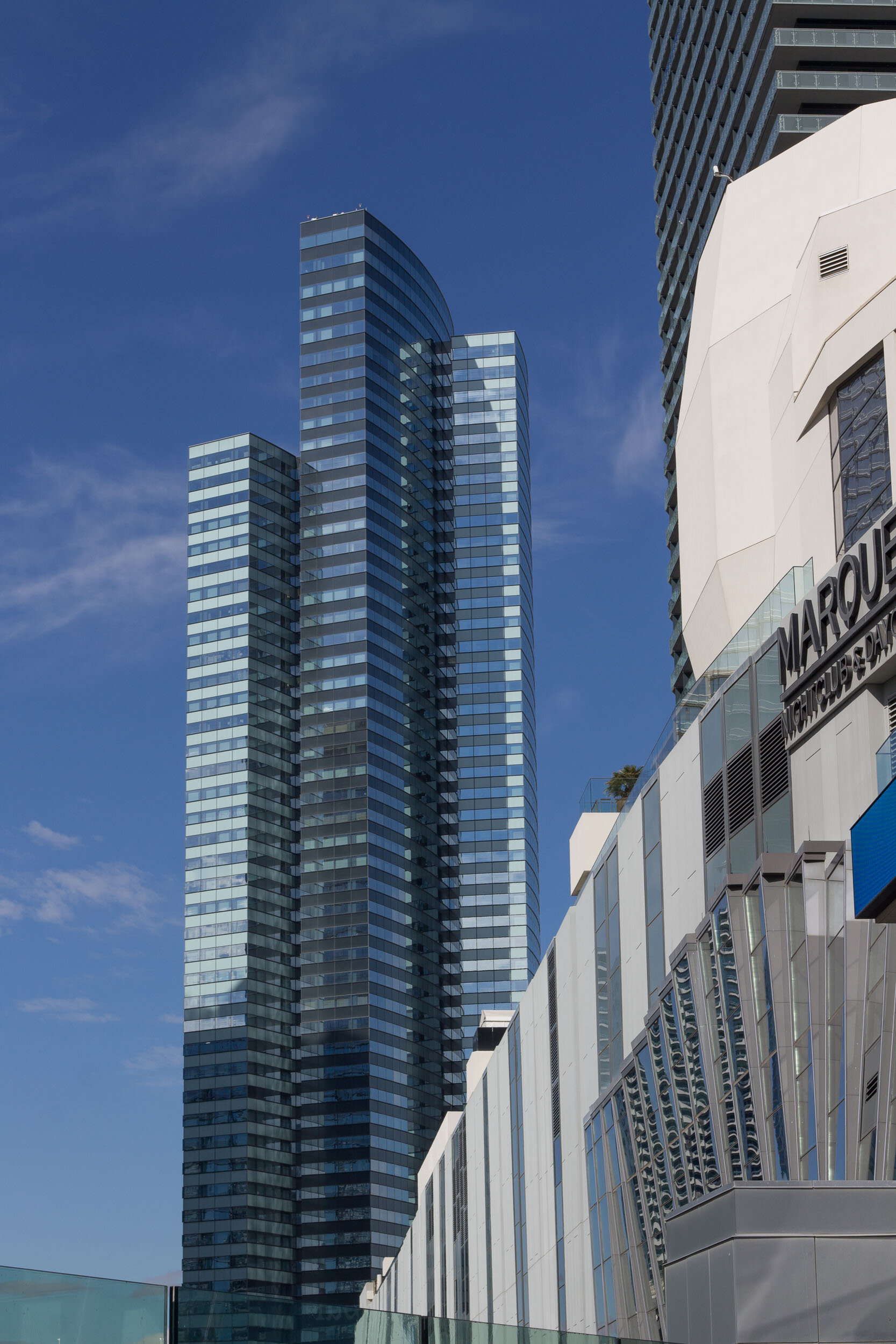
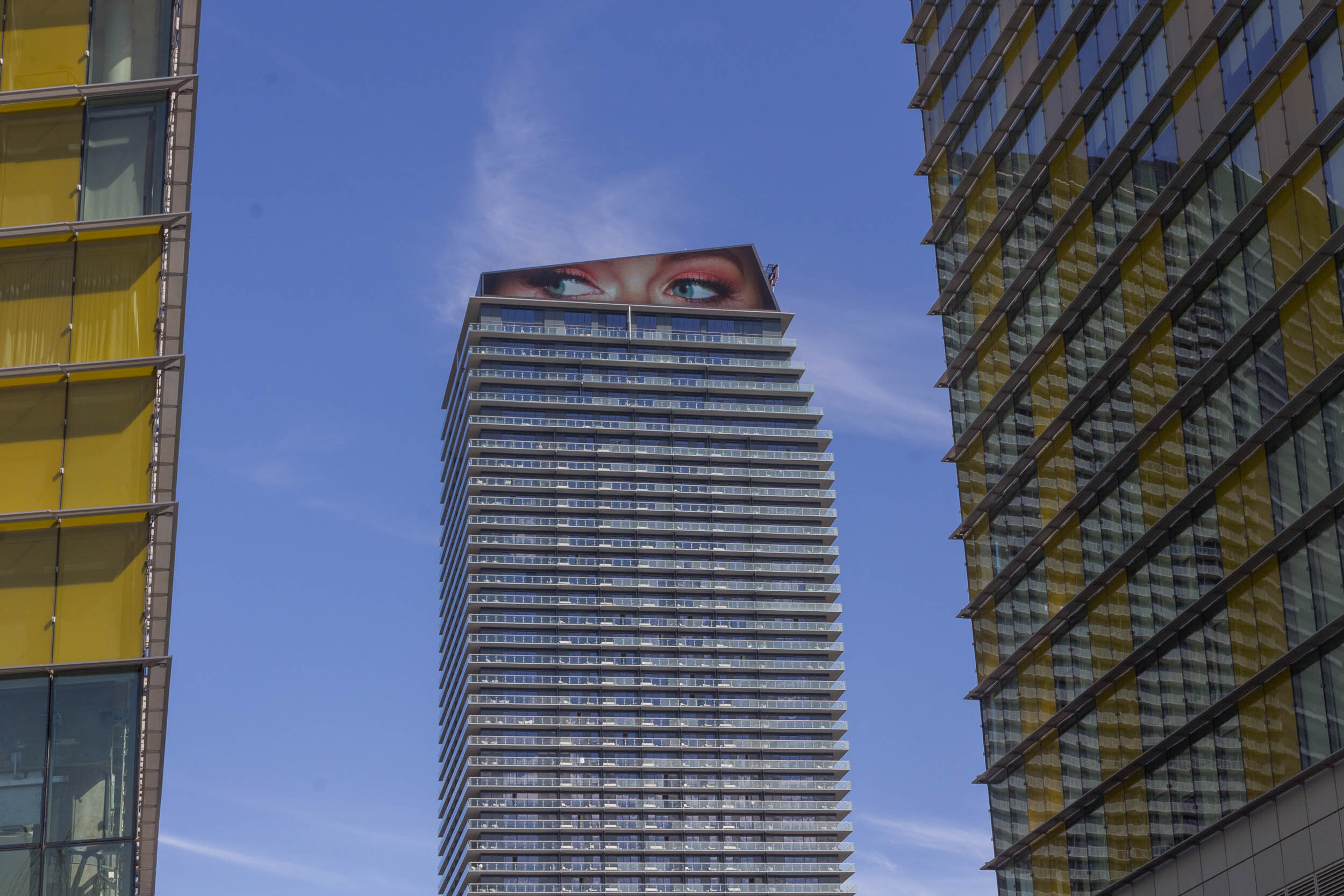
Every city is evolving, but on the Las Vegas strip this process is evident especially acutely. The themed hotel-casinos, like the enormous and grand Caesar’s Palace or particularly grotesque Excalibur, seem to be falling out of style, and the new trend are the sleek, glassy edifices like Aria, Wynn and Encore. The main features of these new casinos are the glass-clad exteriors, while the interiors feel especially airy, spacious and light-filled. The latter part was especially important for me, as I did have a strange feeling after spending time in the older casinos, where the only daylight is the painted sky on the ceiling. Of course, the gambling rooms are still dimly lit even in the newer casinos, but they tend to have higher cielings and feel less crowded and you can walk out to the windows, and in some cases even sit down!
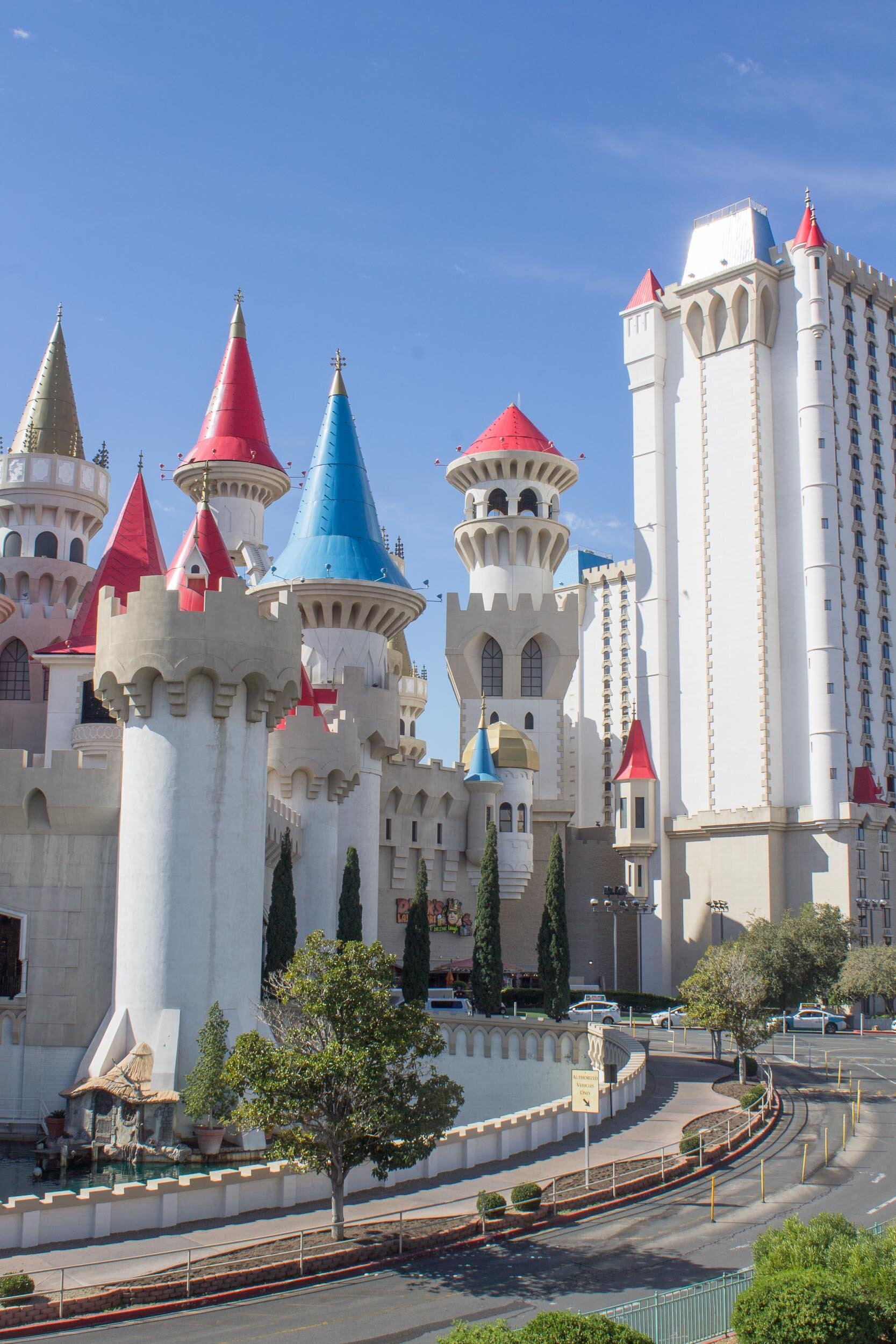
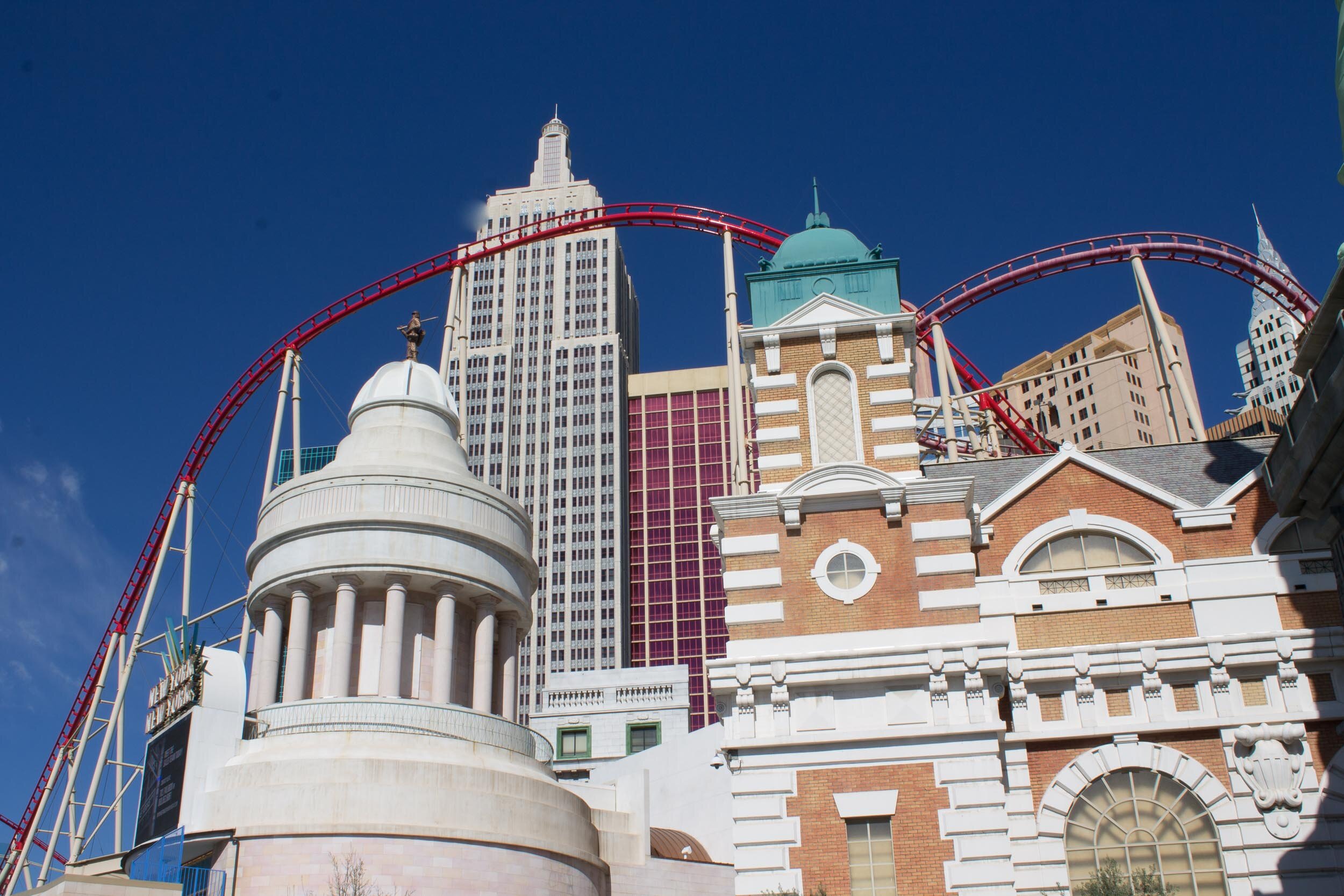

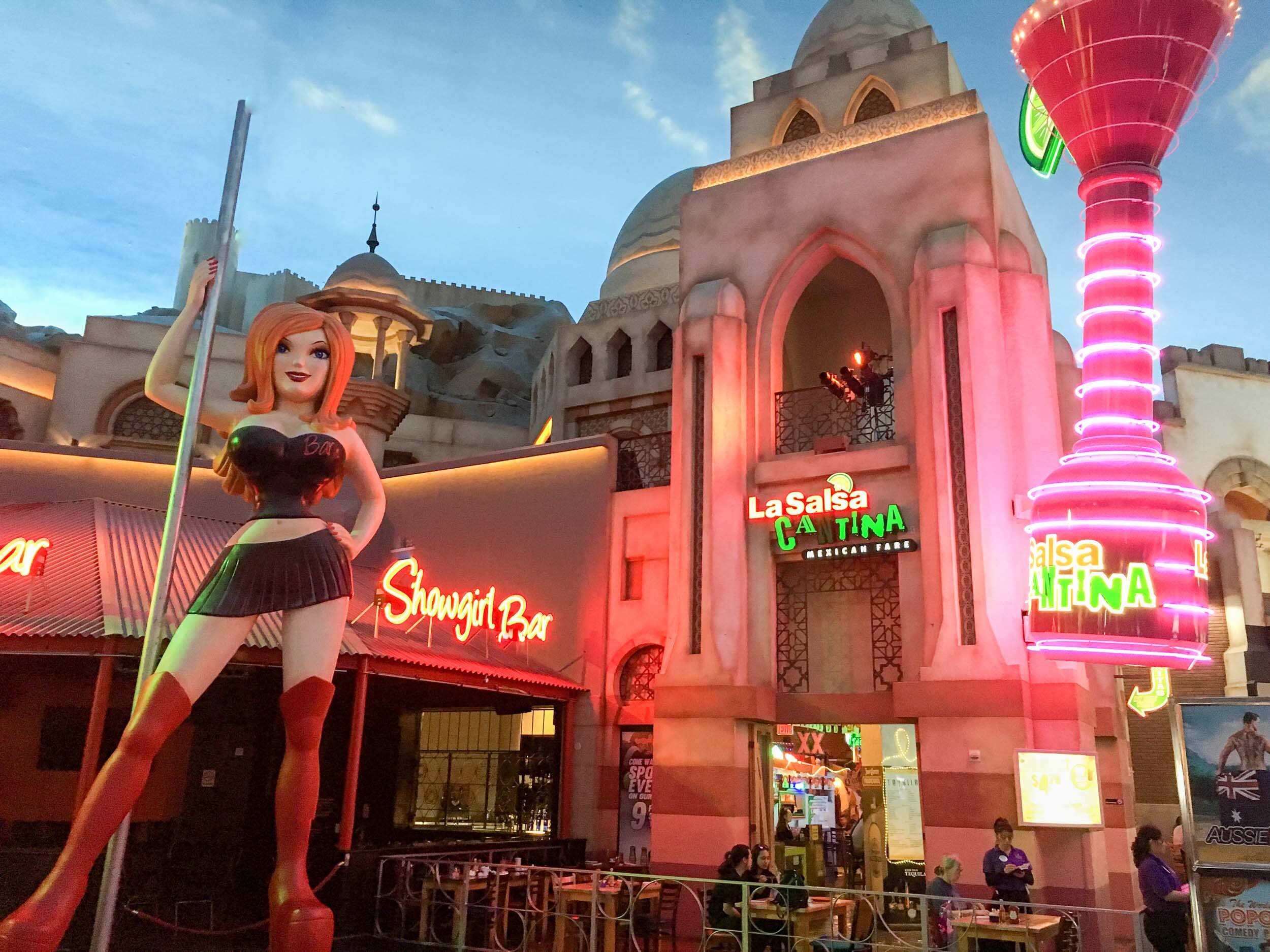
Since these newer casinos lack obvious themes, their star attractions become the design itself and tastefully incorporated art works, like the famous Chihuly ceiling at Bellagio or Shards of Color by James Turrell, where you can even get inside the artwork itself.
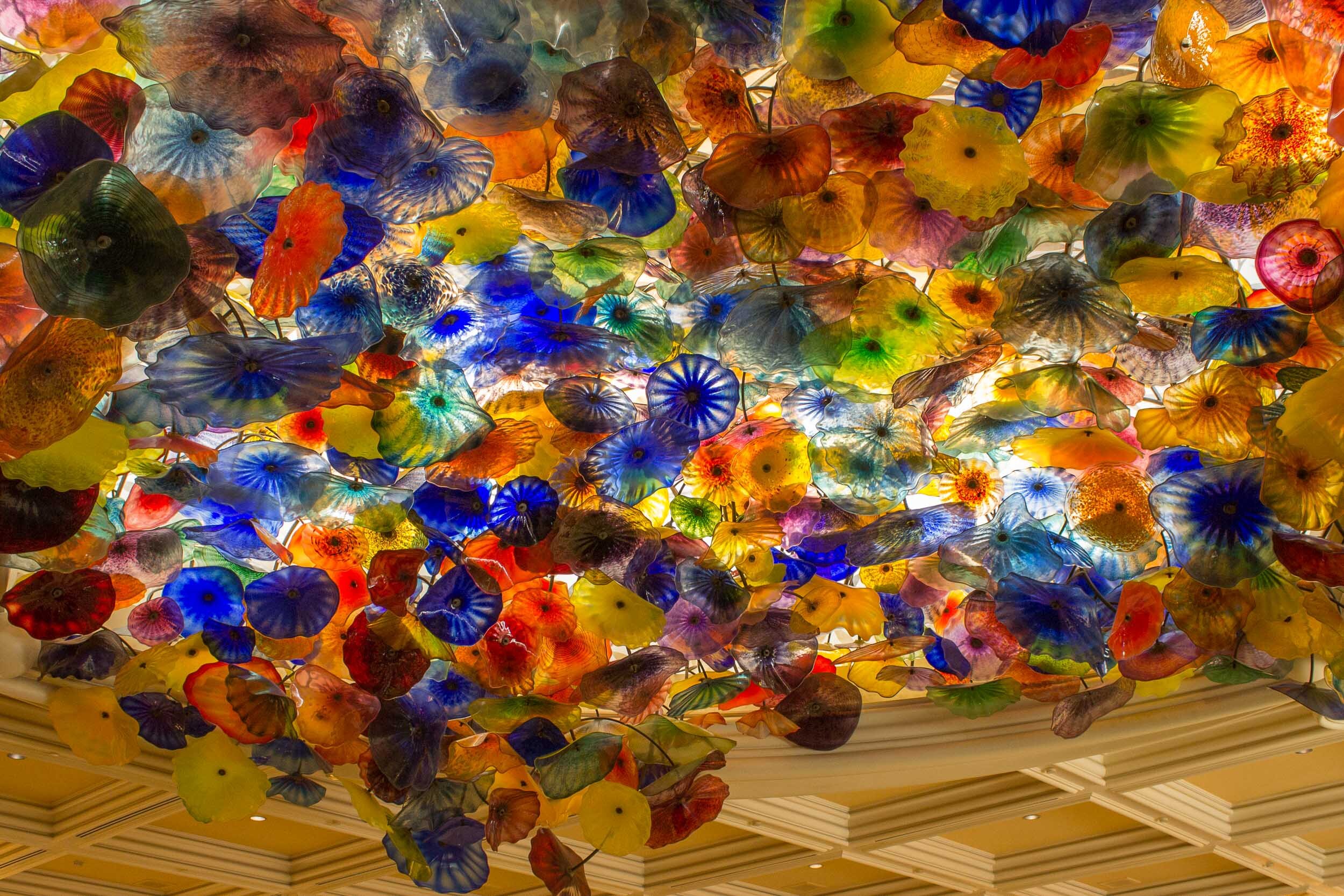

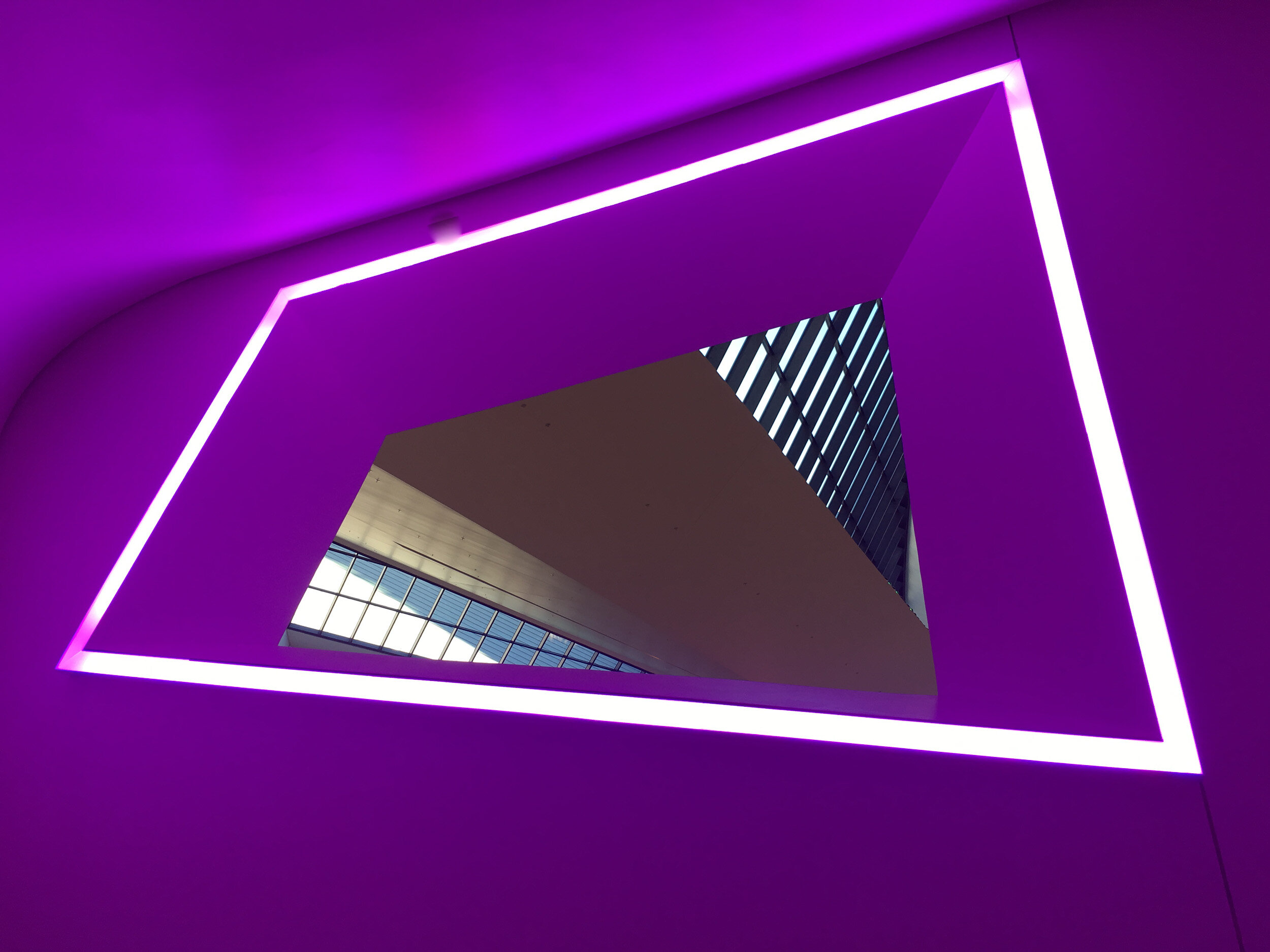
These new hotels and casinos are creating the much needed public spaces on the Strip, where once can escape the oppressive heat and unbearable crowds on the sidewalks outside and the numbing madness of the gambling rooms inside, and I hope this trend will spill out from the buildings onto the Strip itself. Maybe one day the Strip will be closed to traffic, planted with more trees for shade, and have streetcars run in the middle of it to efficiently move people? Interestingly, Las Vegas only needs to look at its past to see the future: Fremont Street has not only been pedestrianized, but has also been covered by an ingenious roof to provide some relief from the sun.
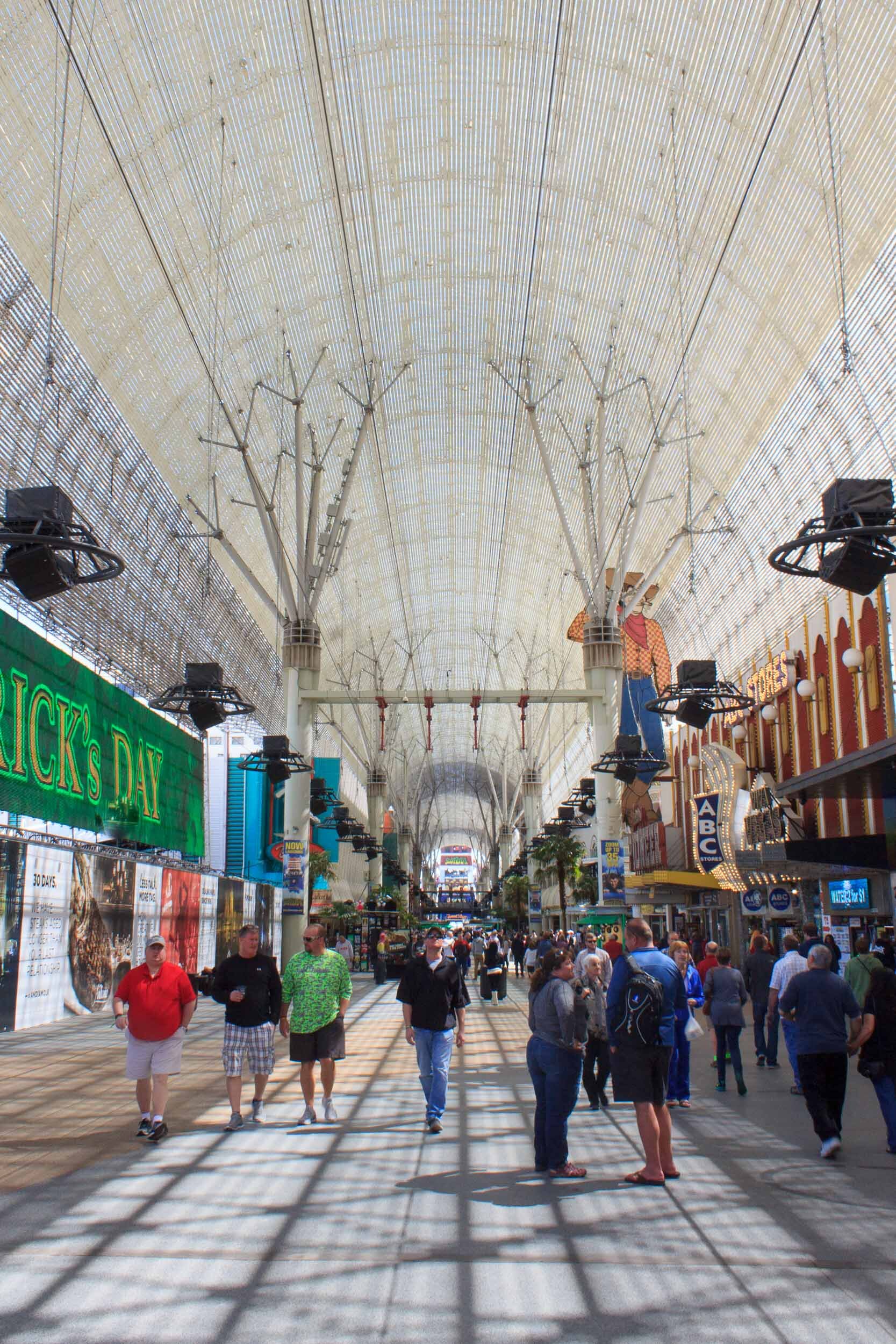
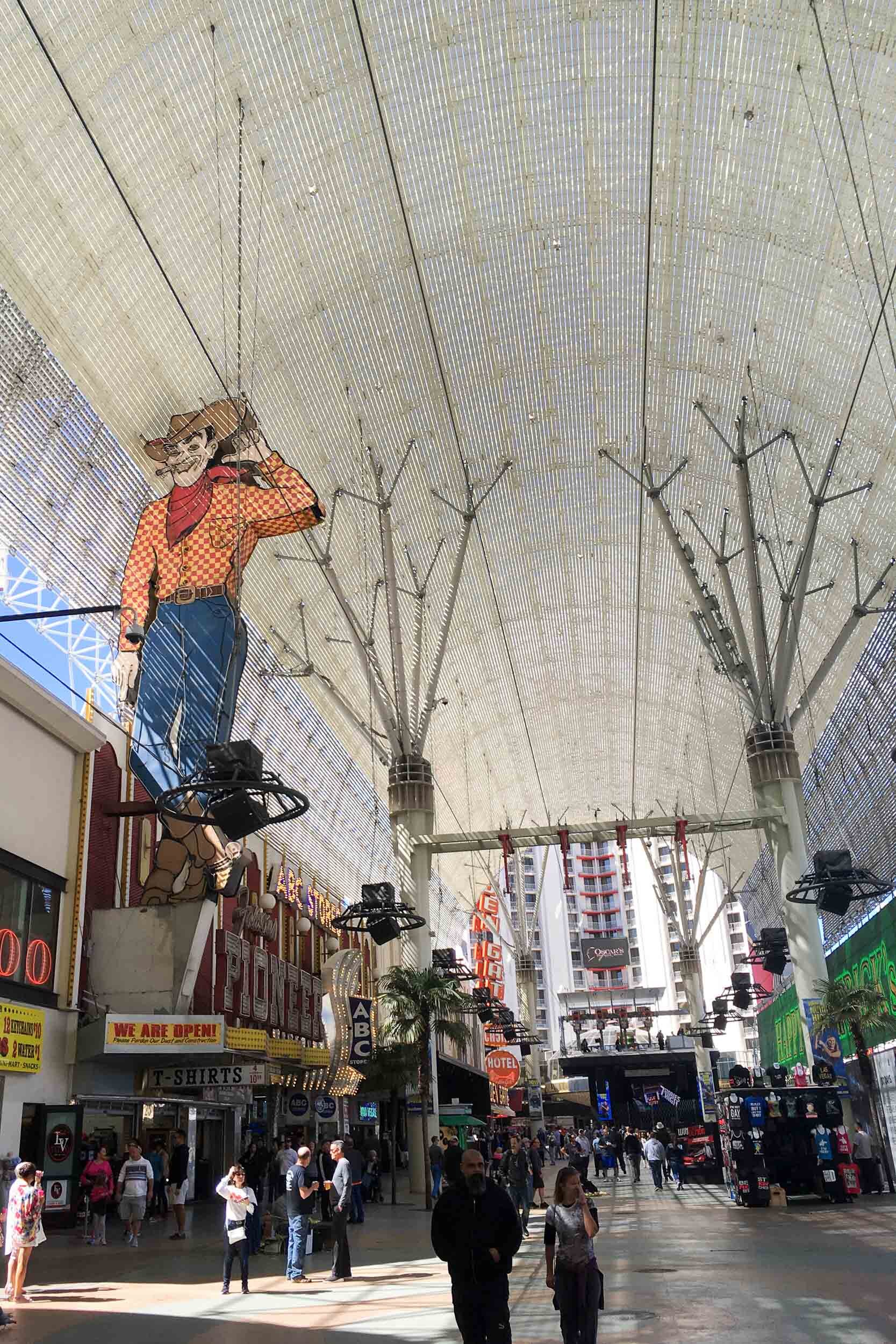
But even looking into the crystal ball, or rather crystal boxes, can tell us only so much about what the city would become. The future will always more exciting than our wildest predictions.

